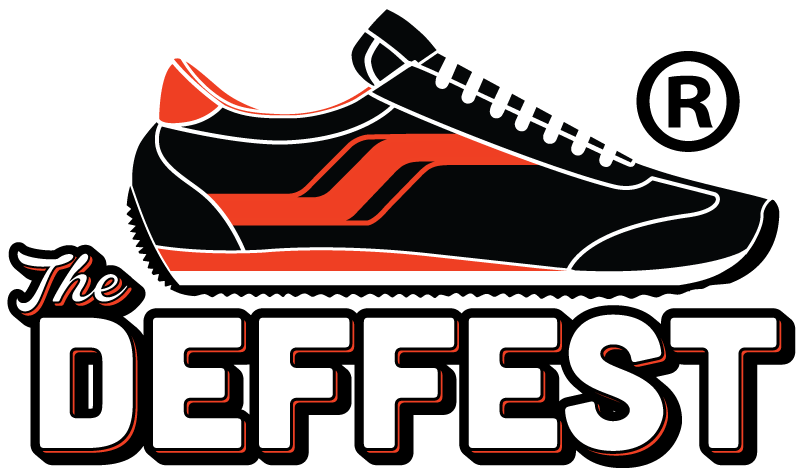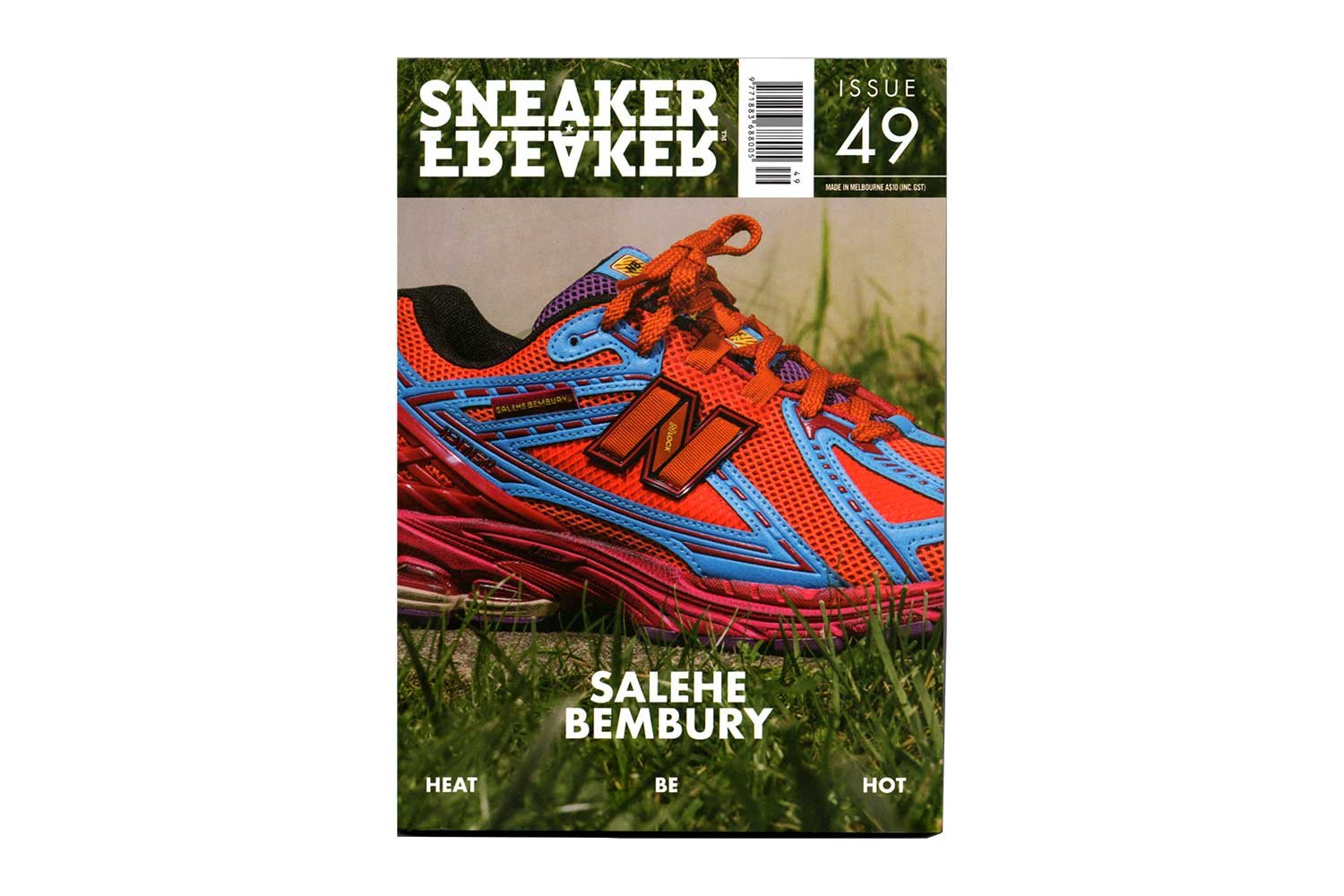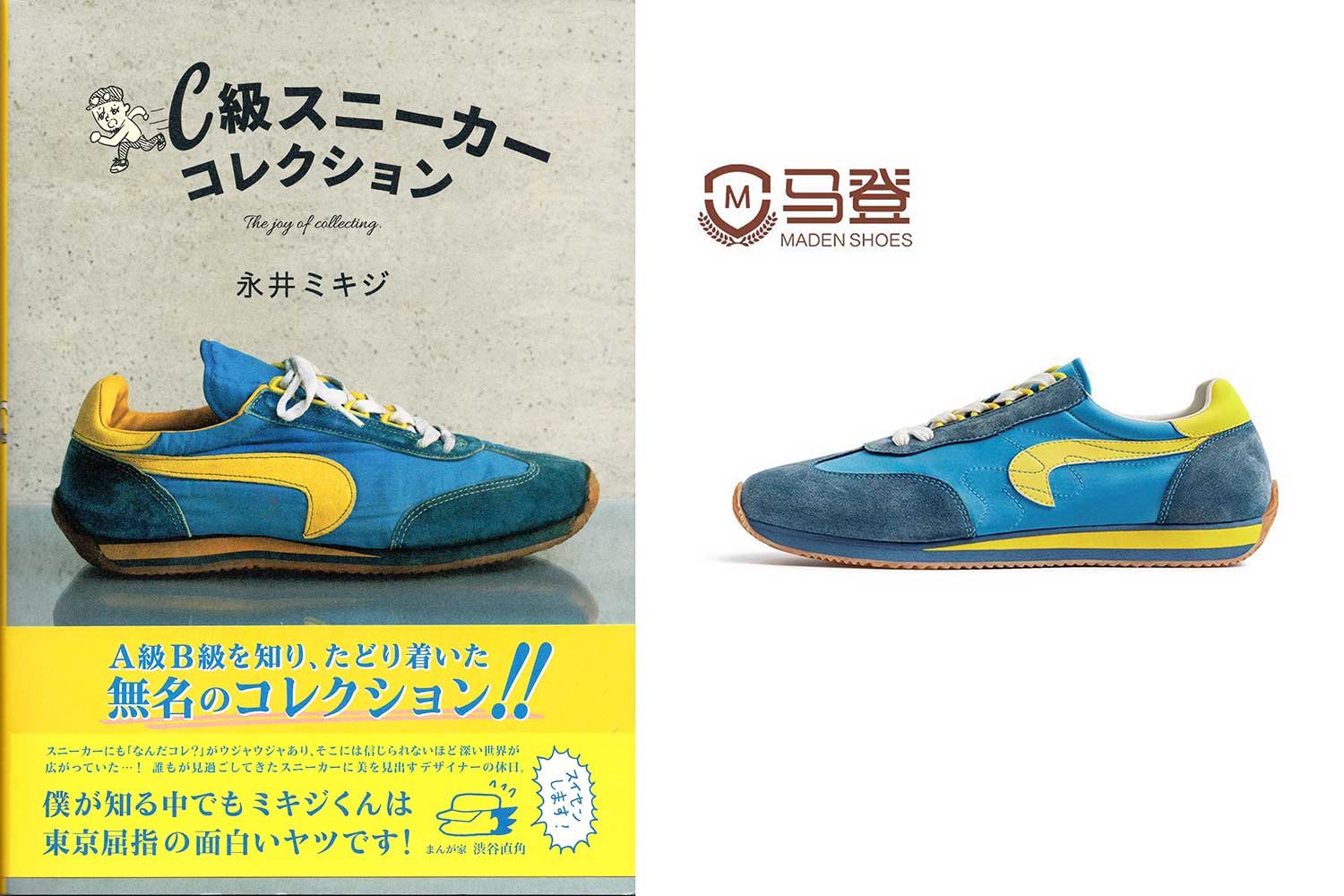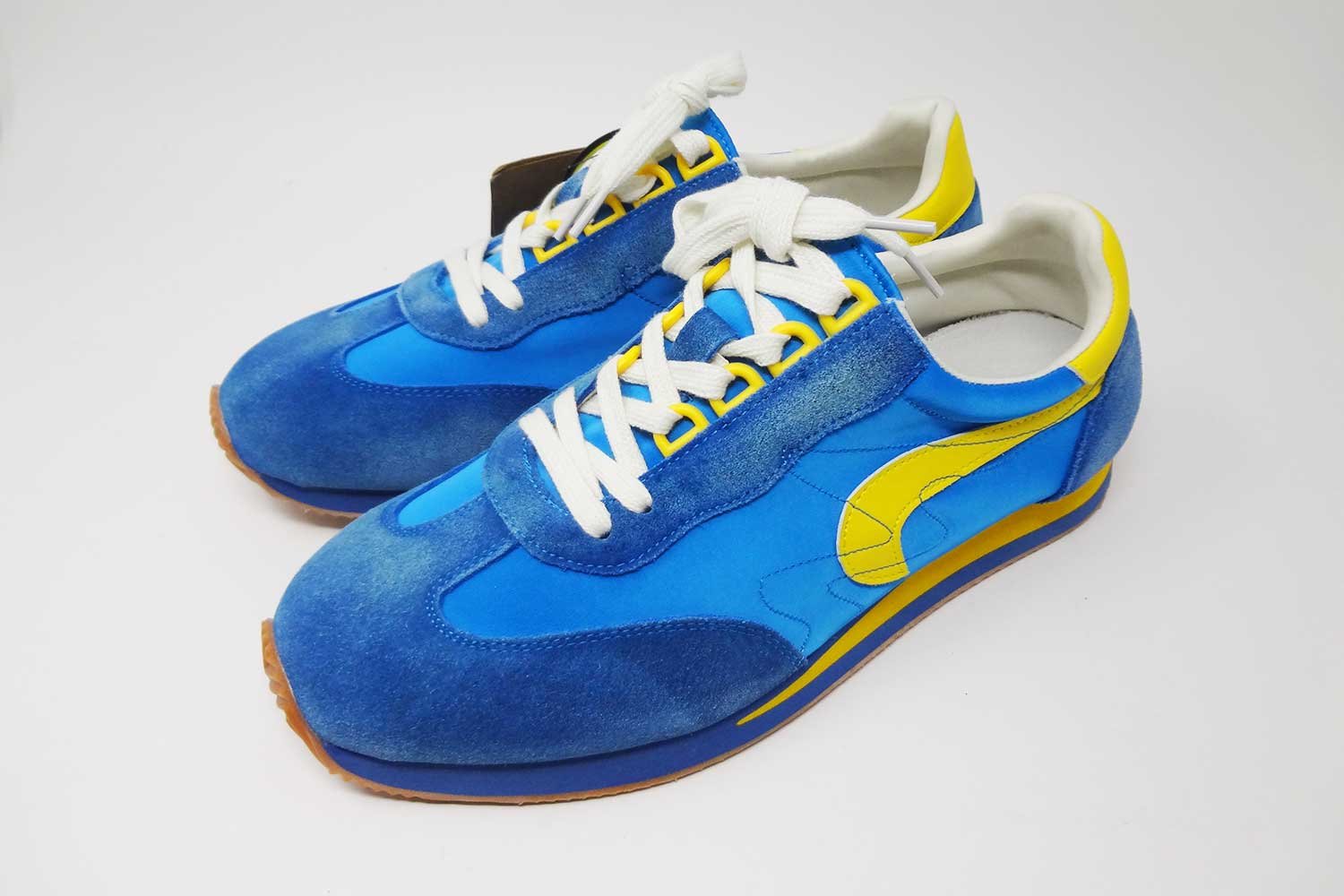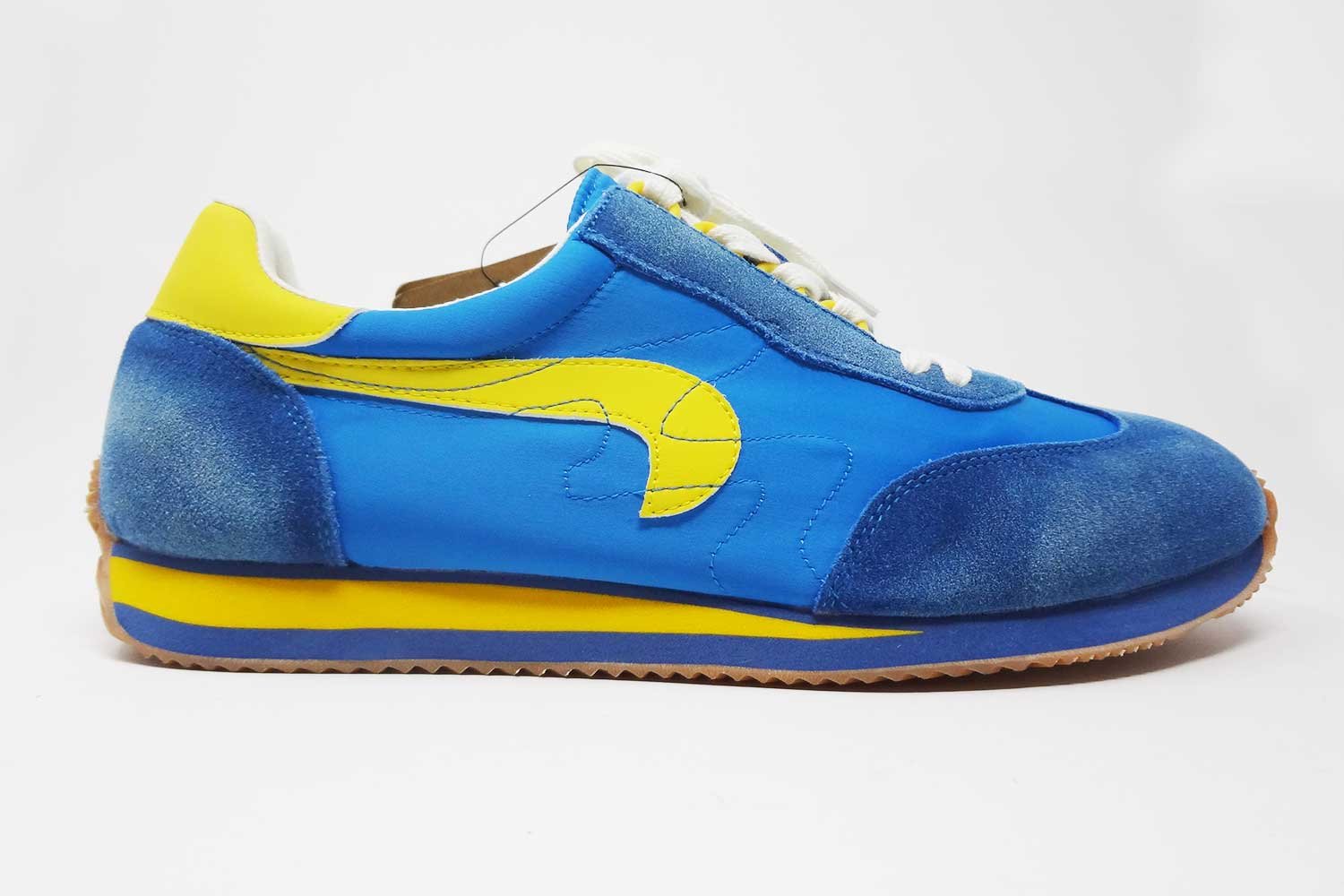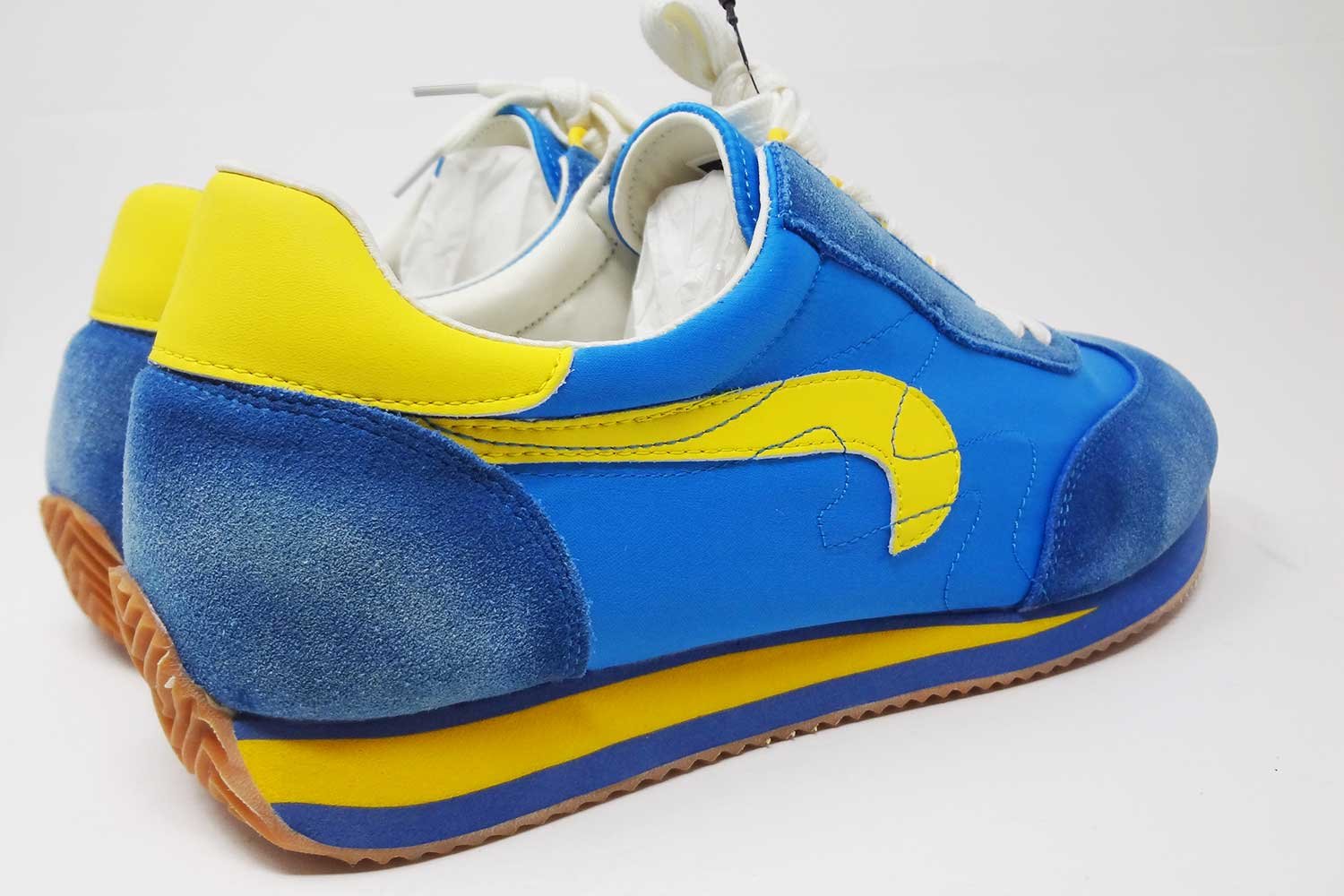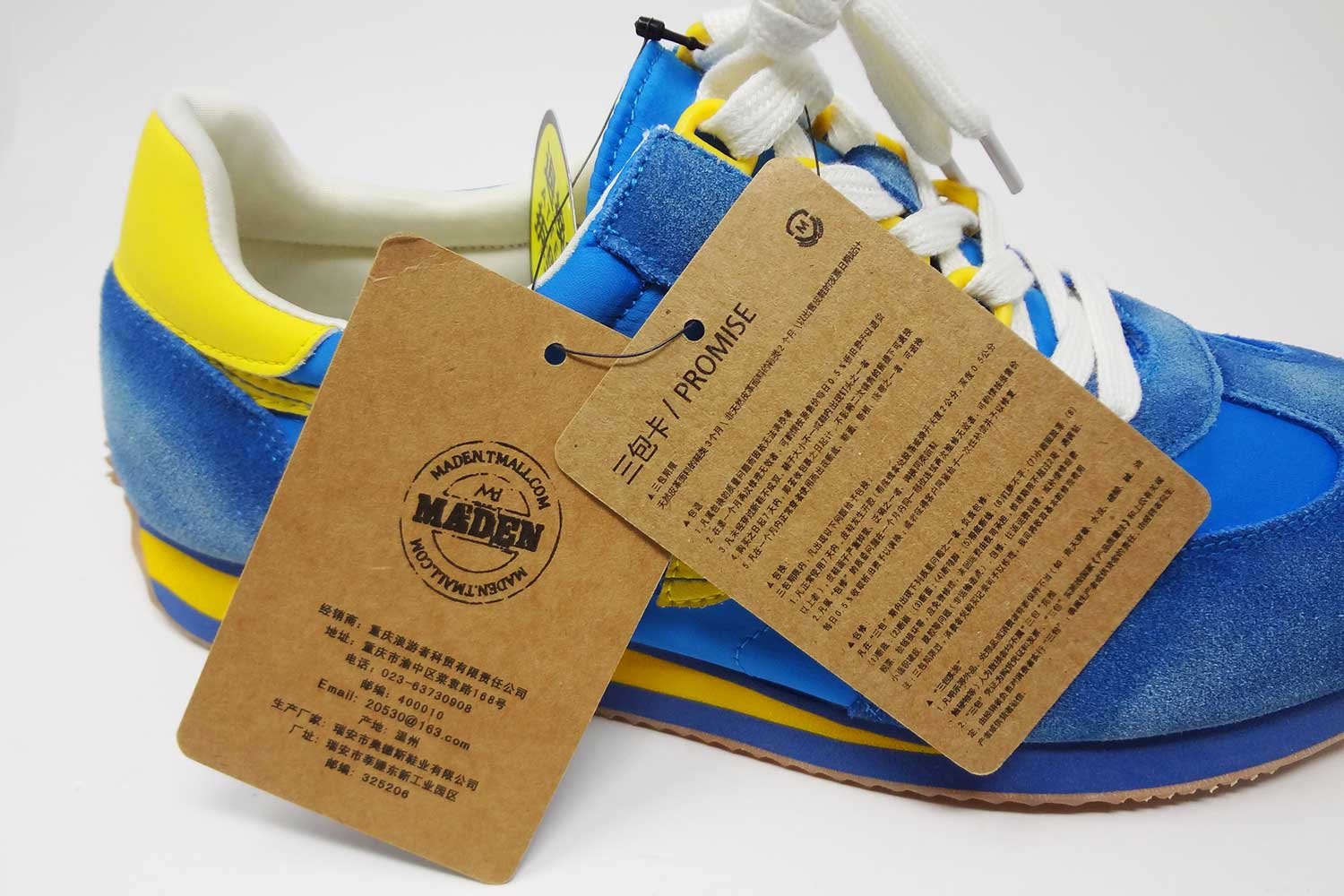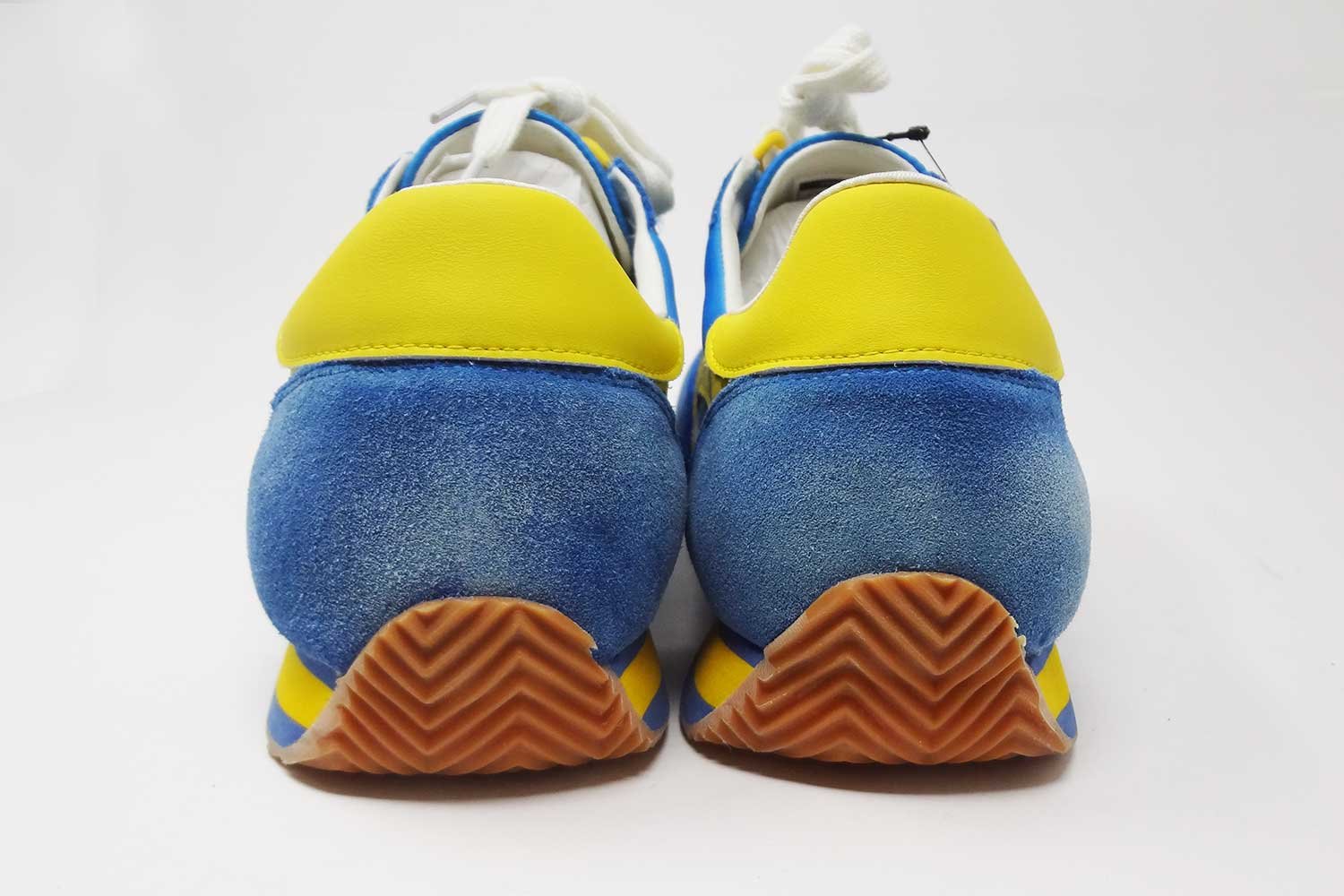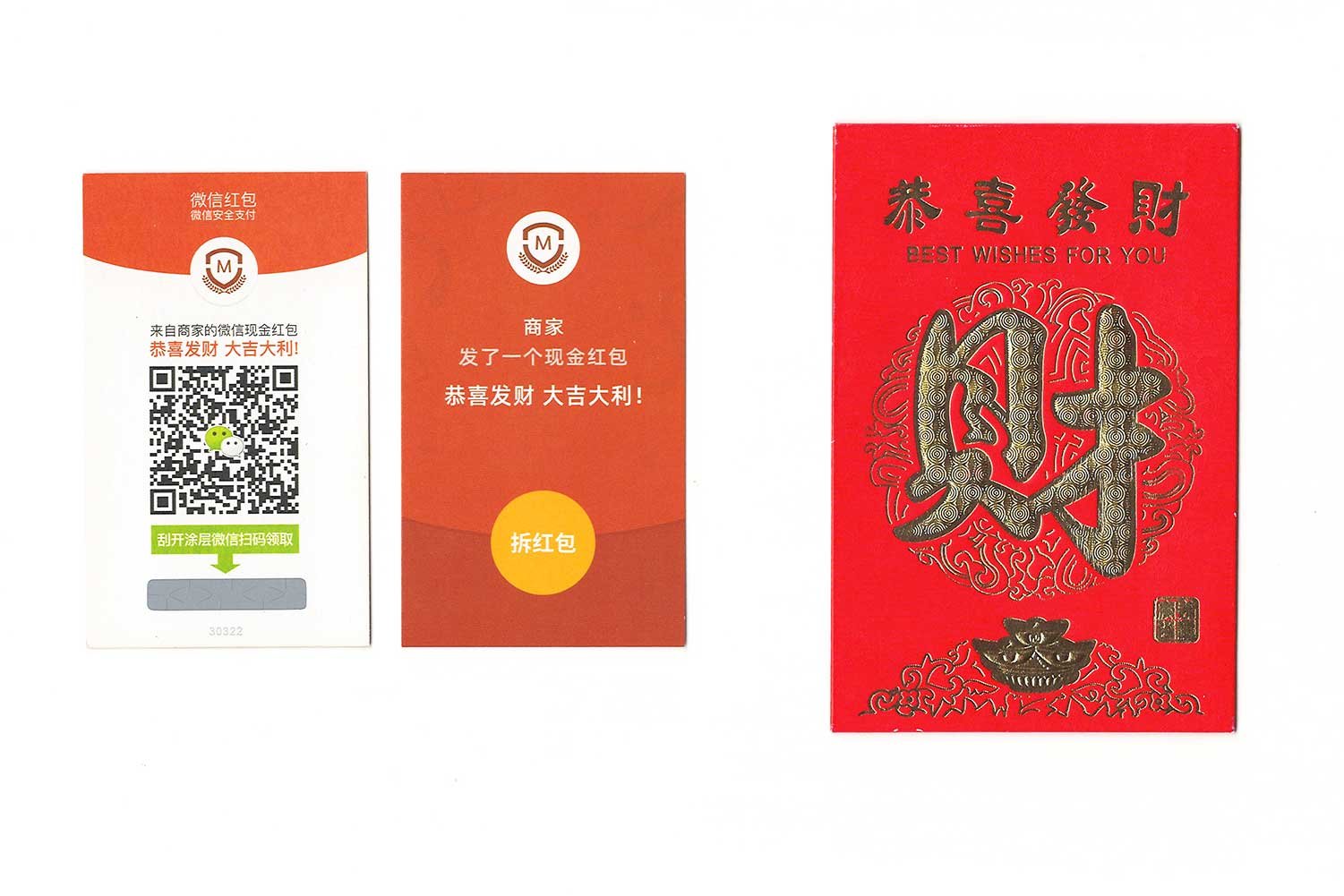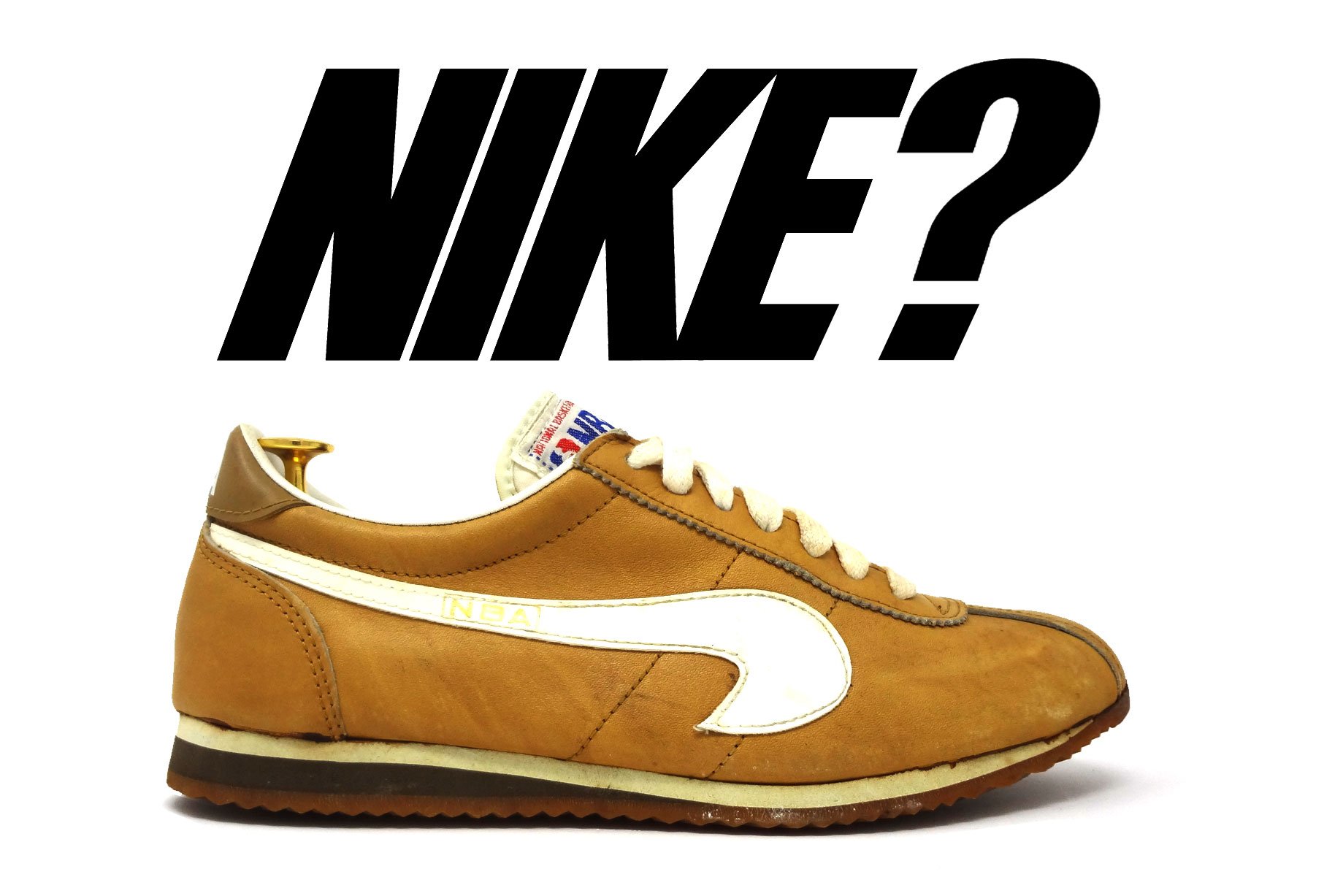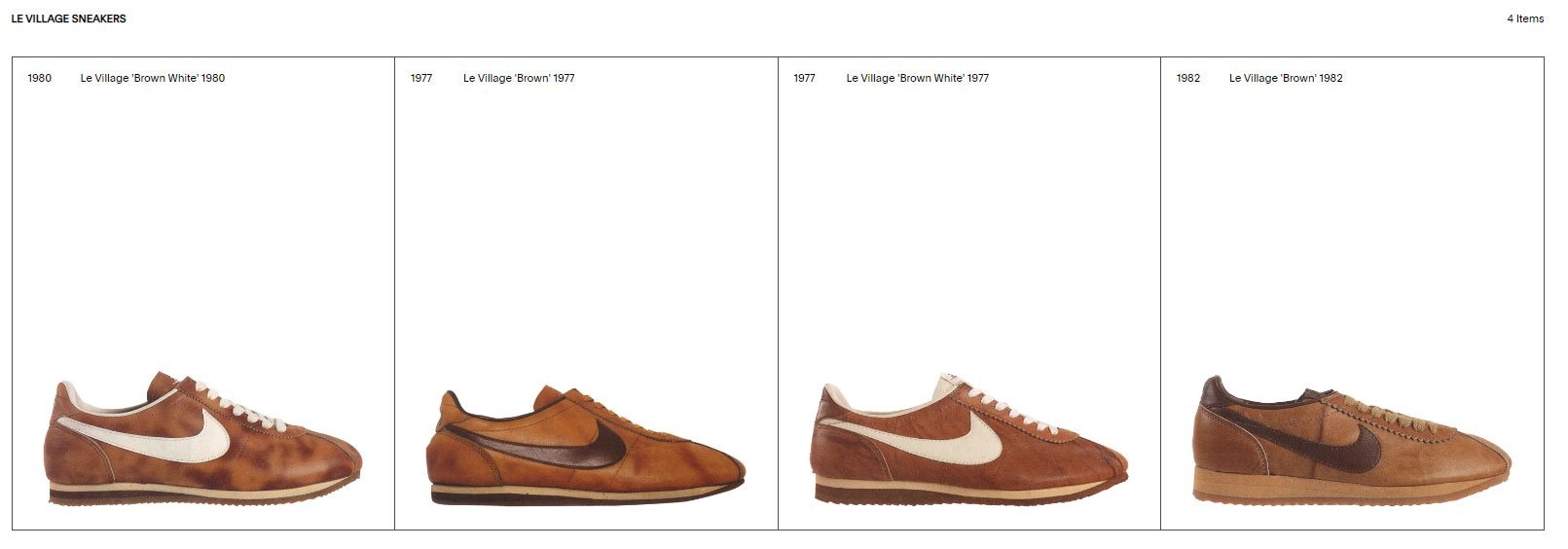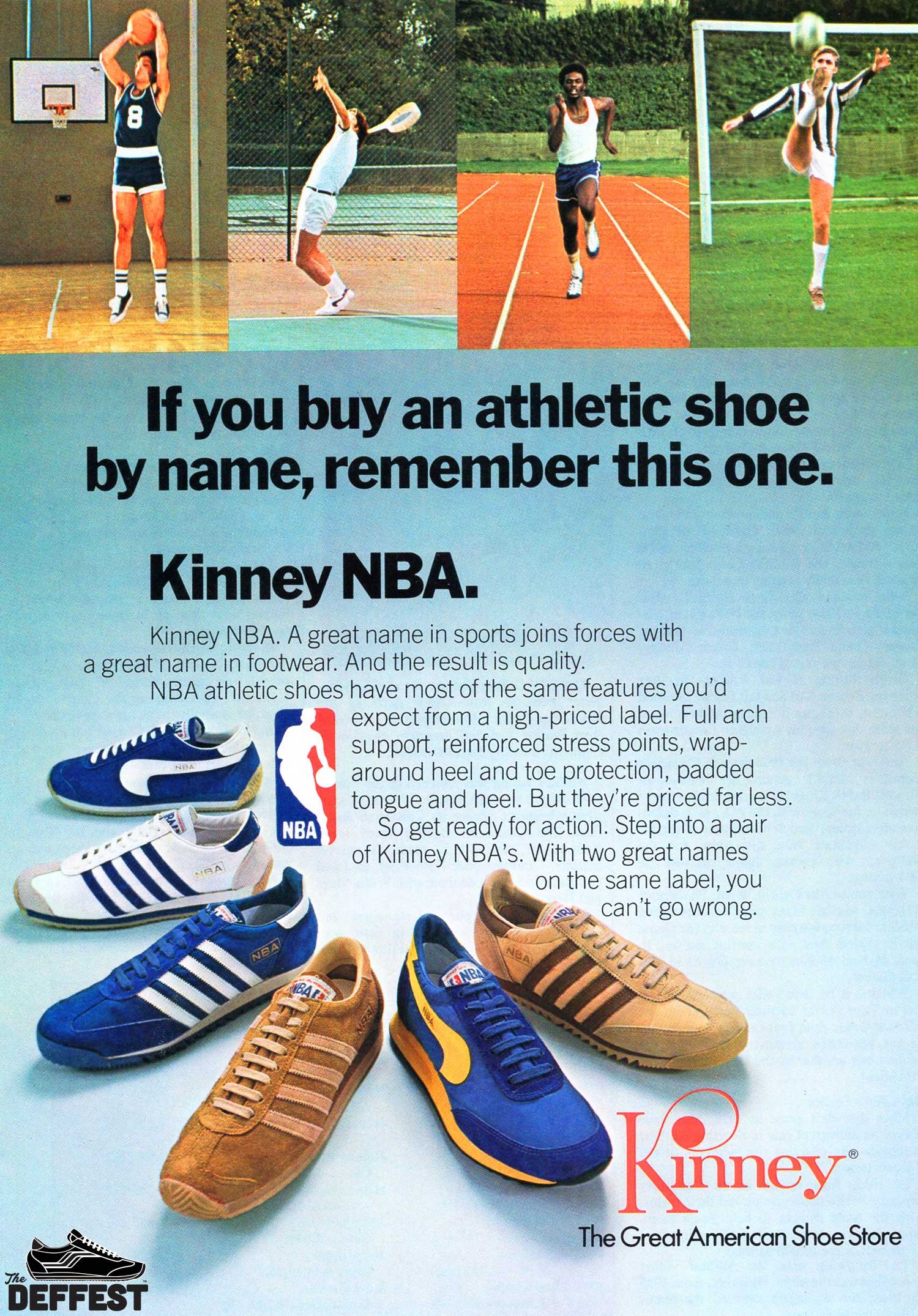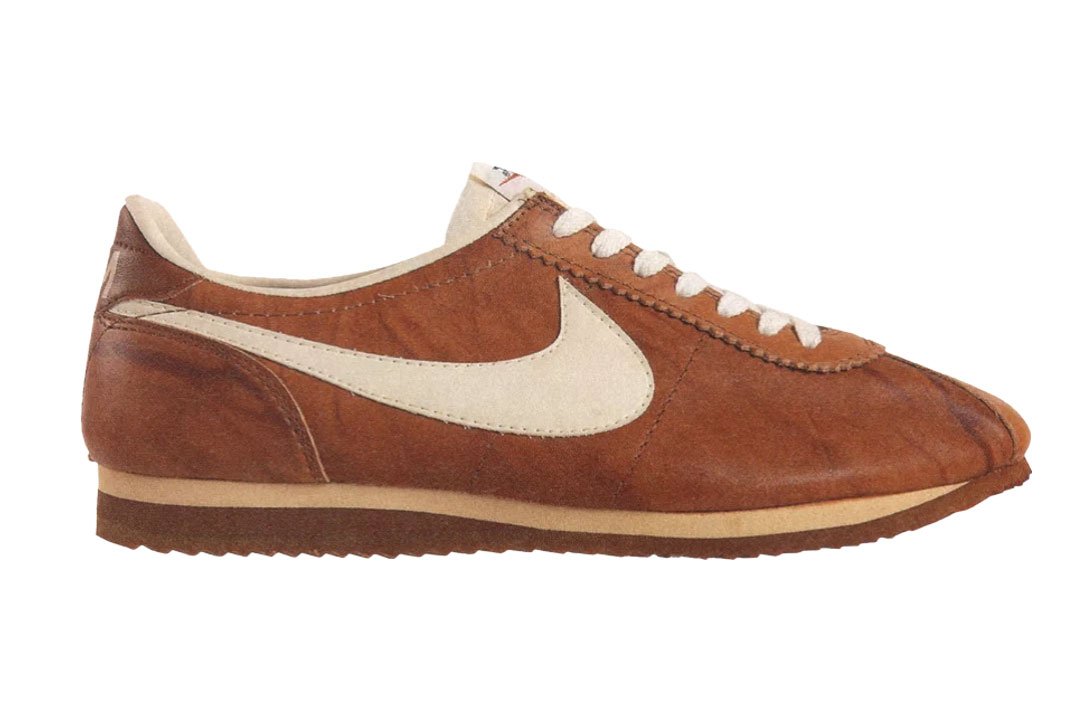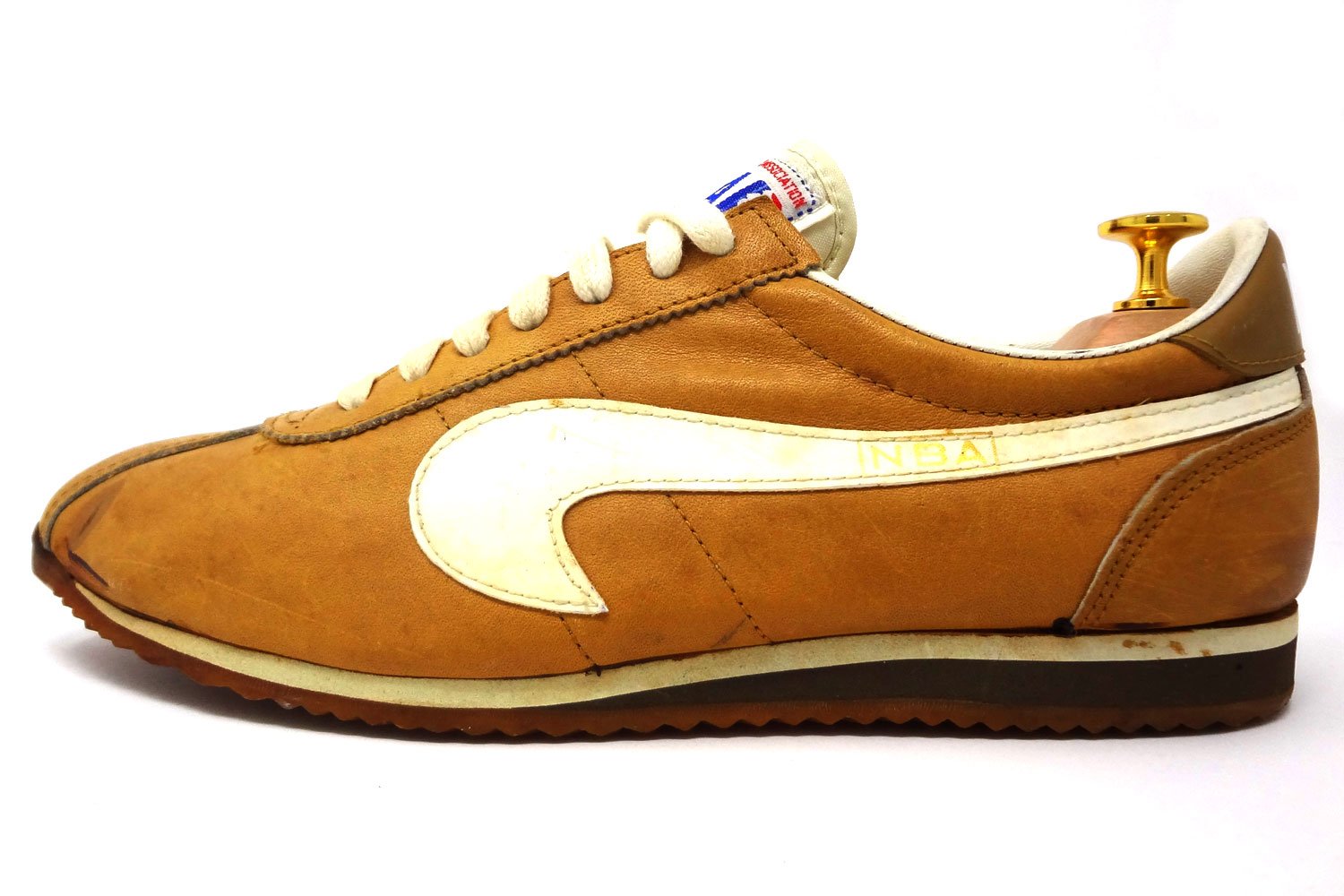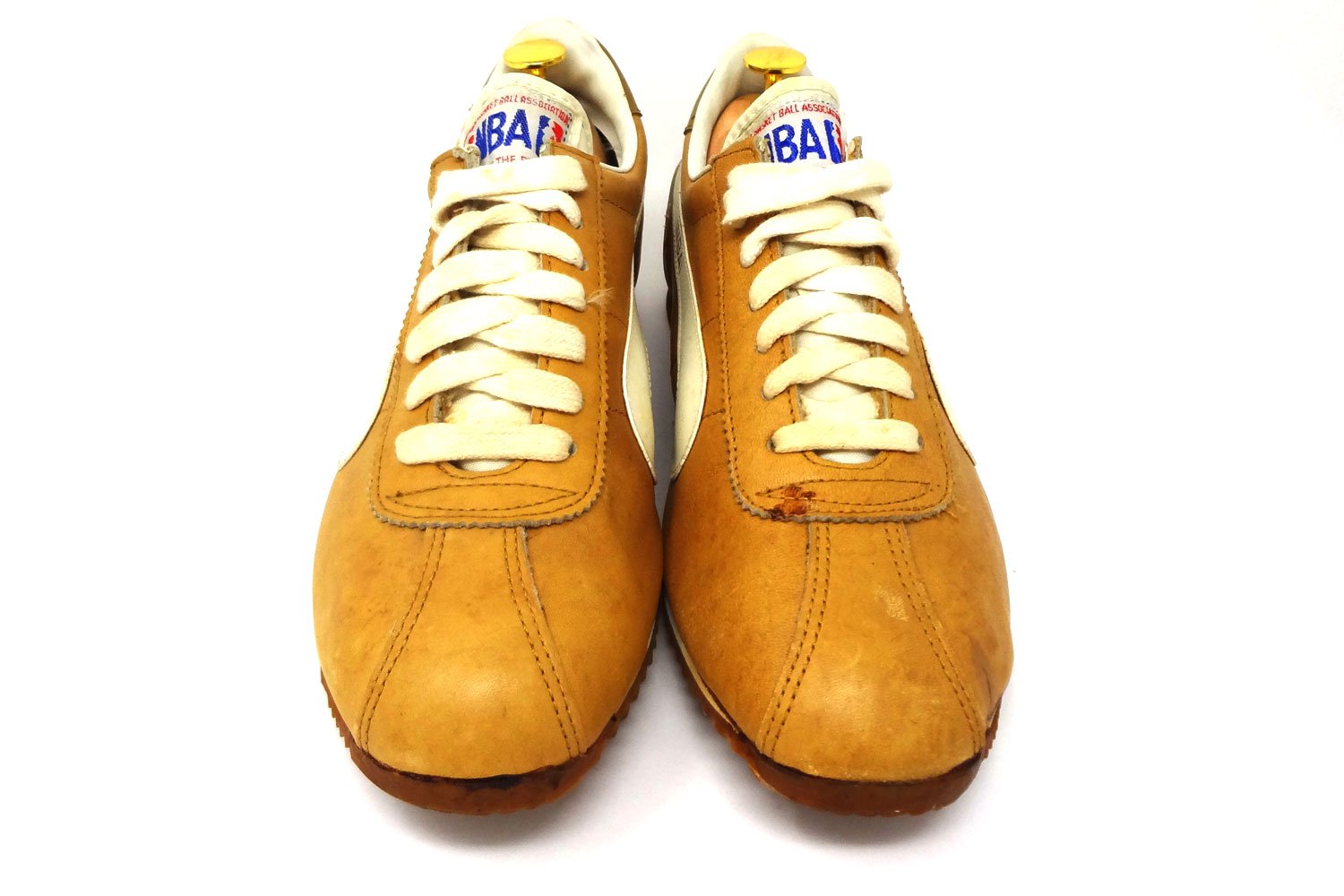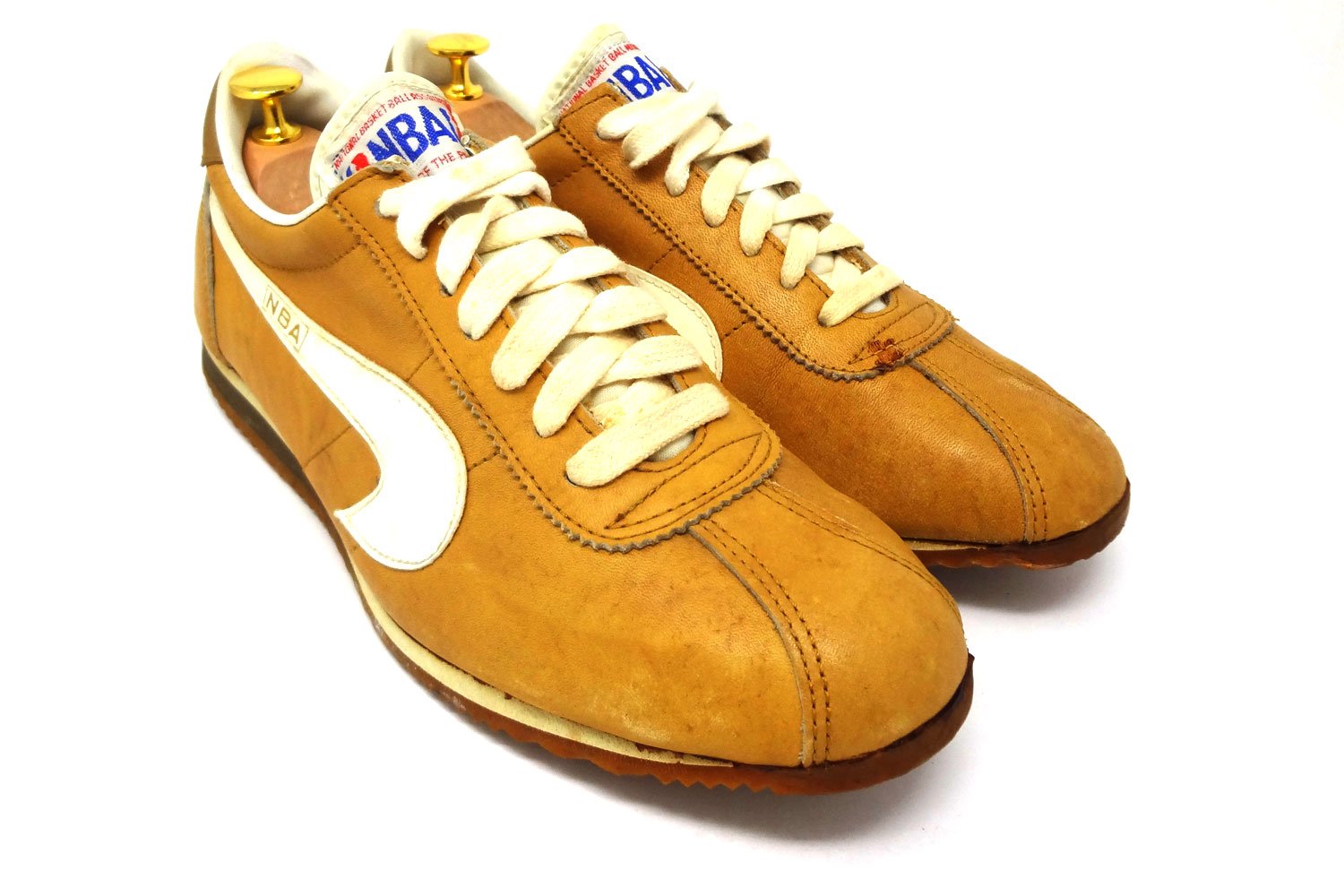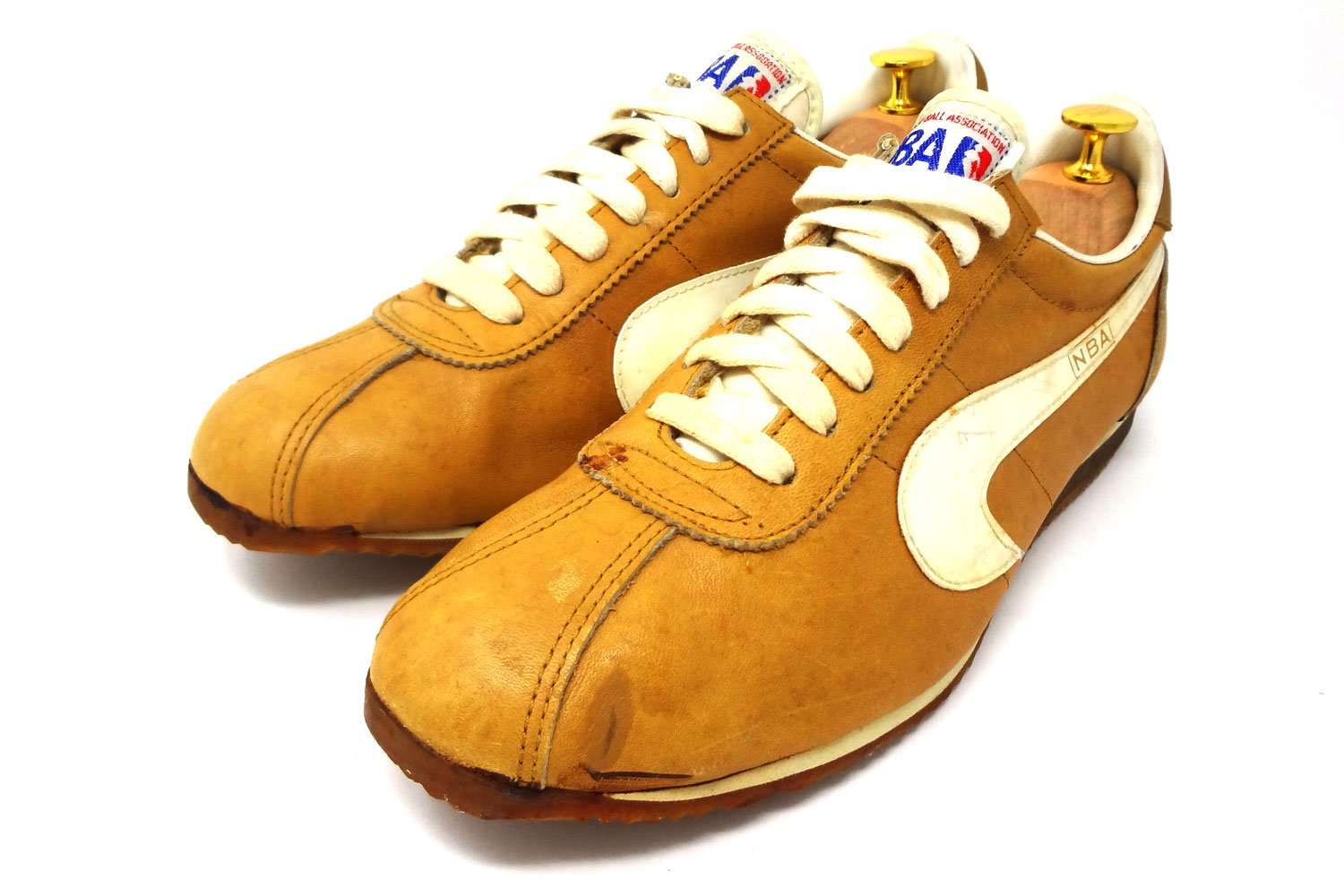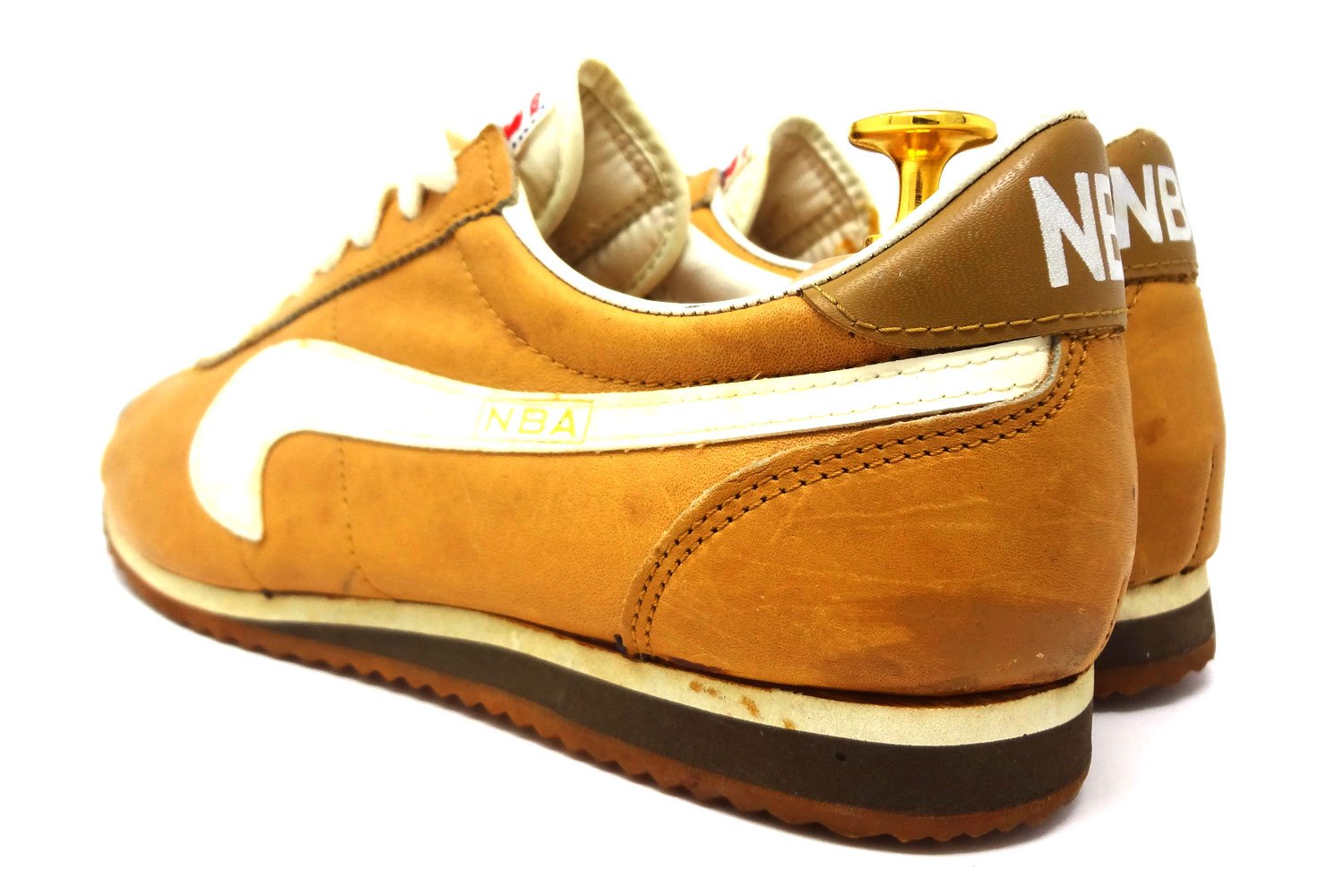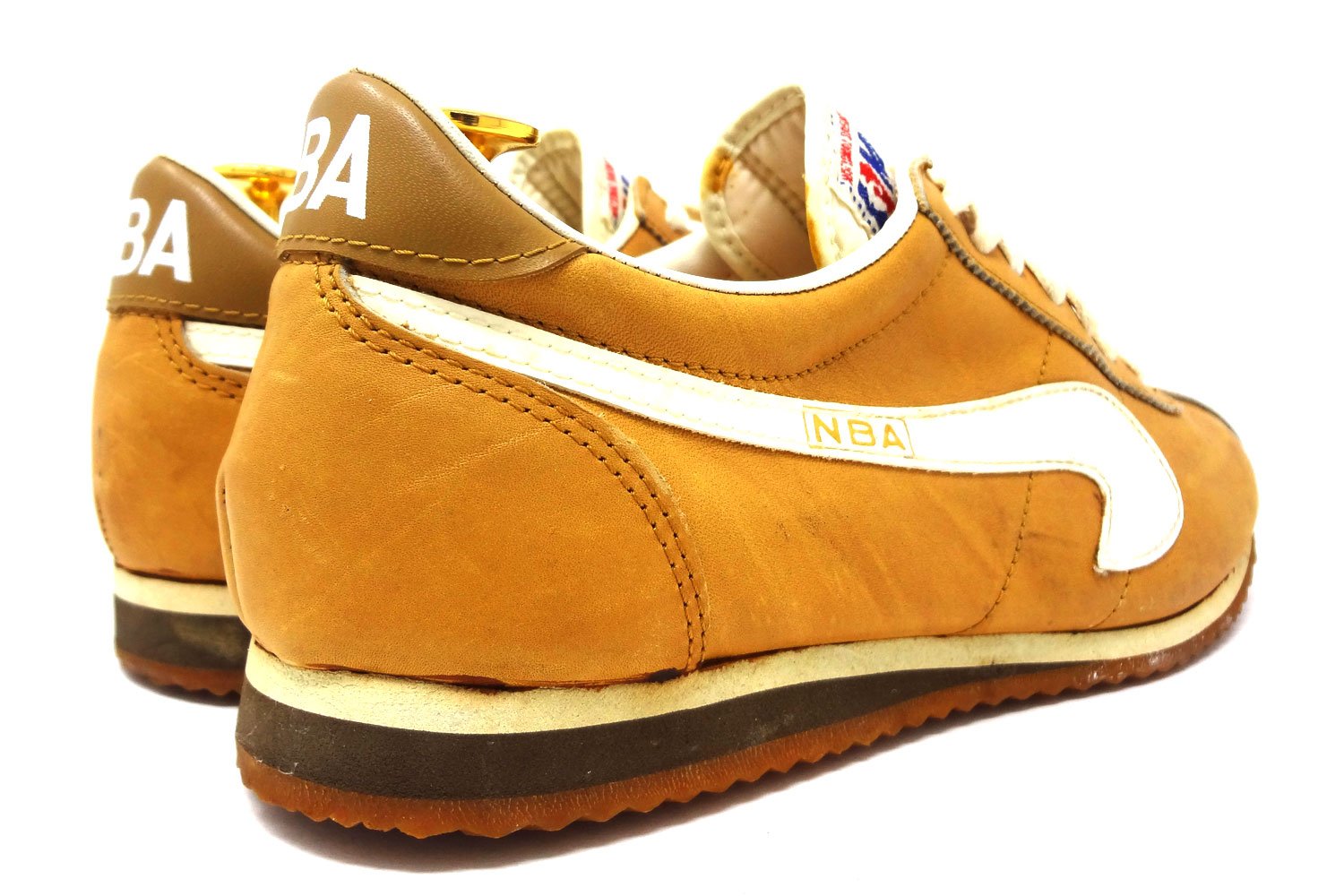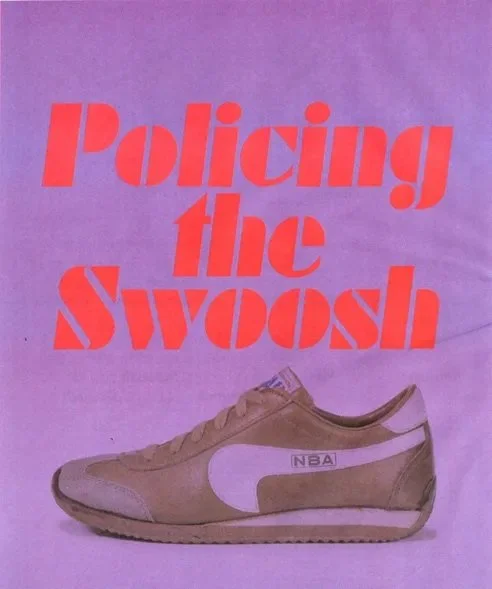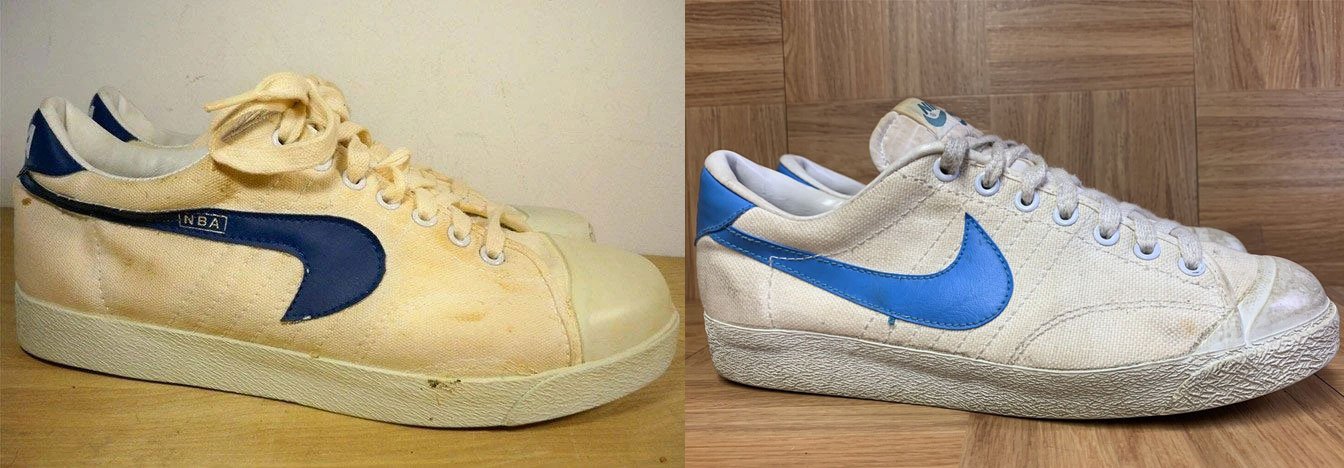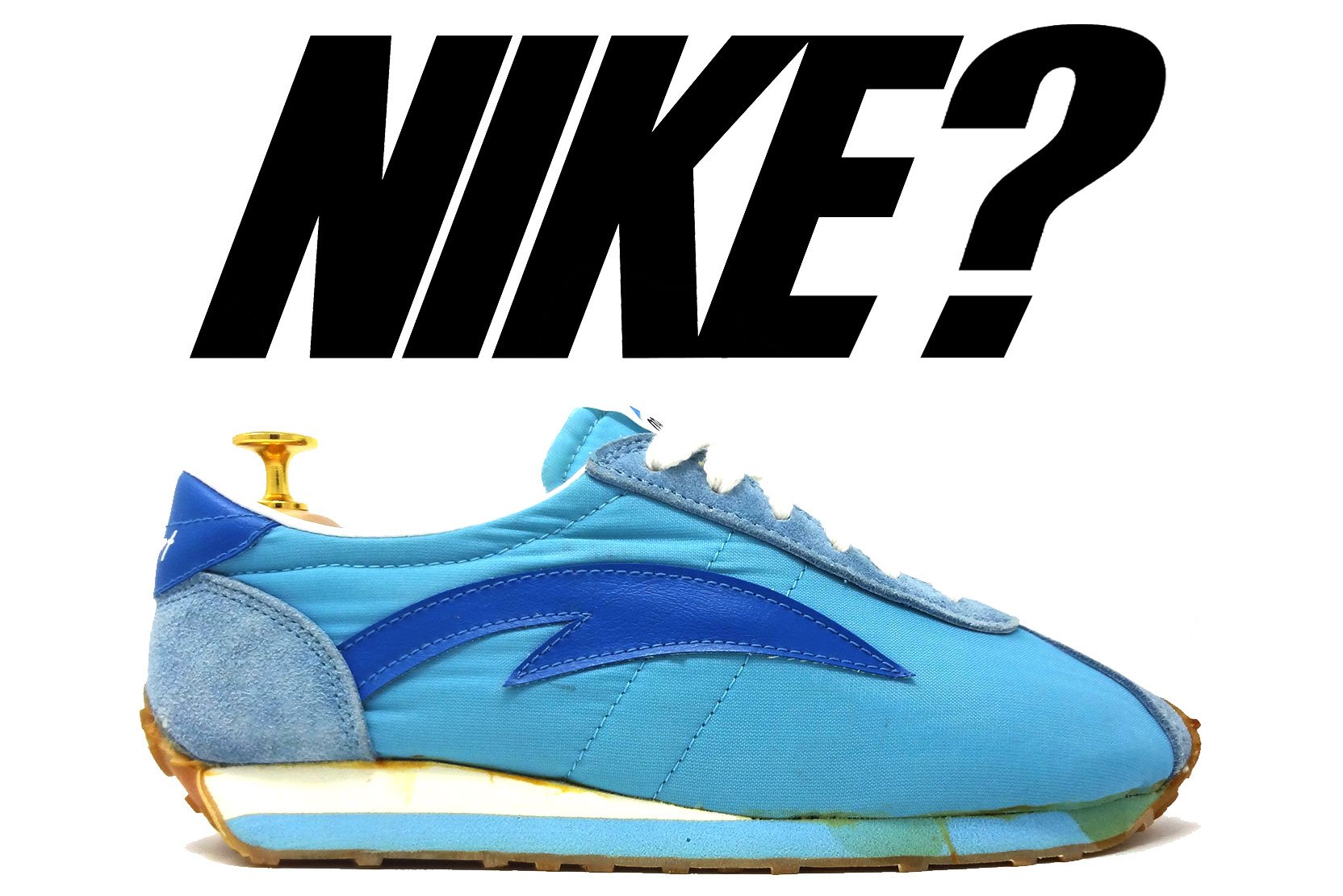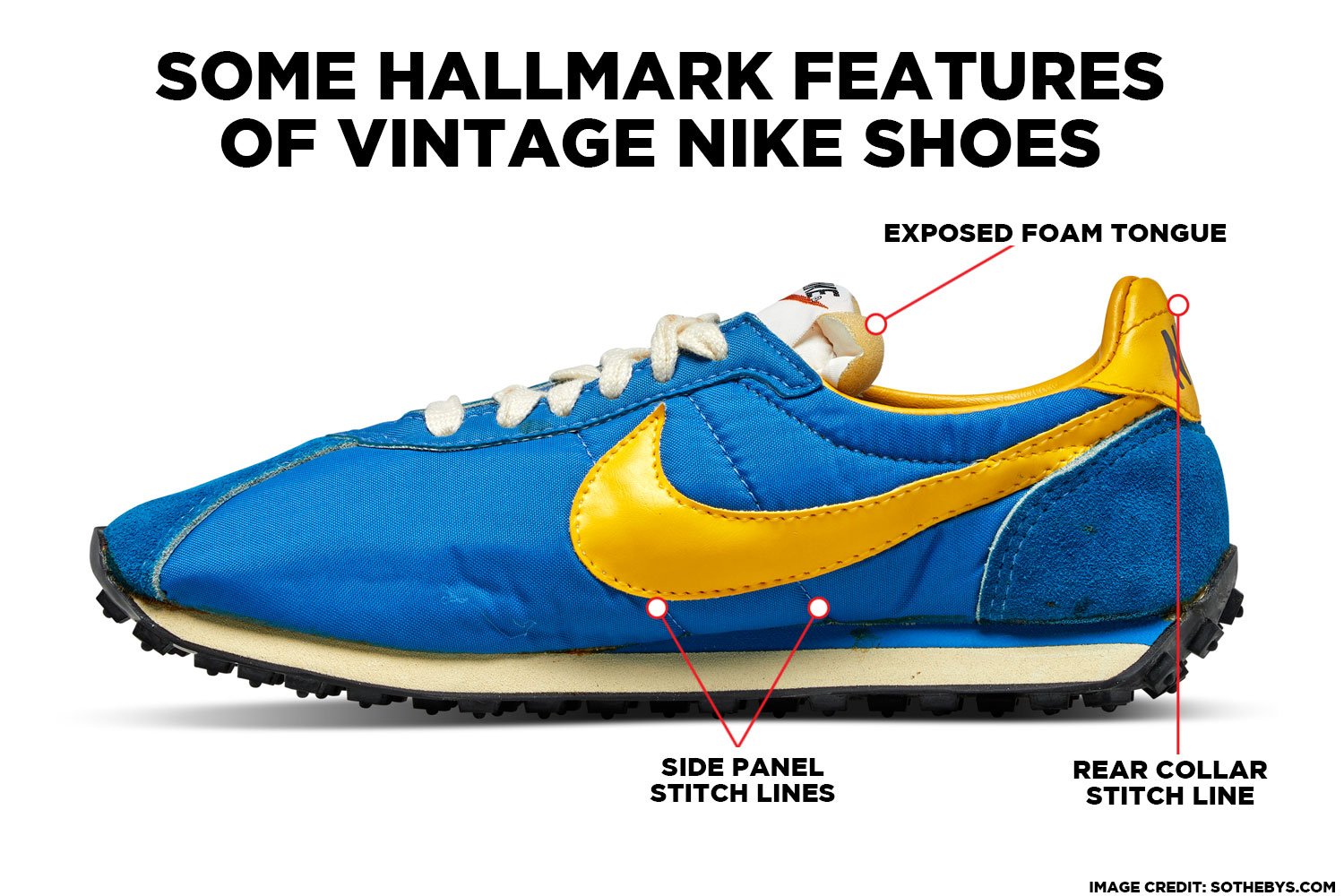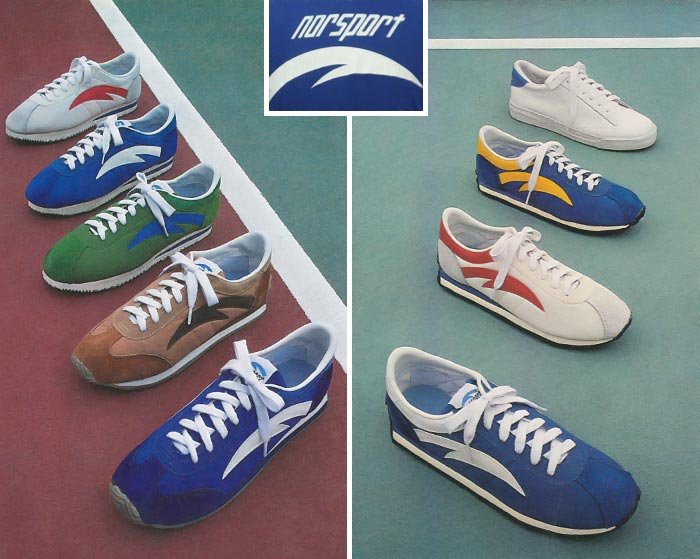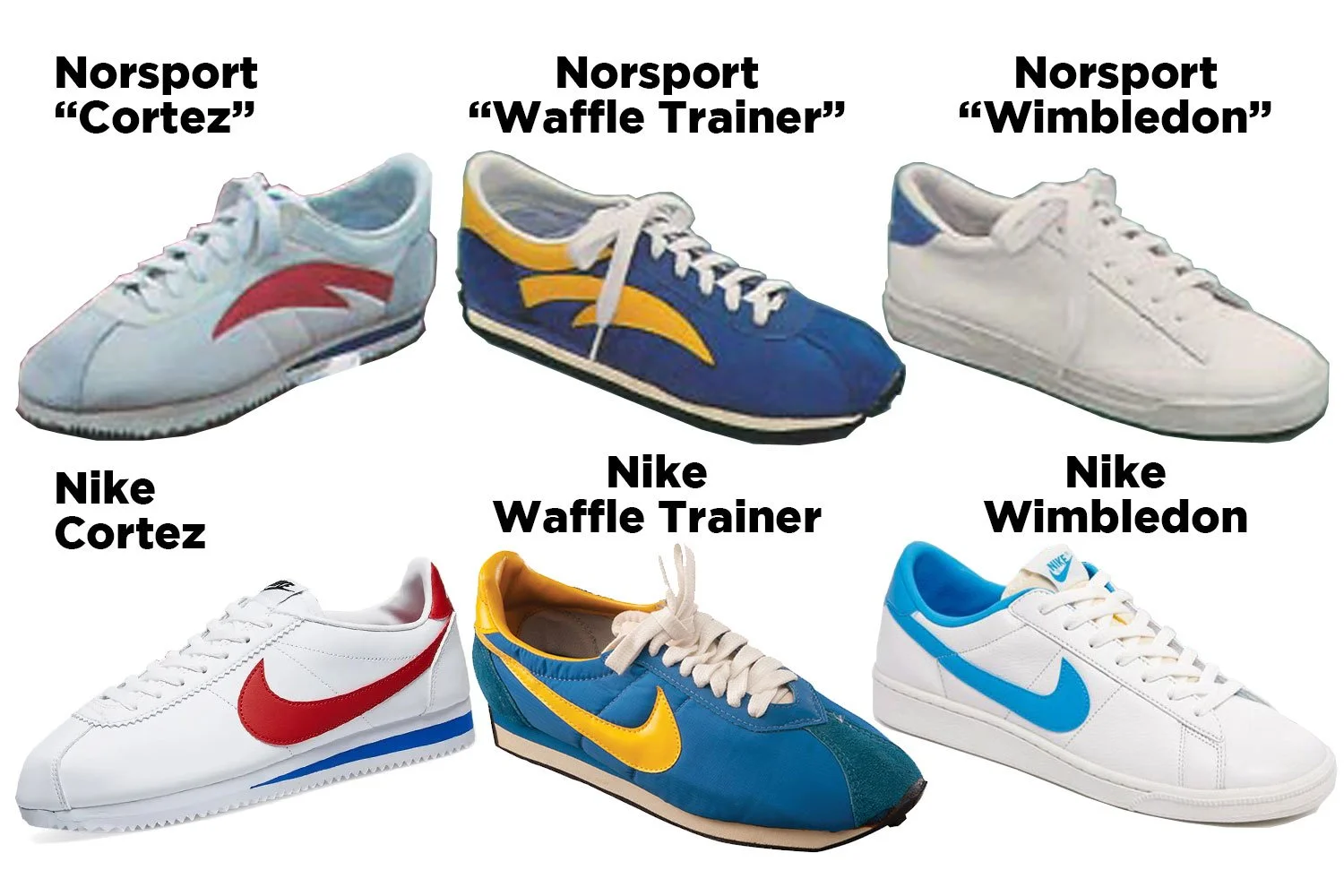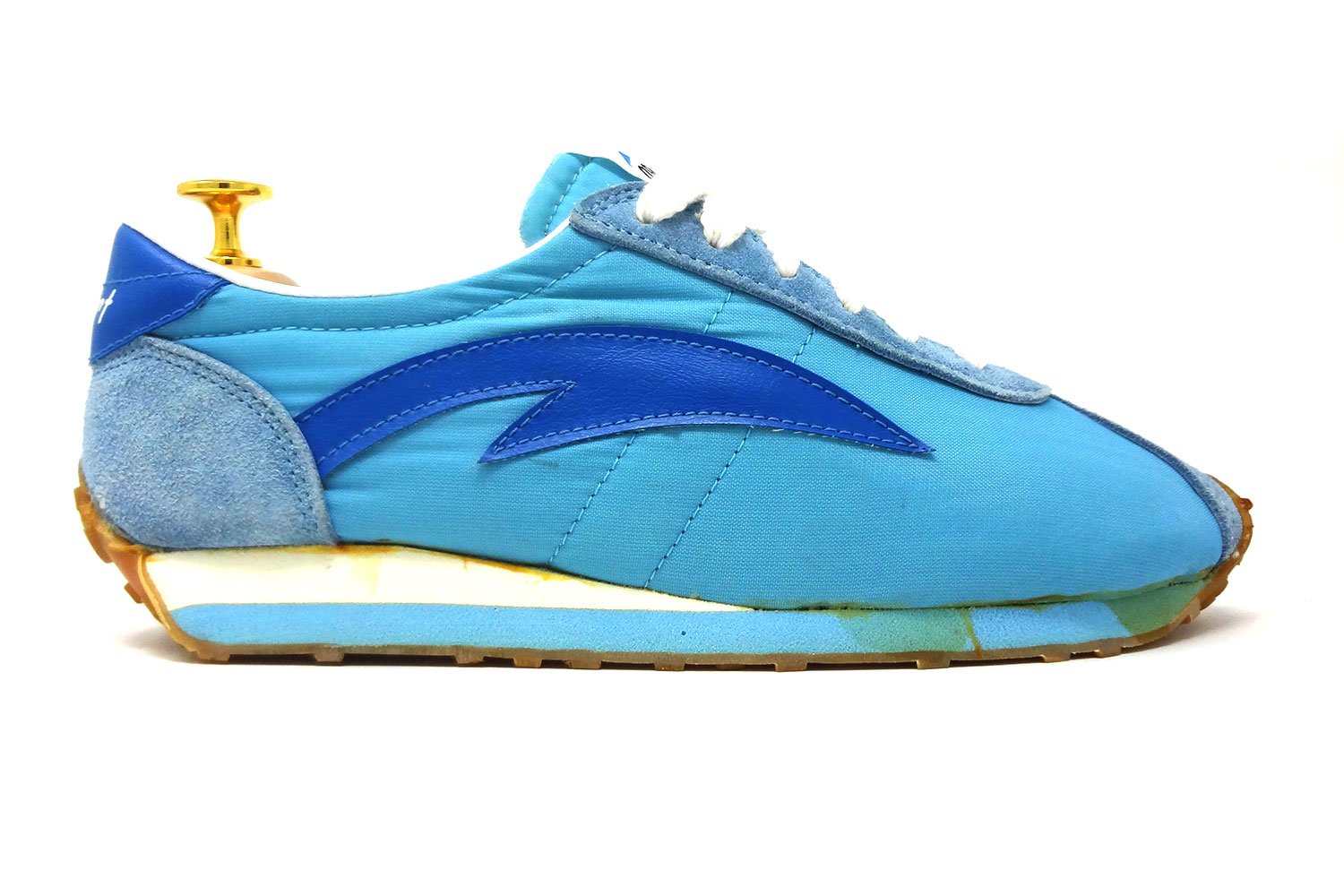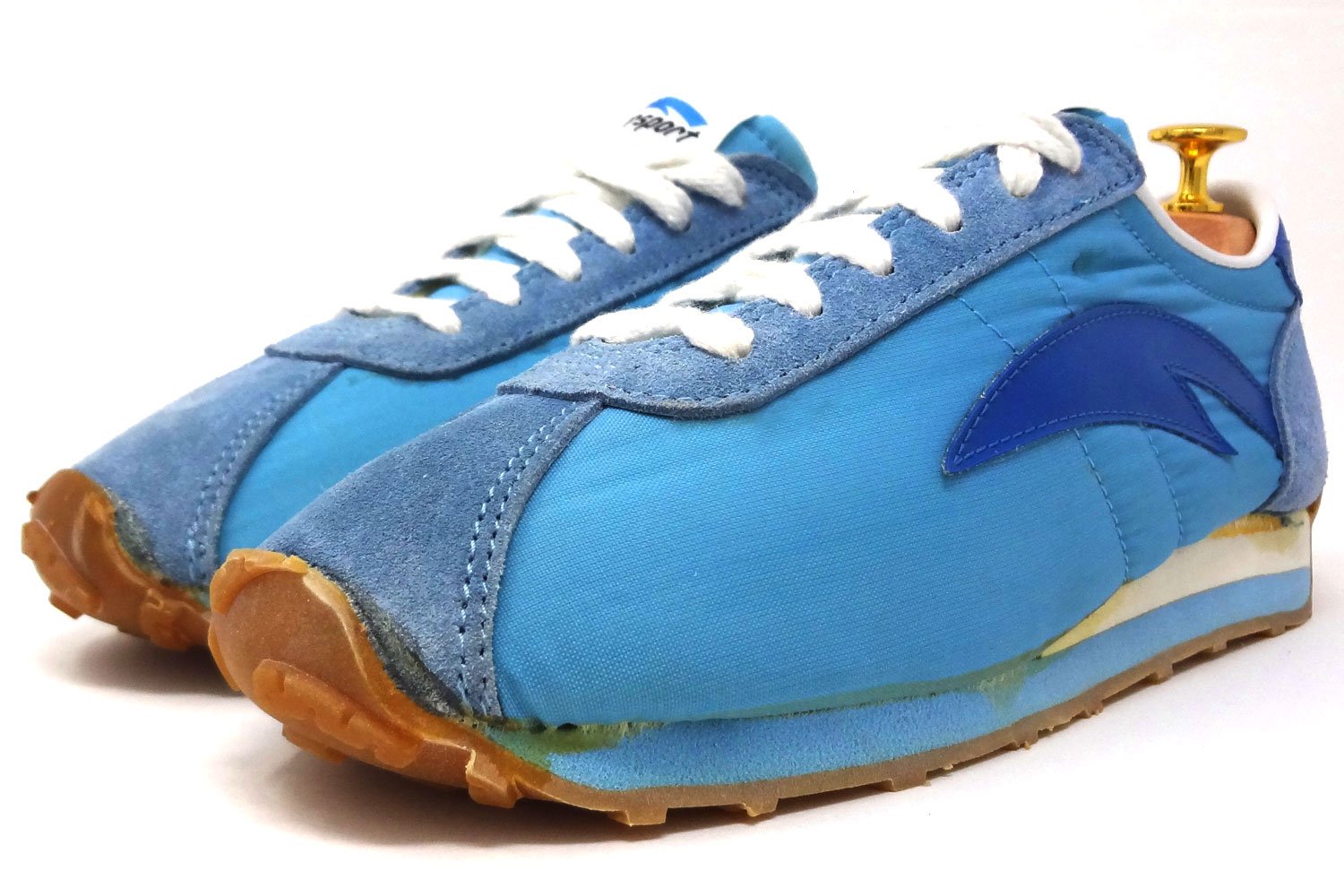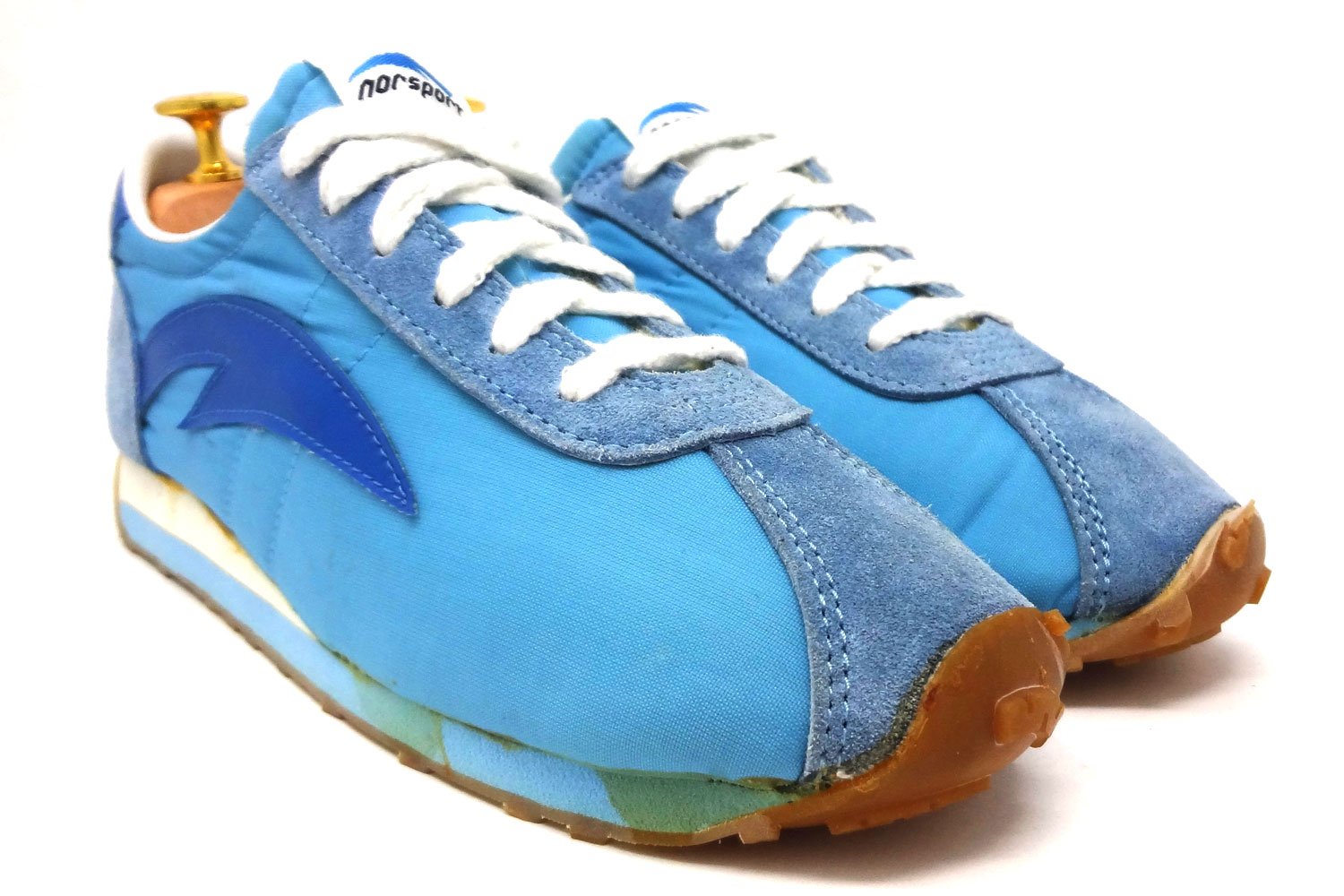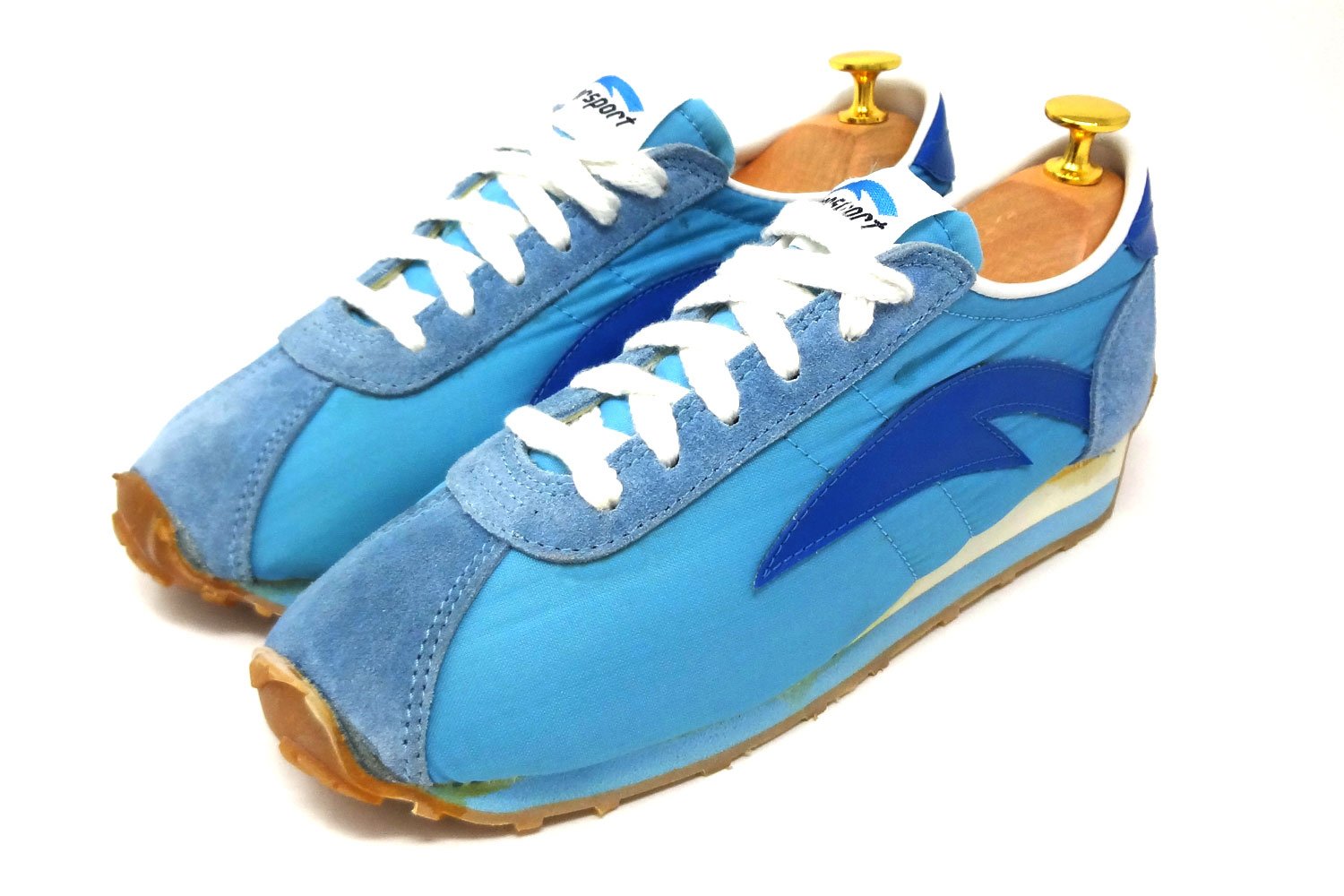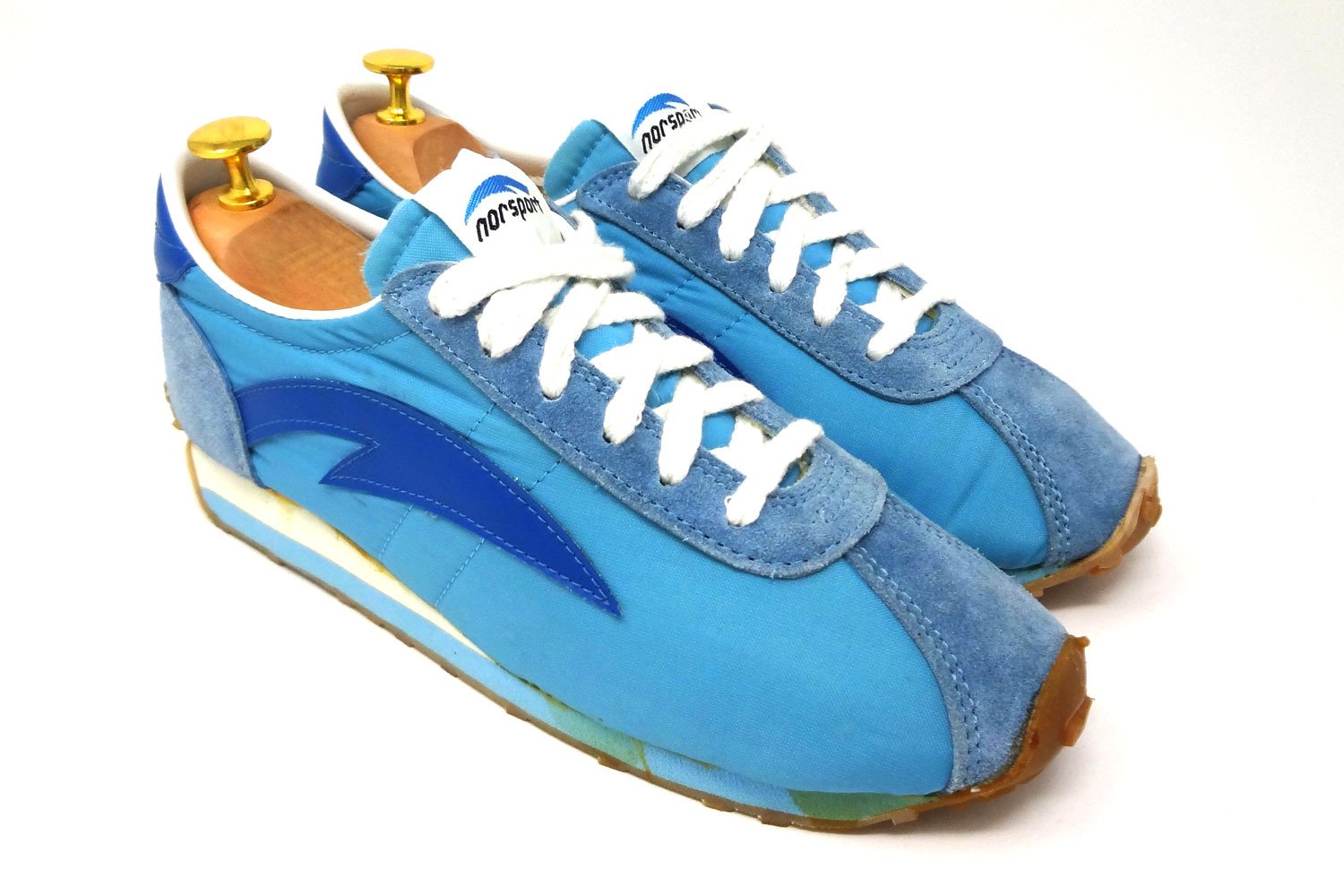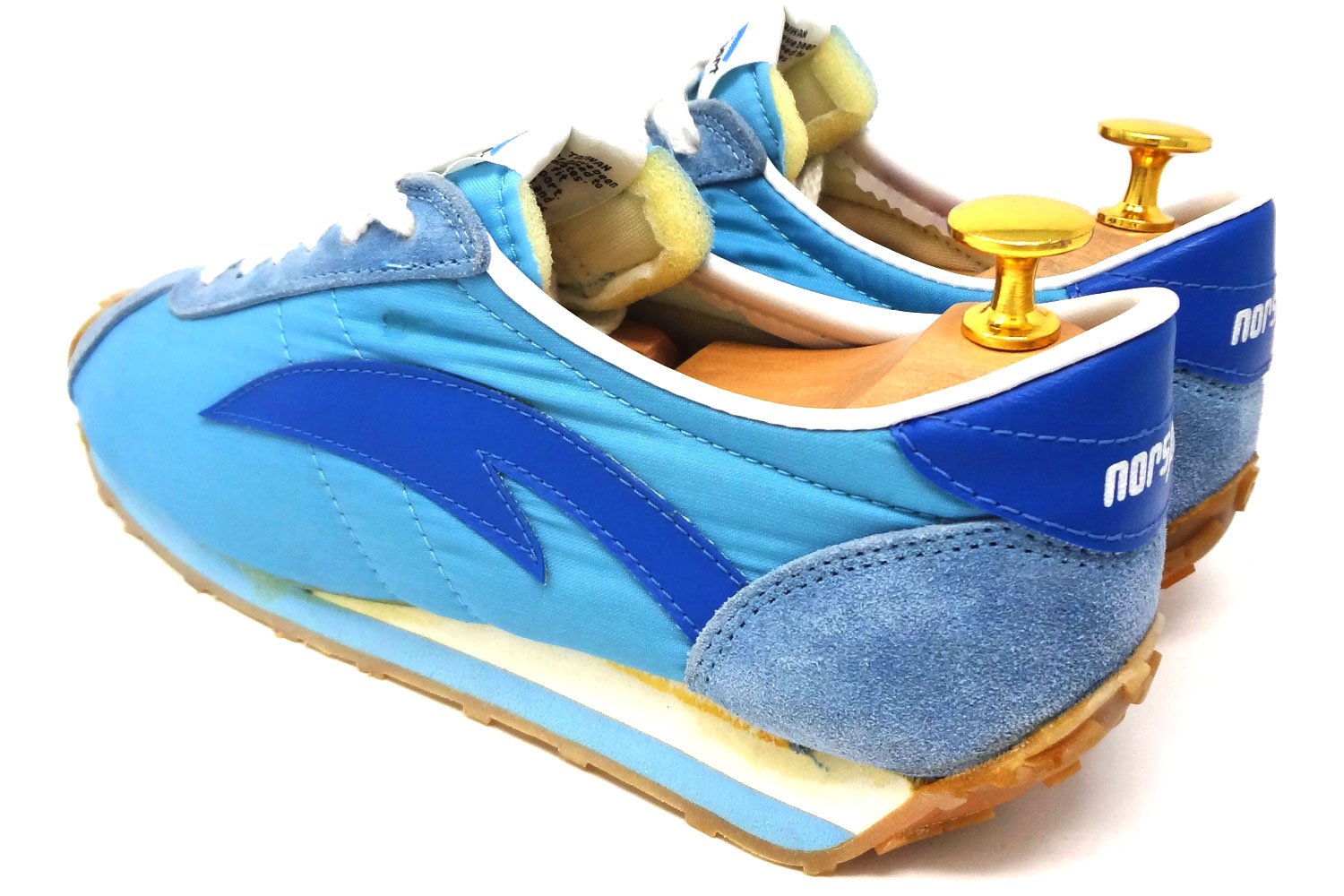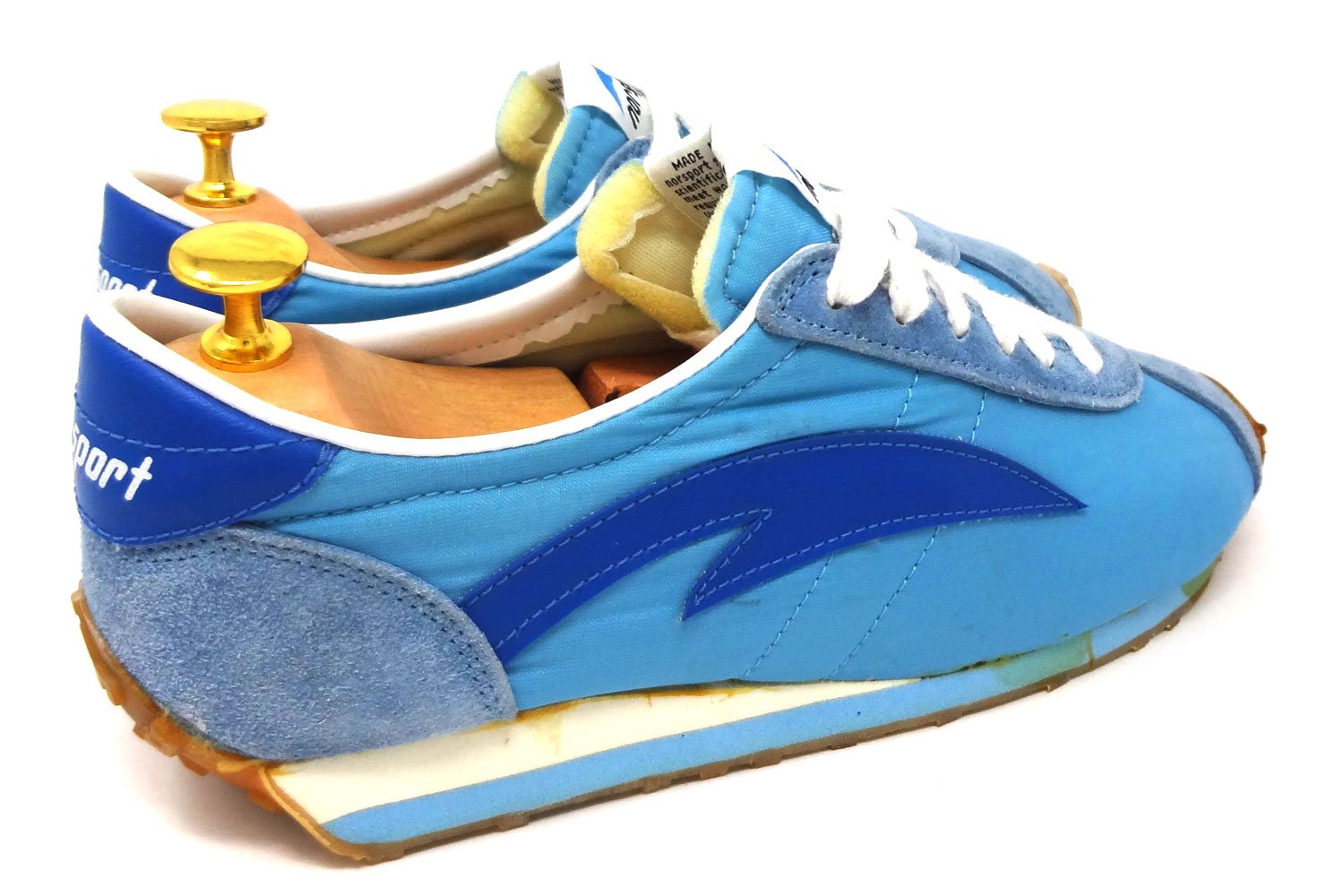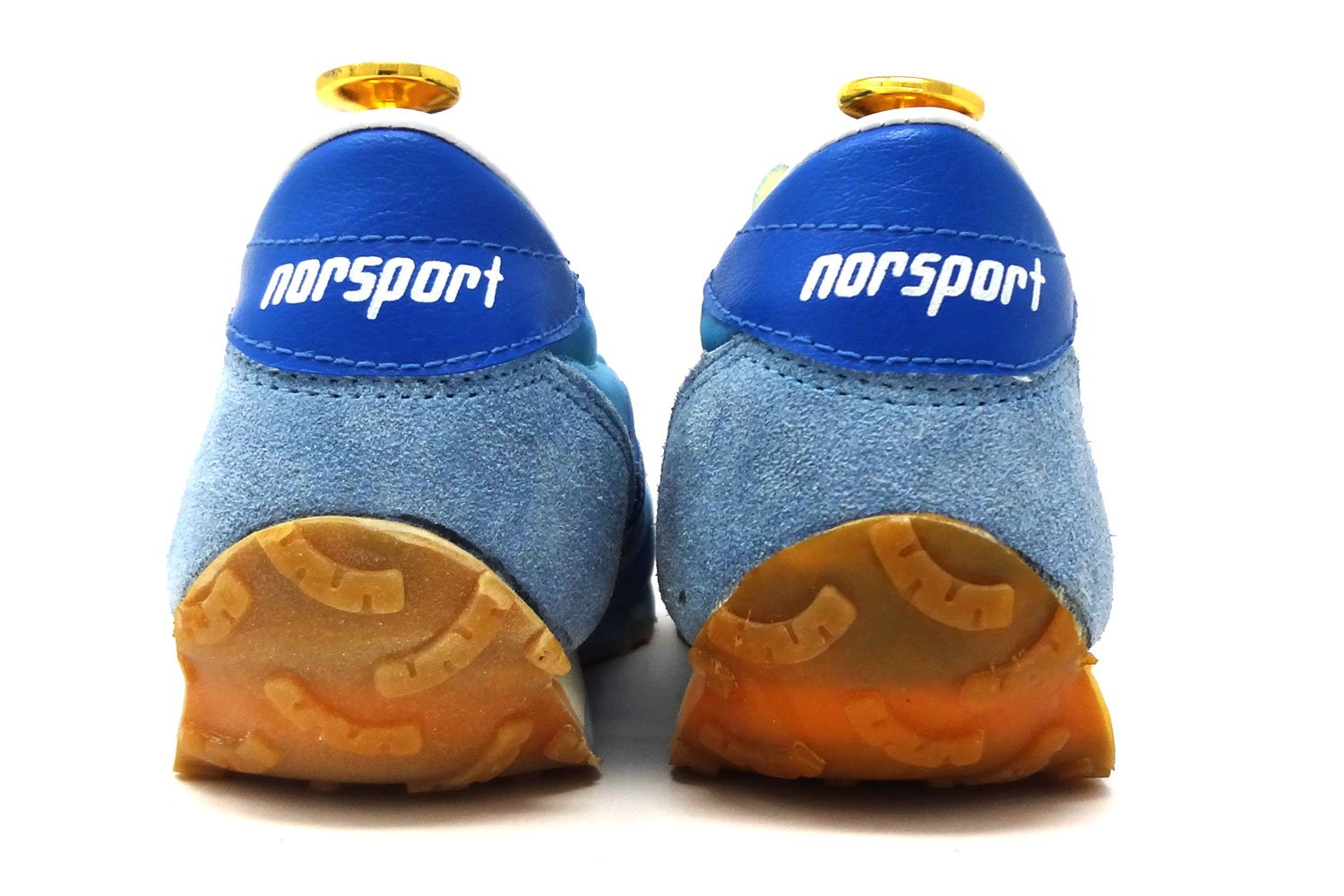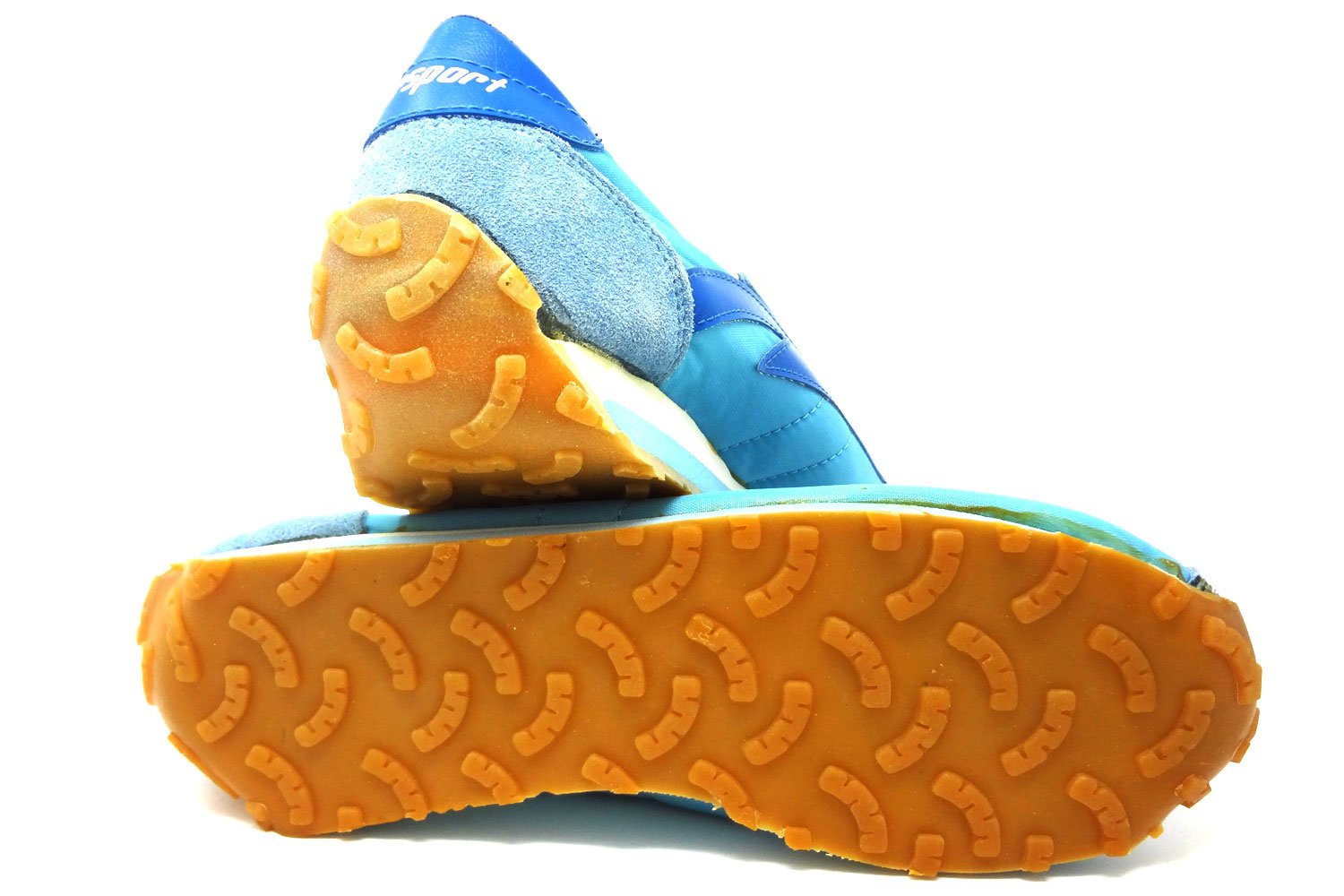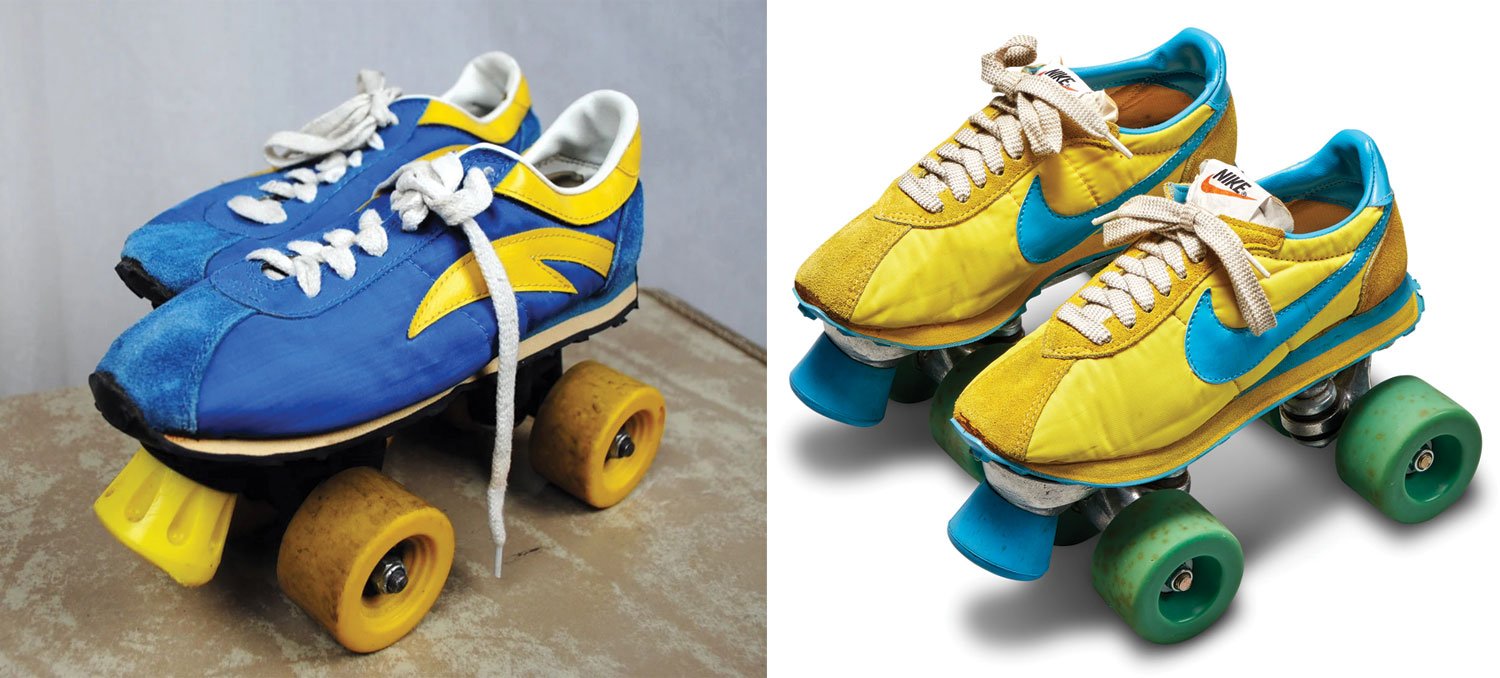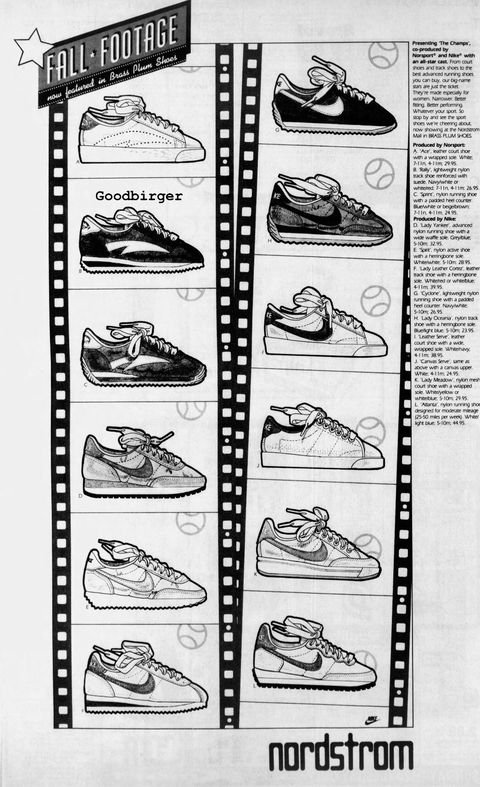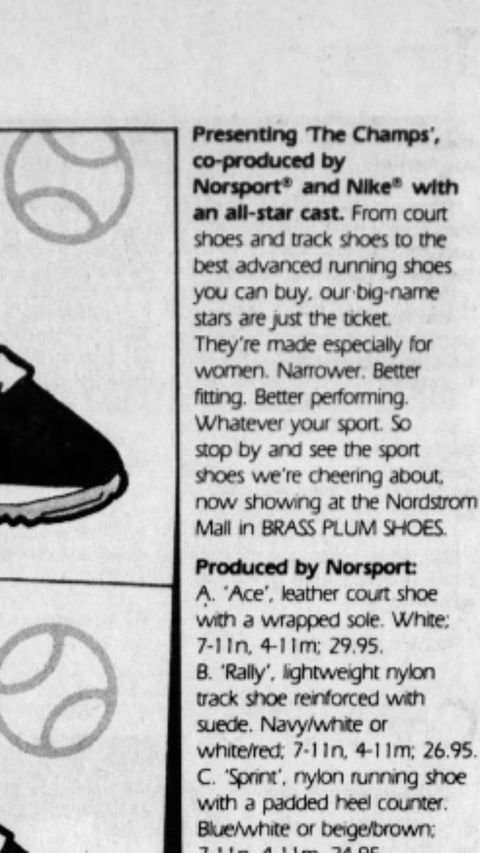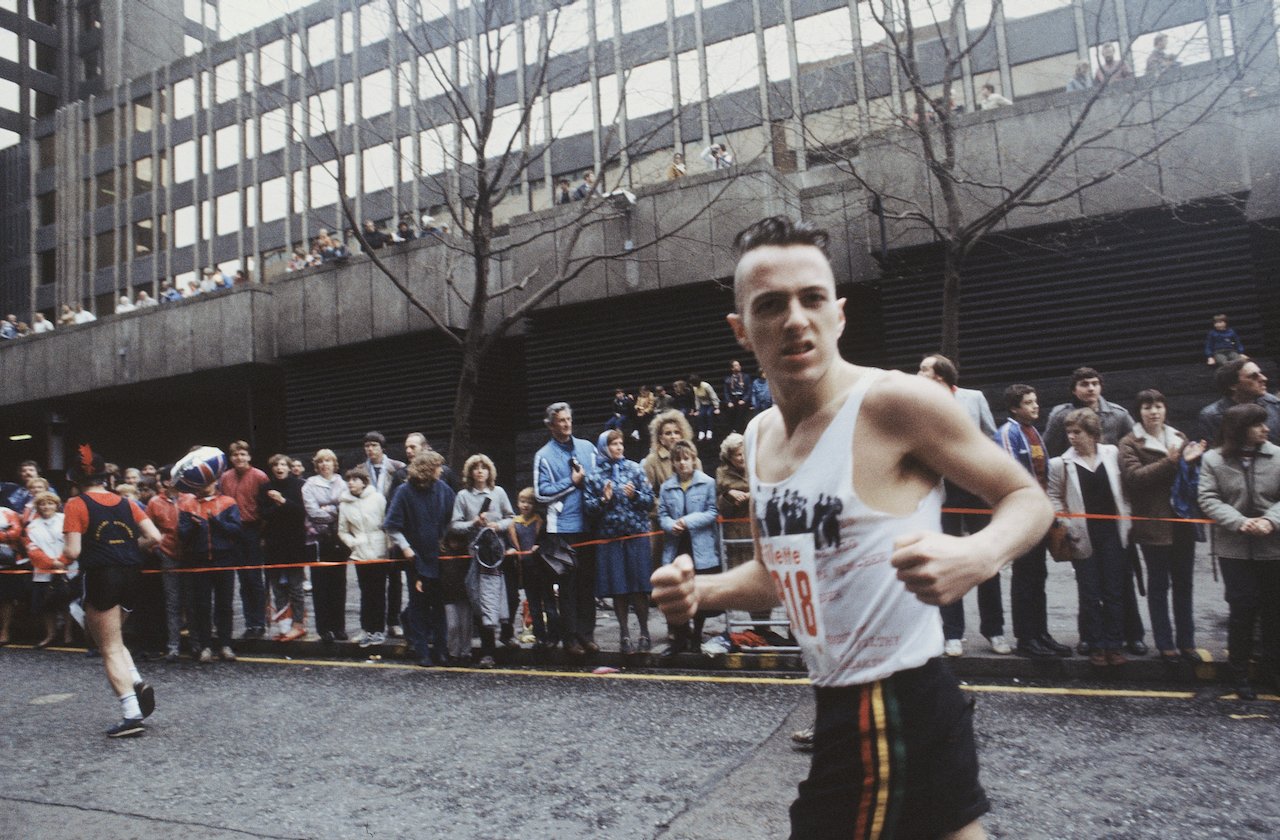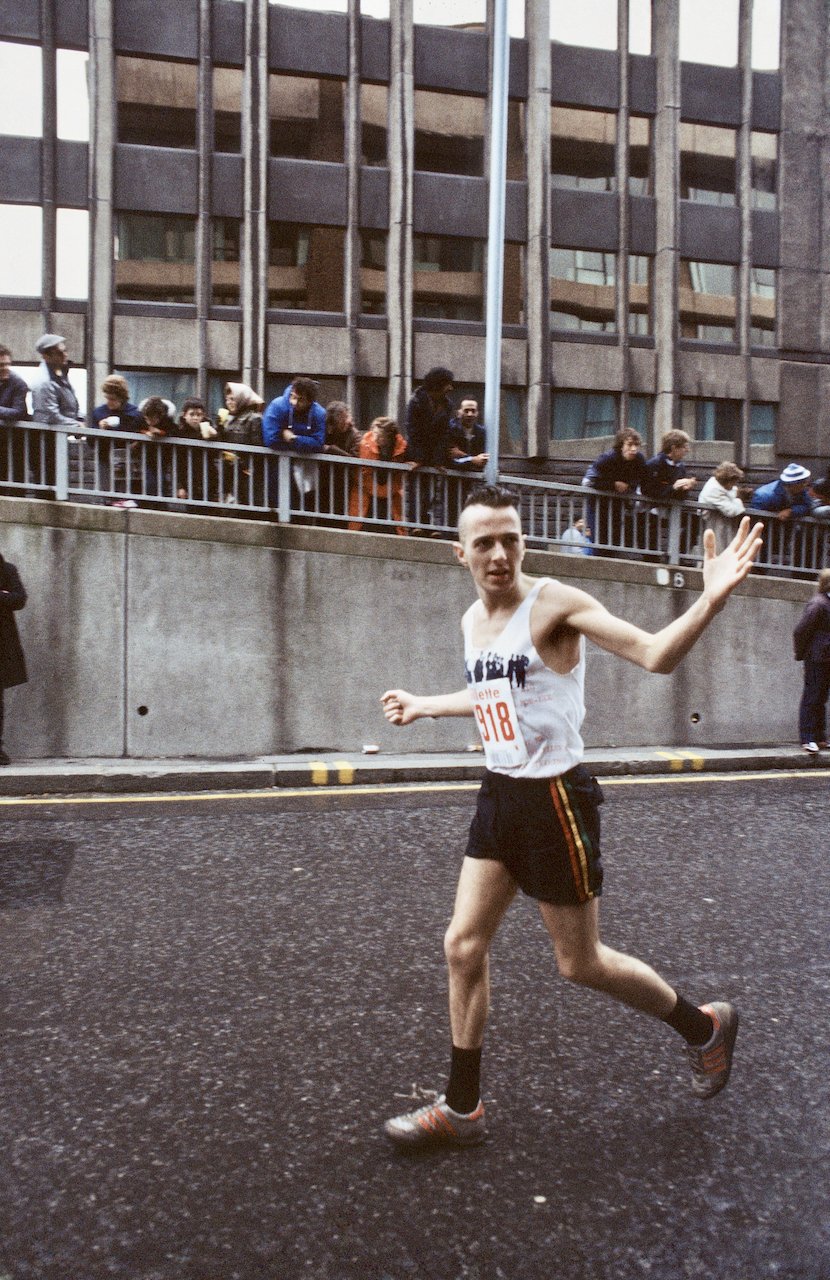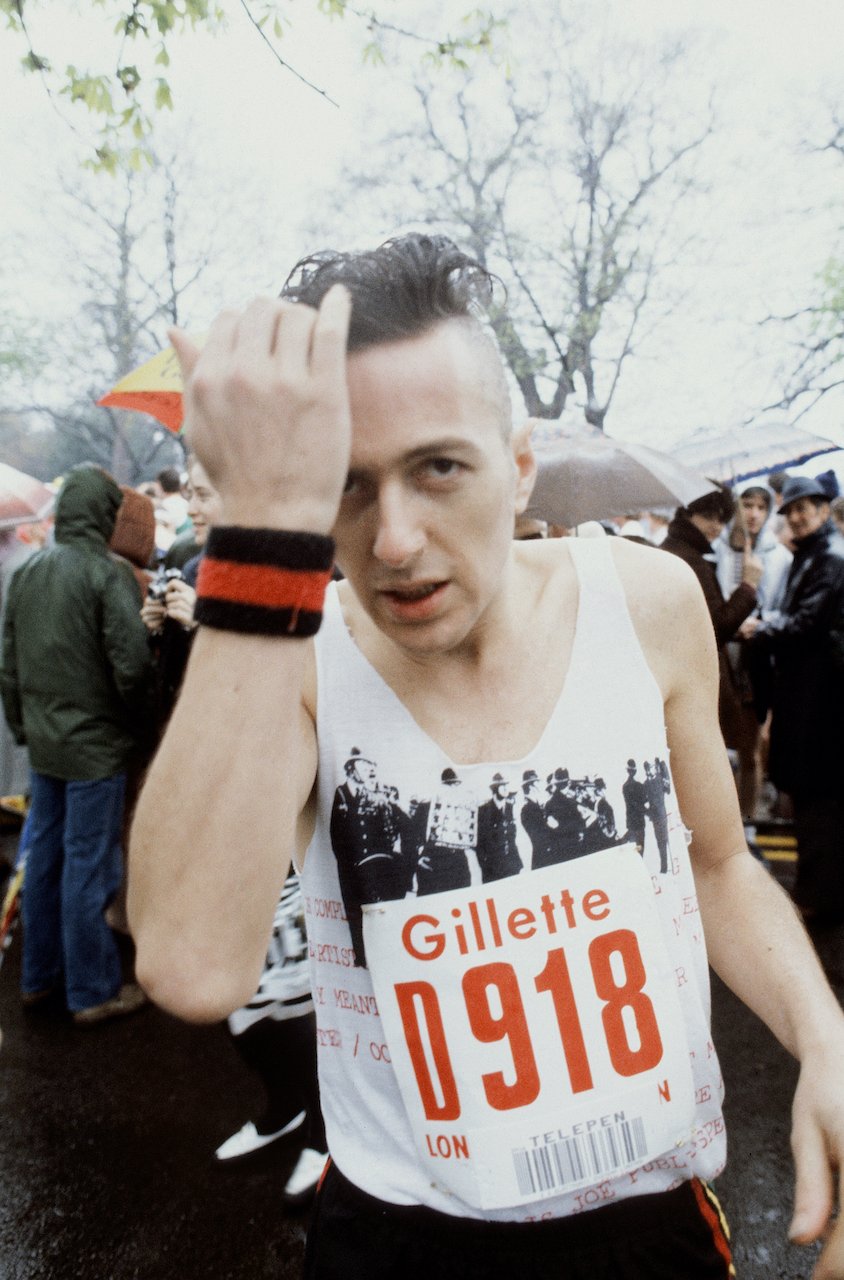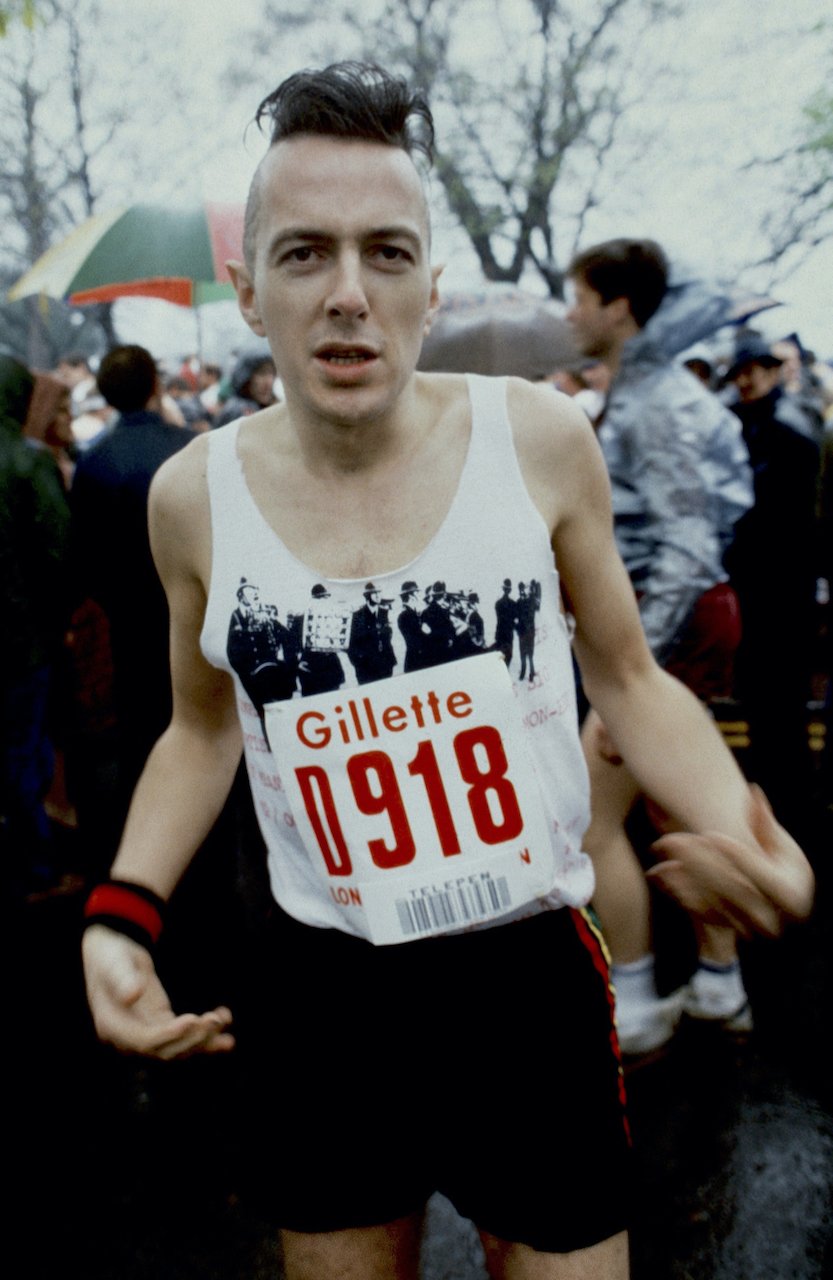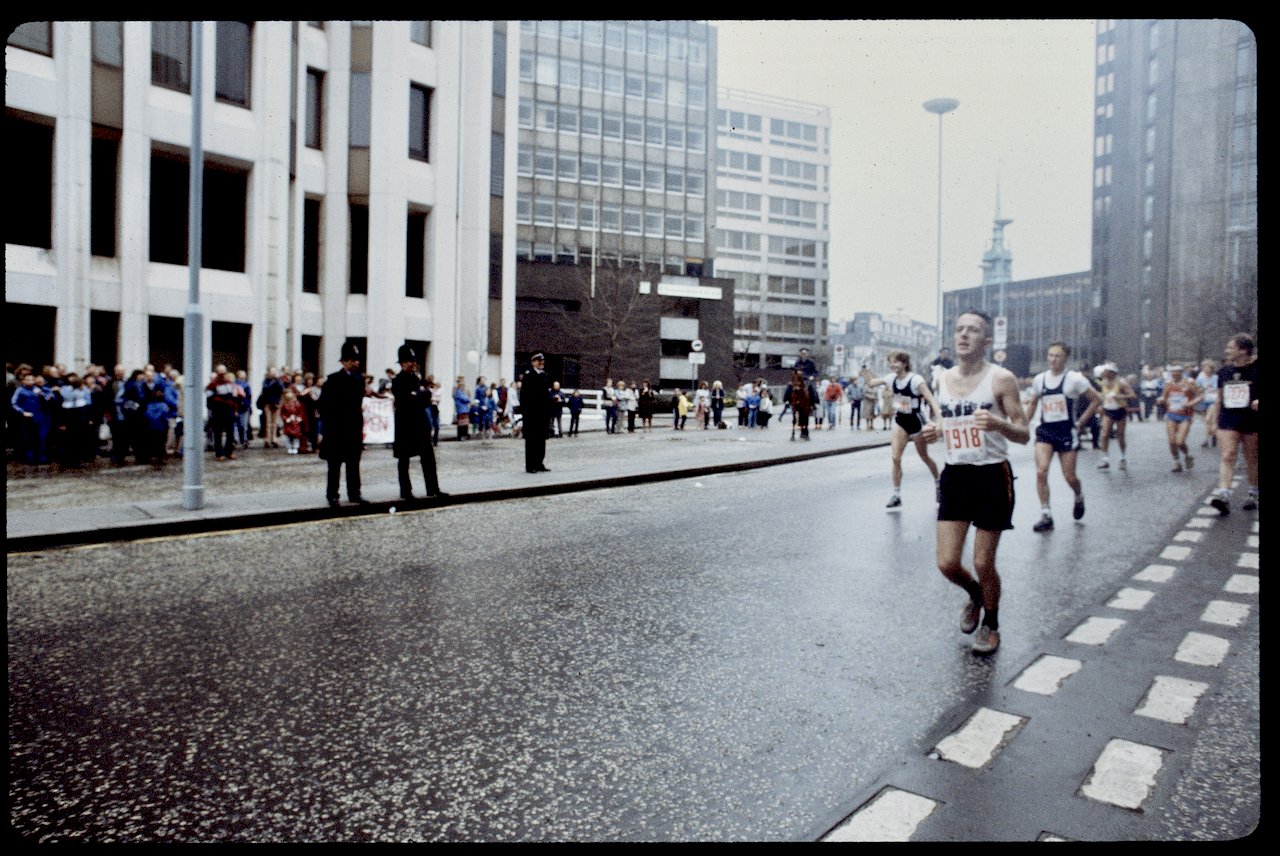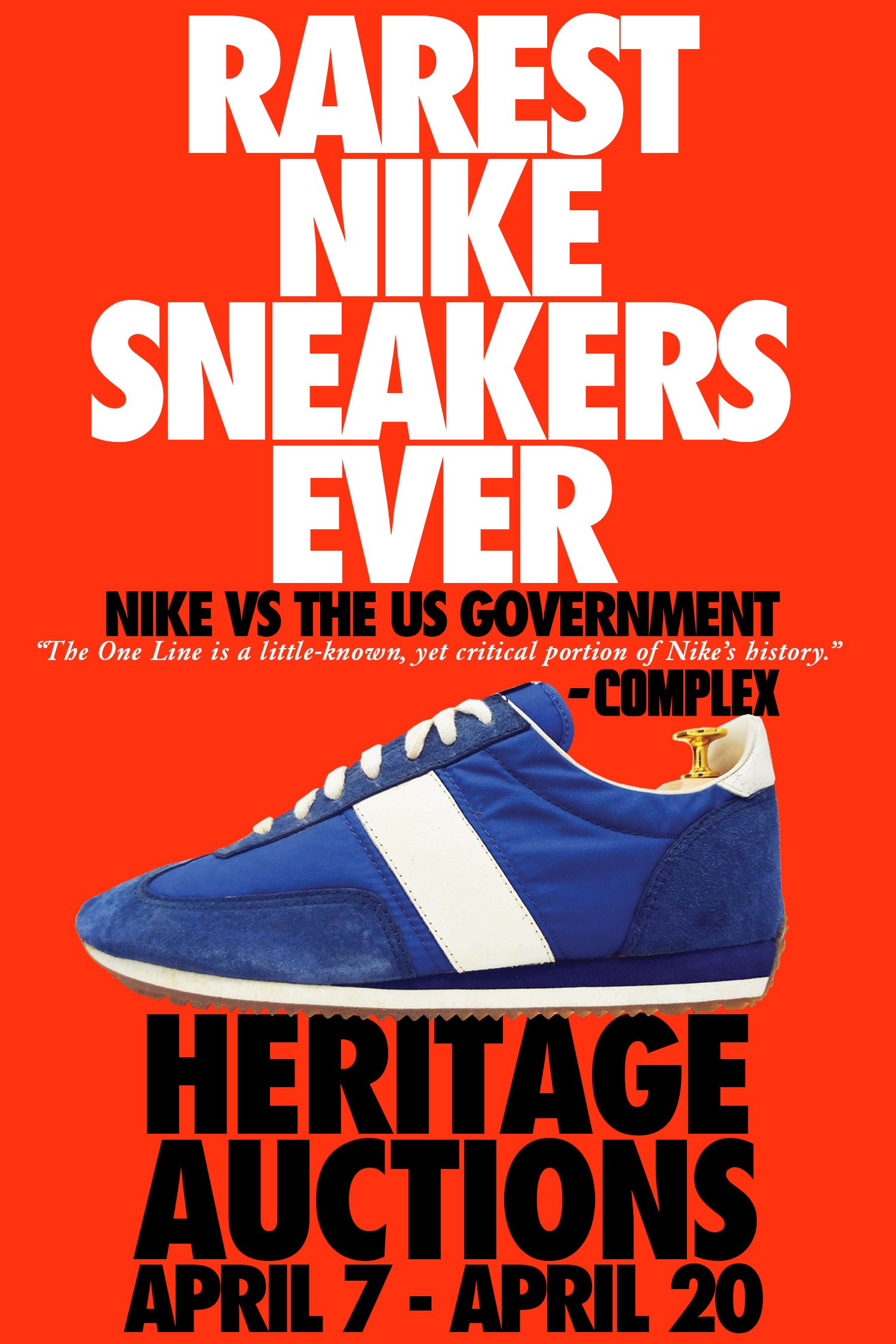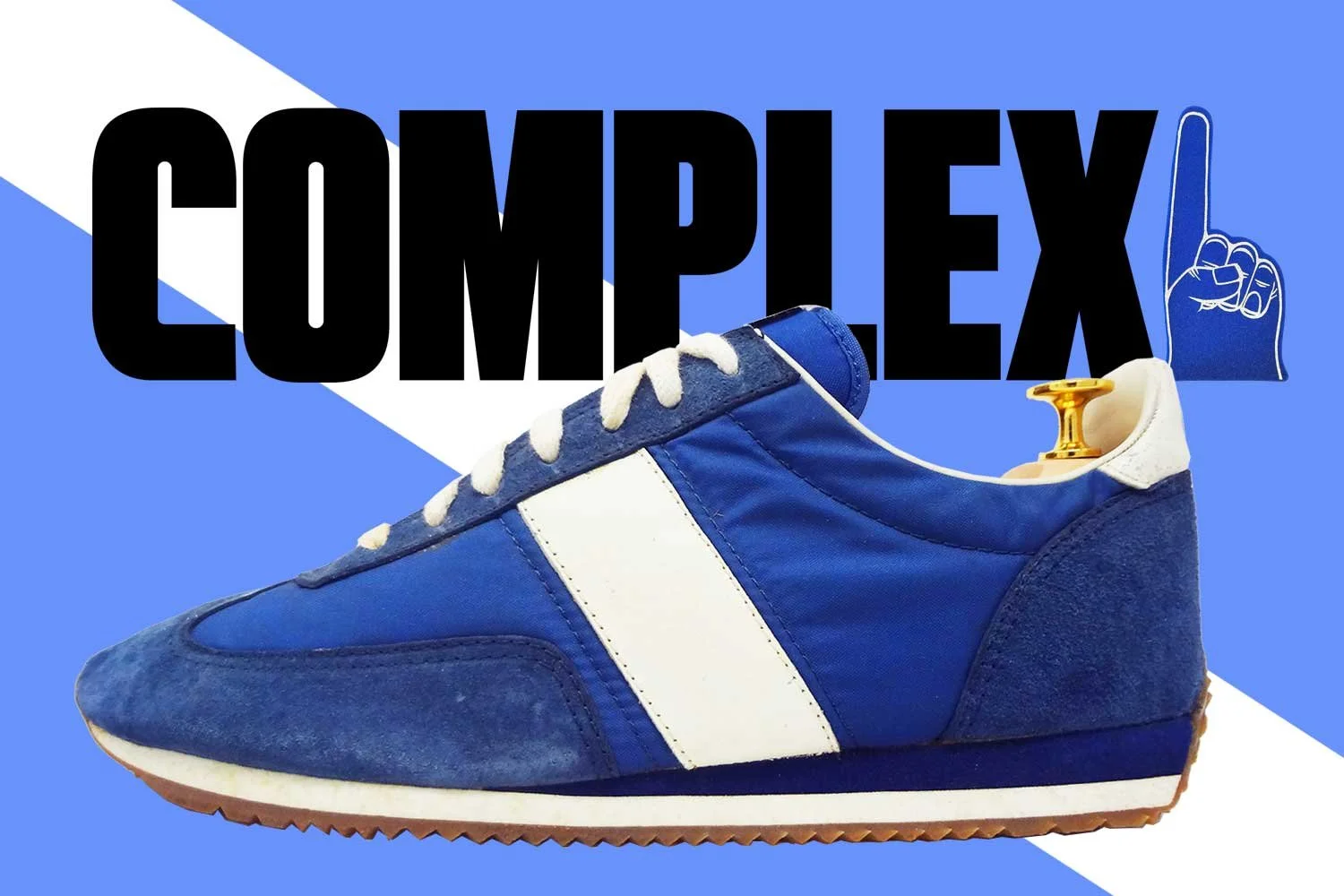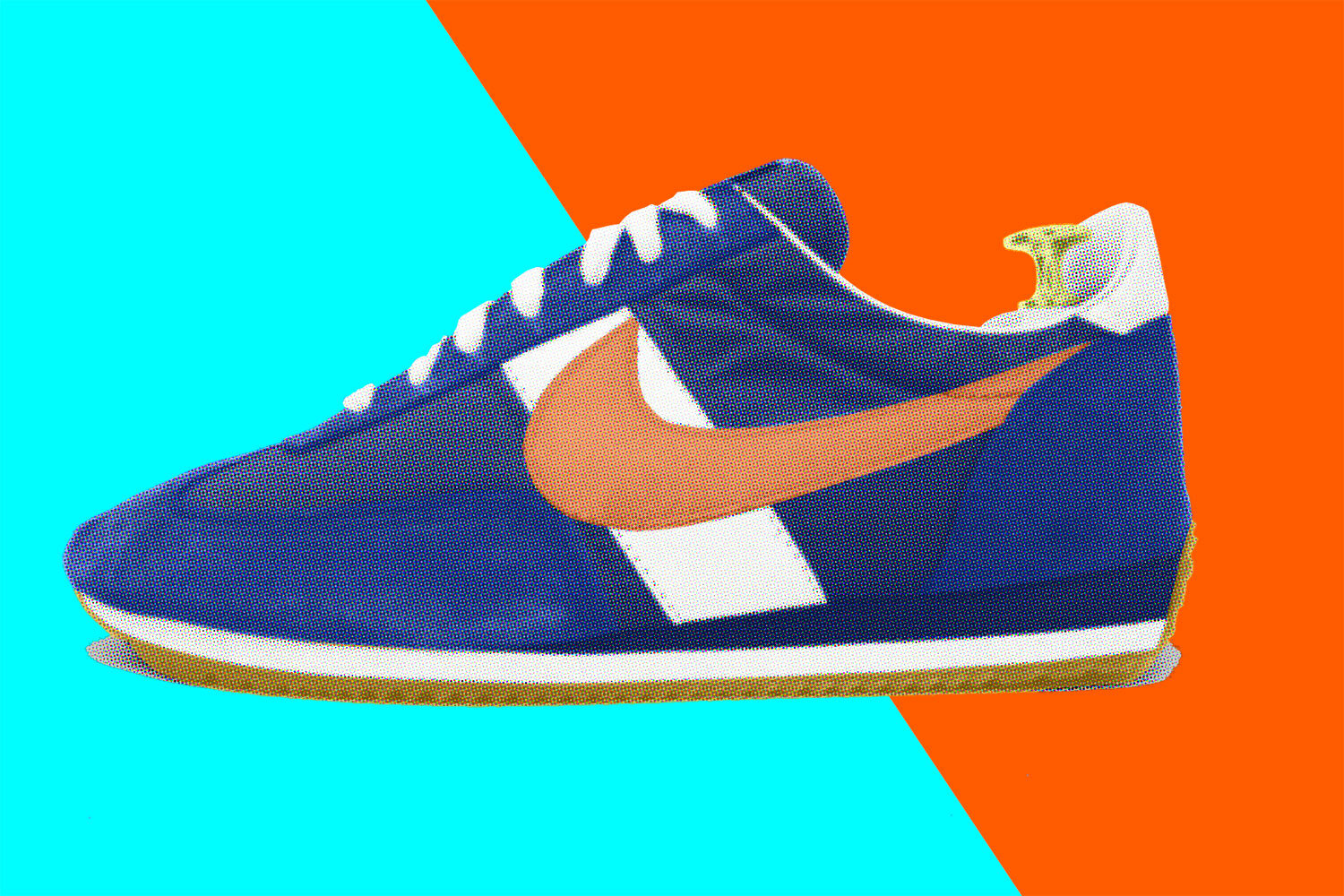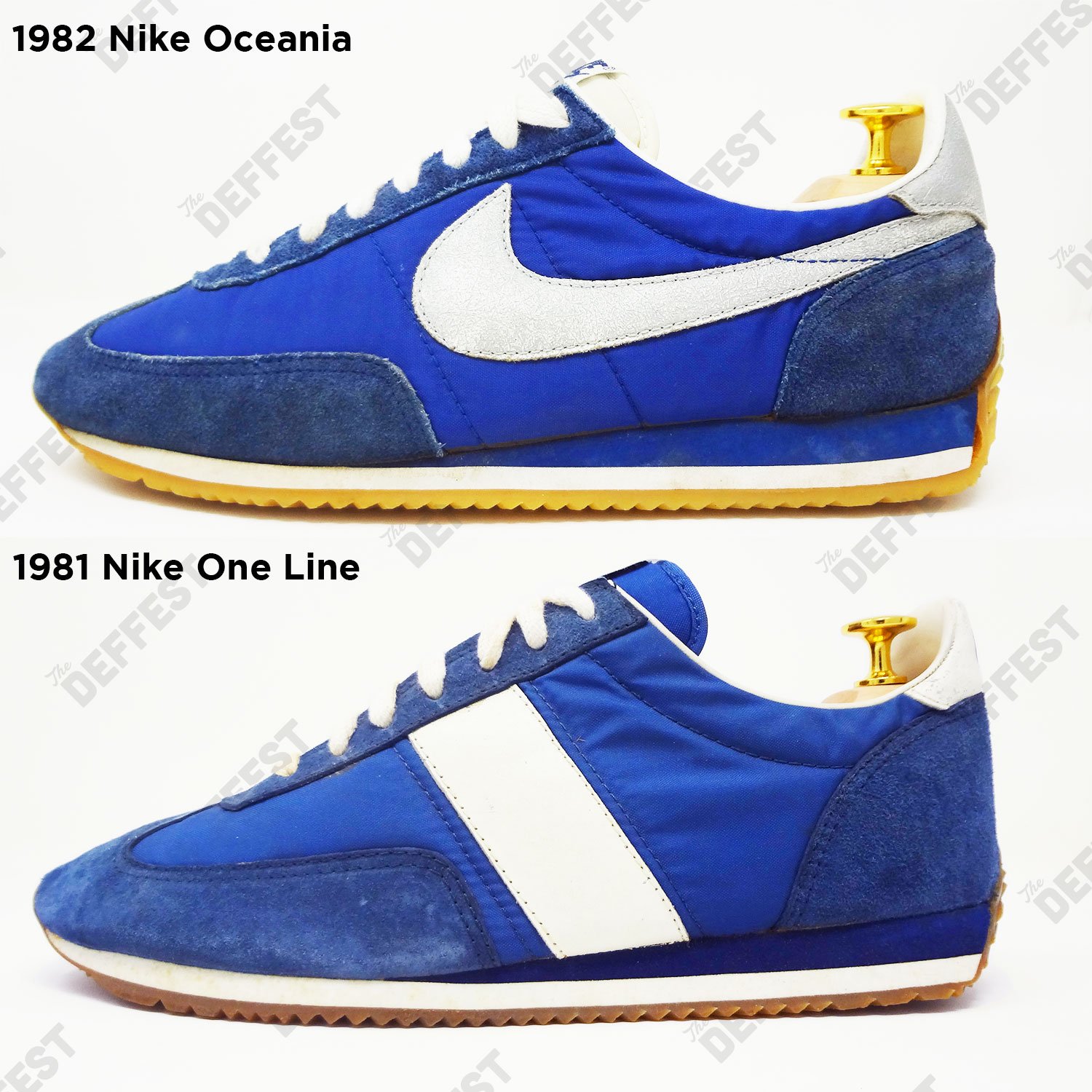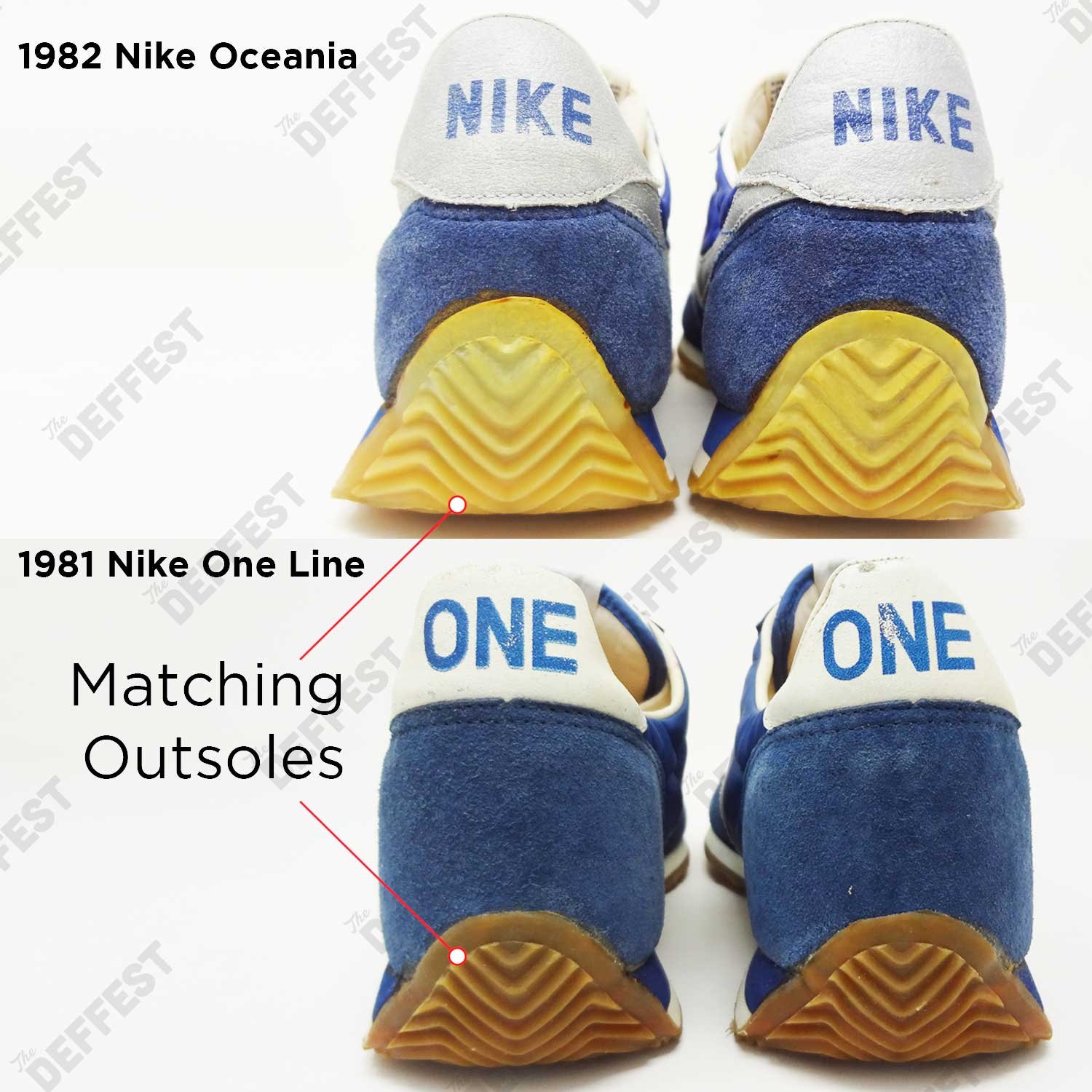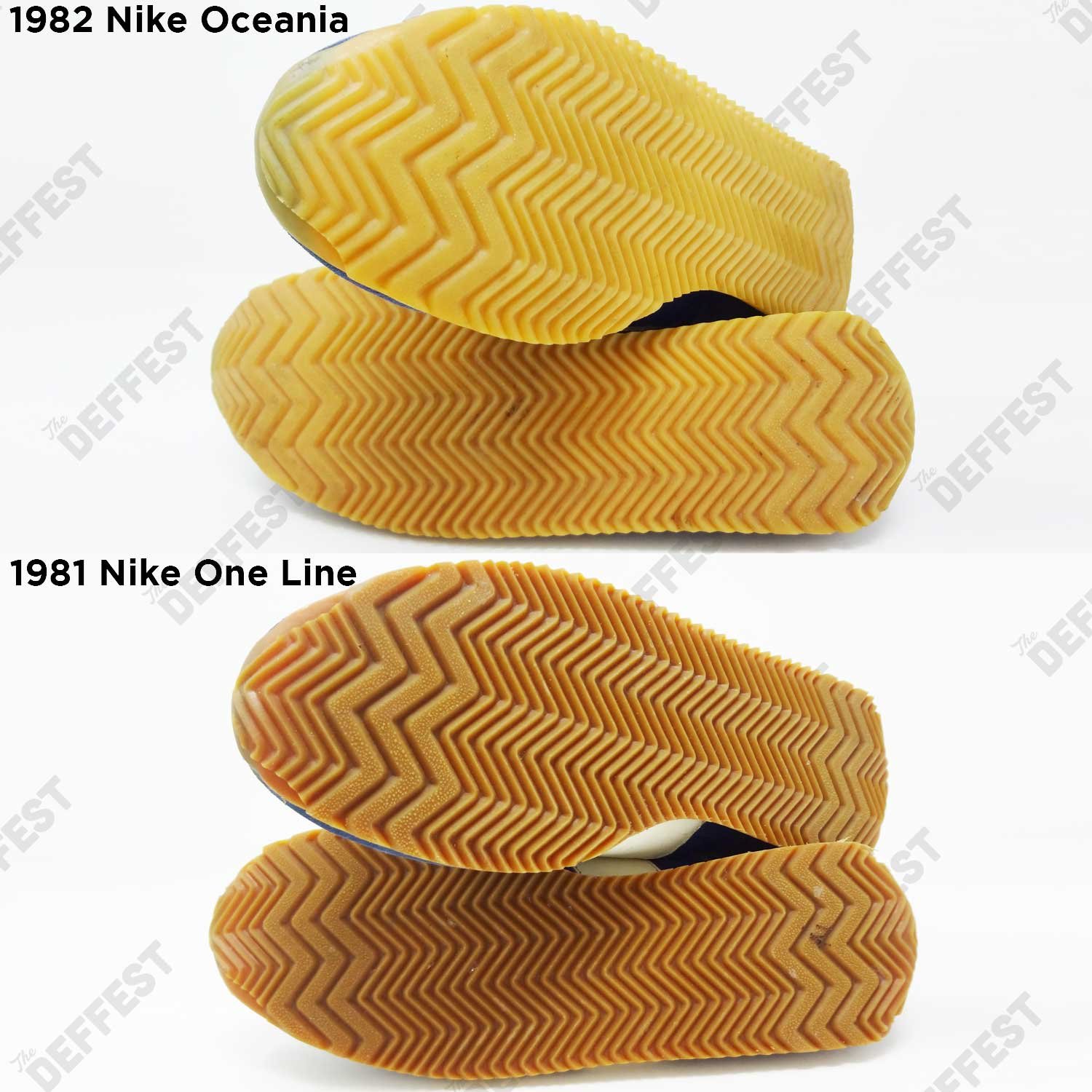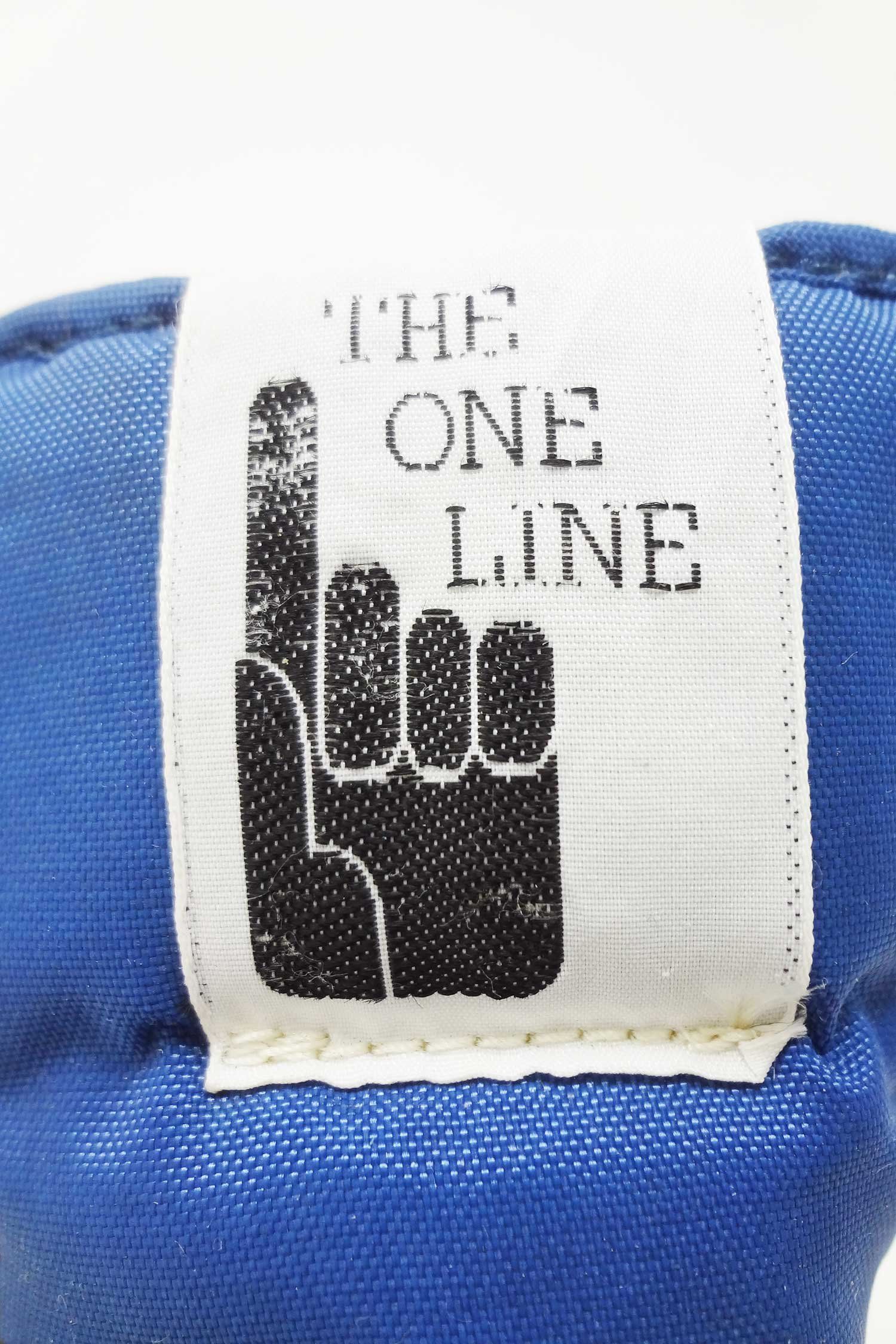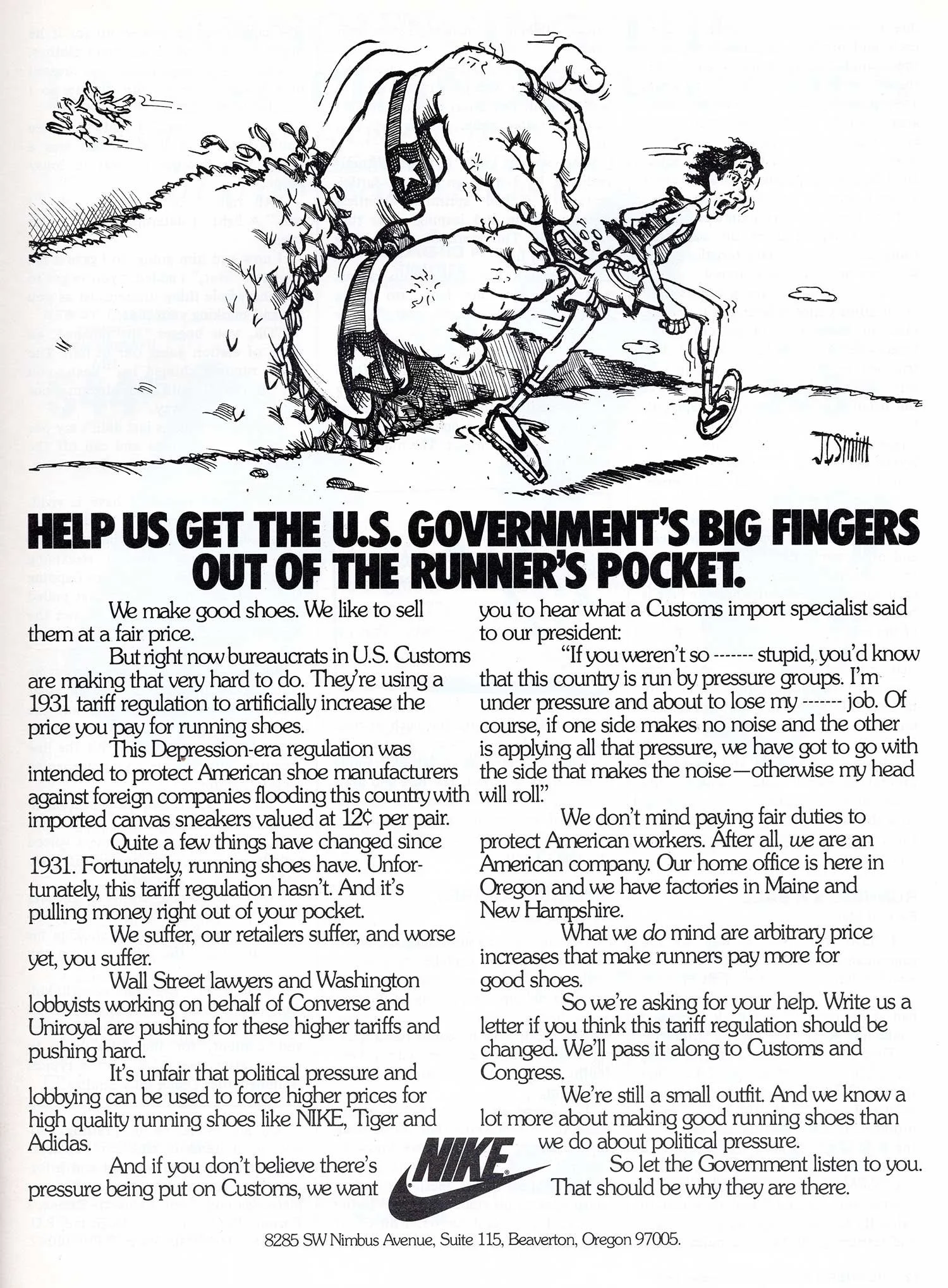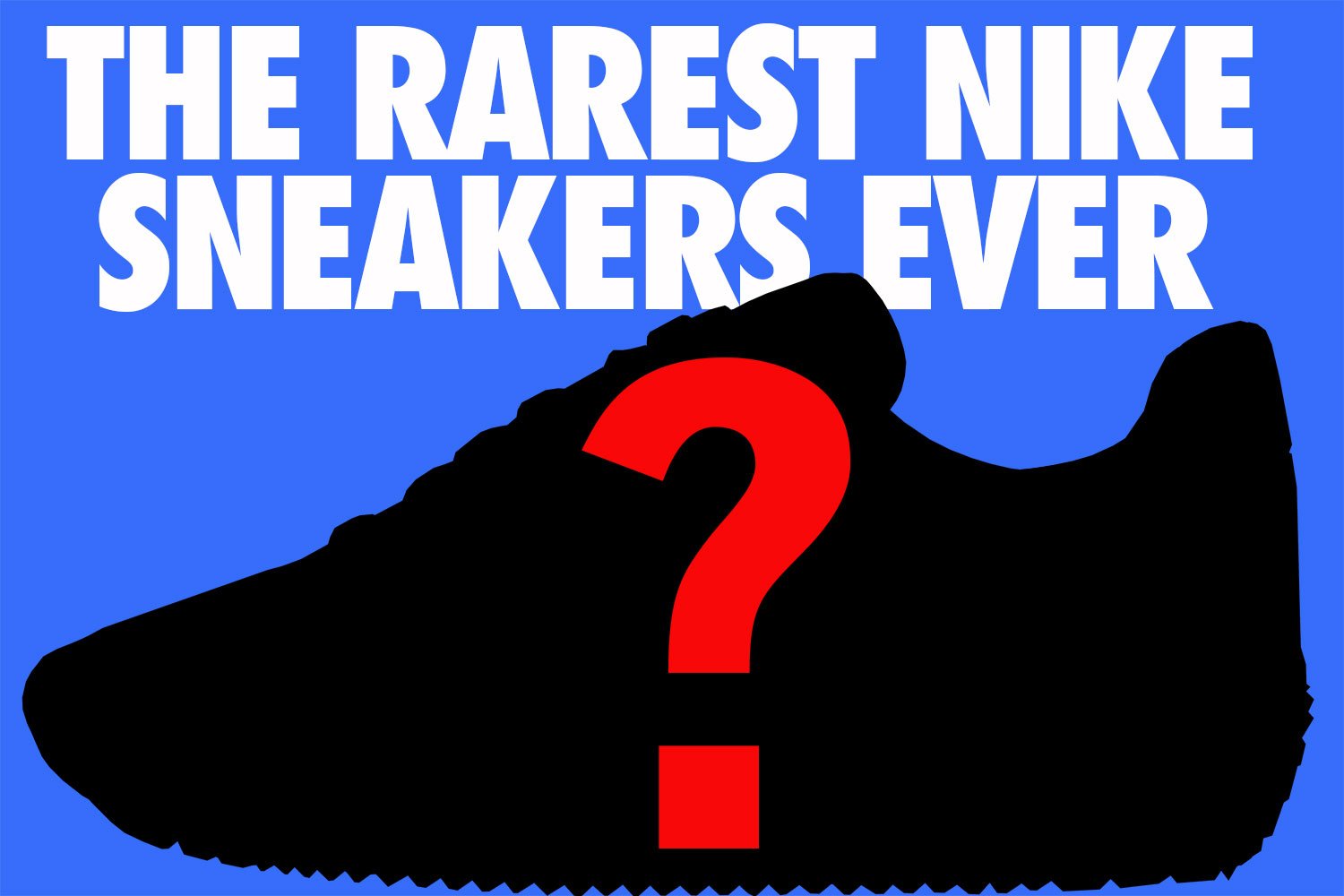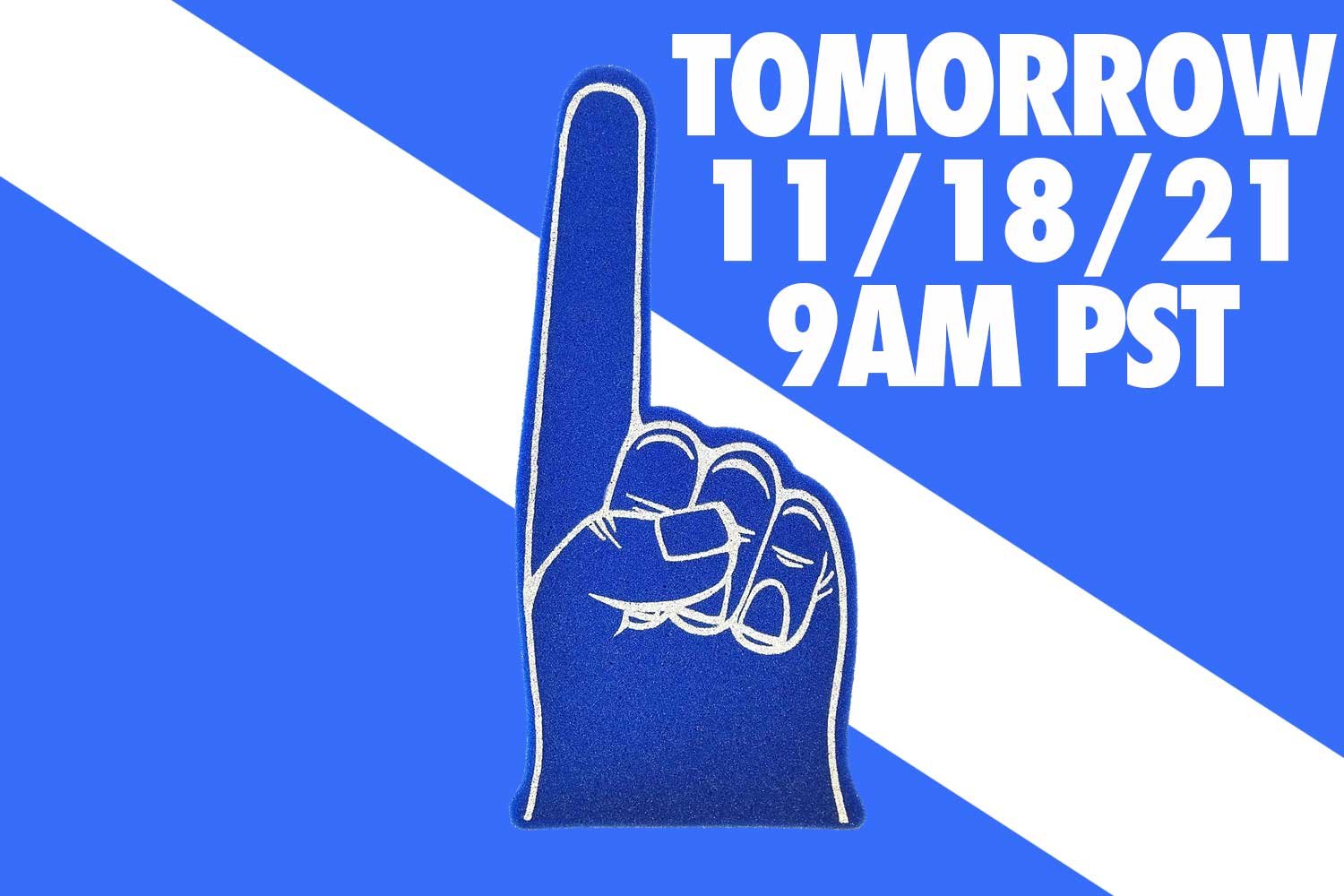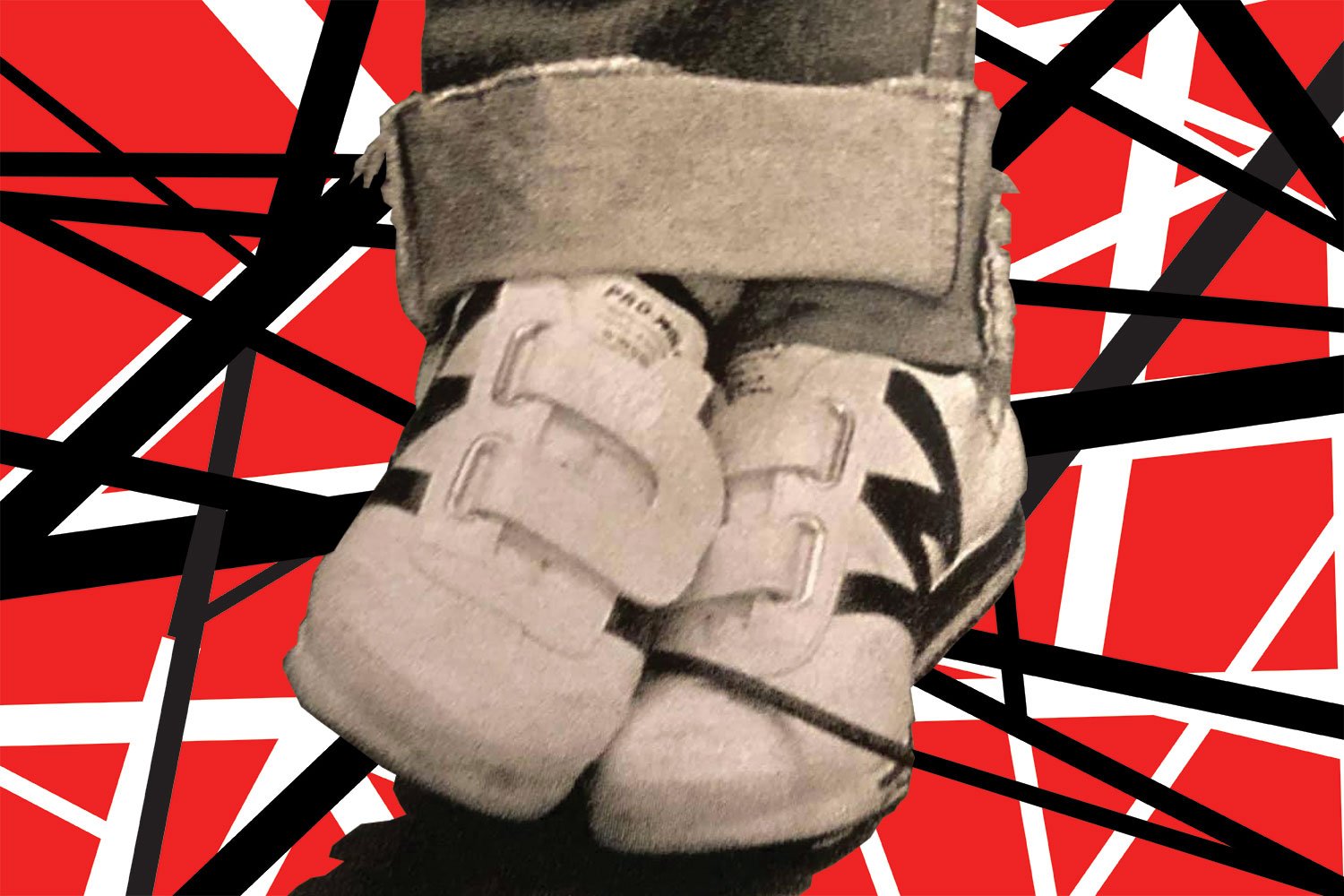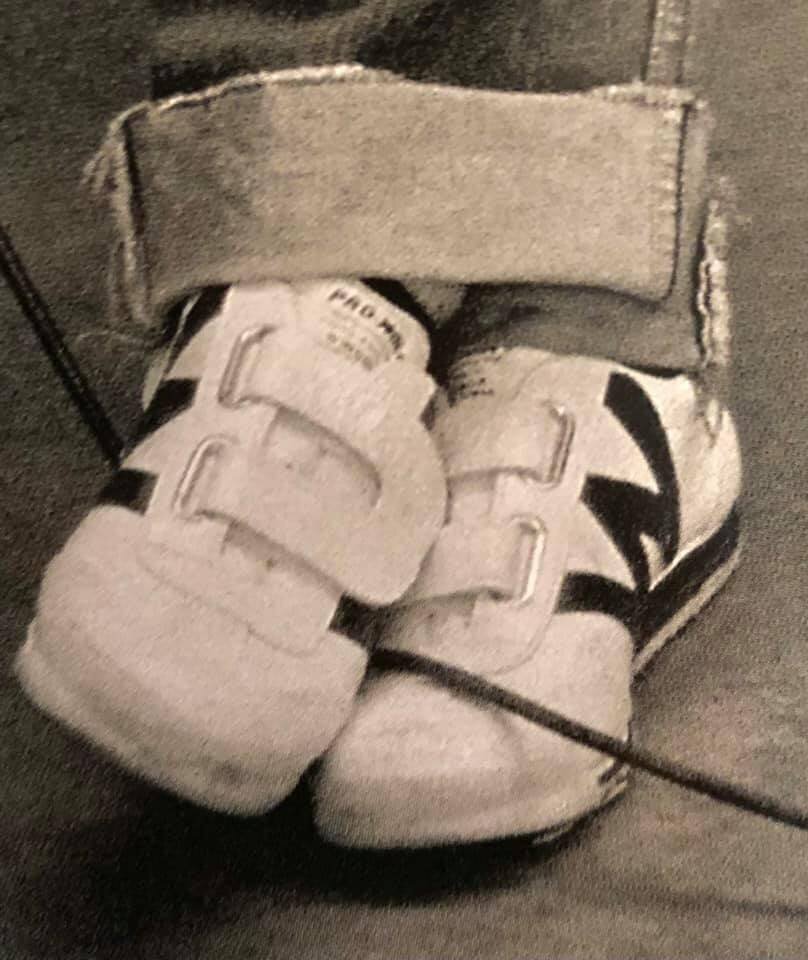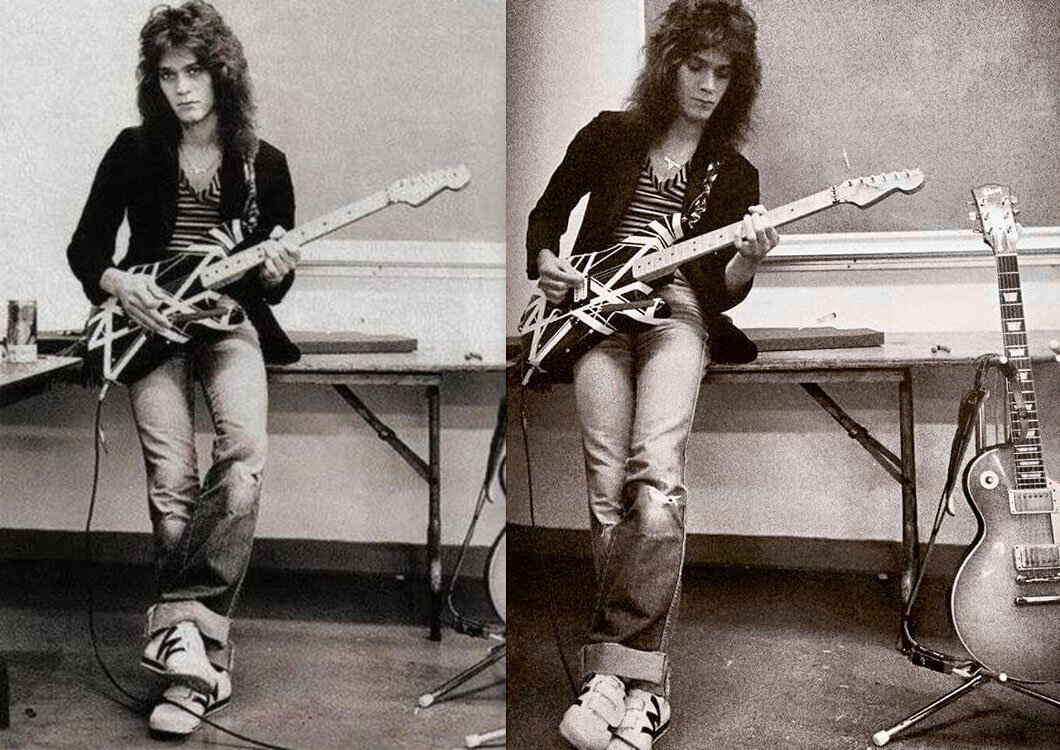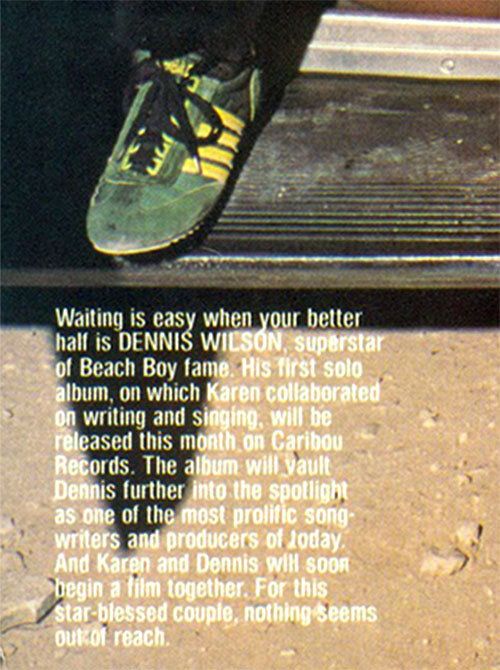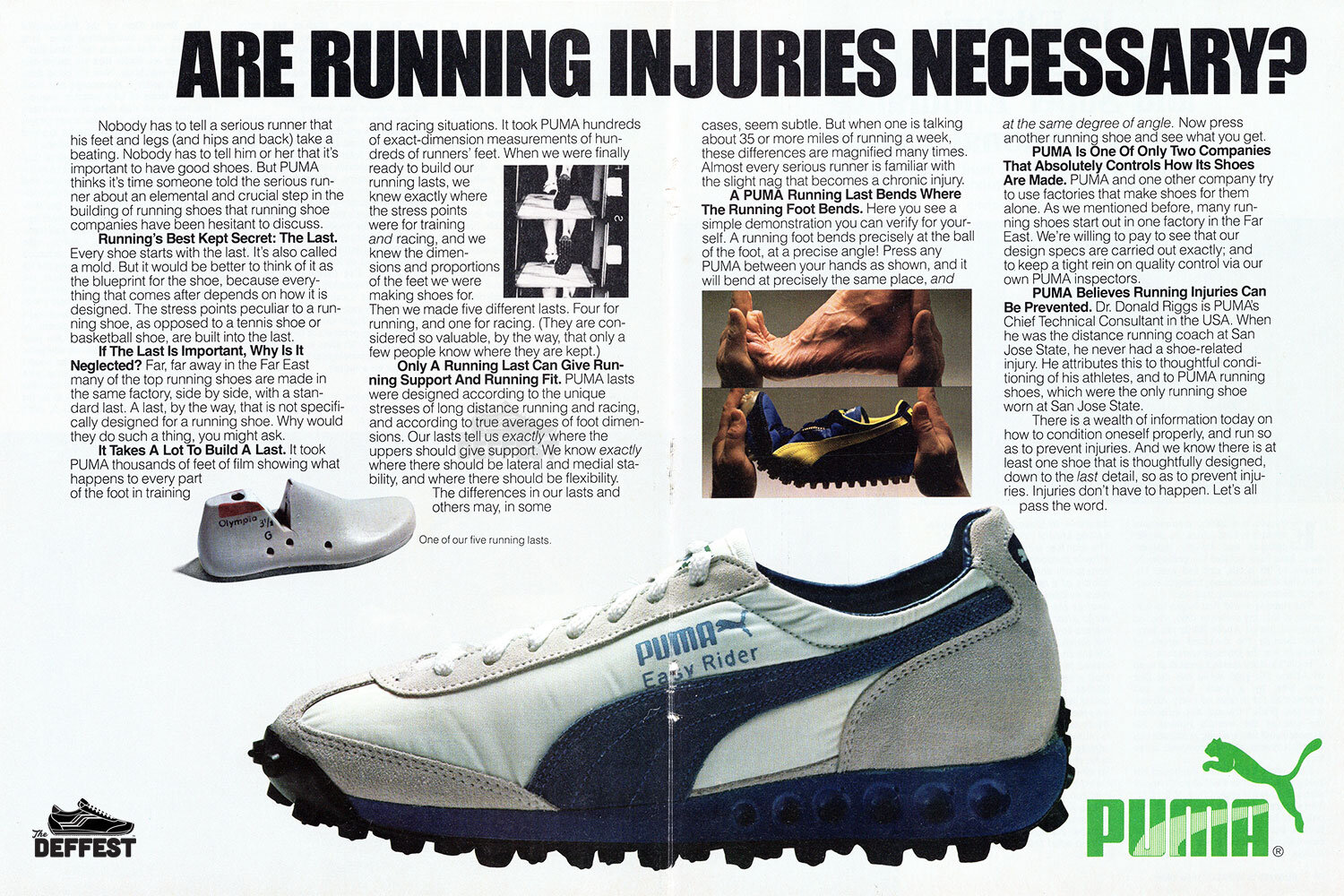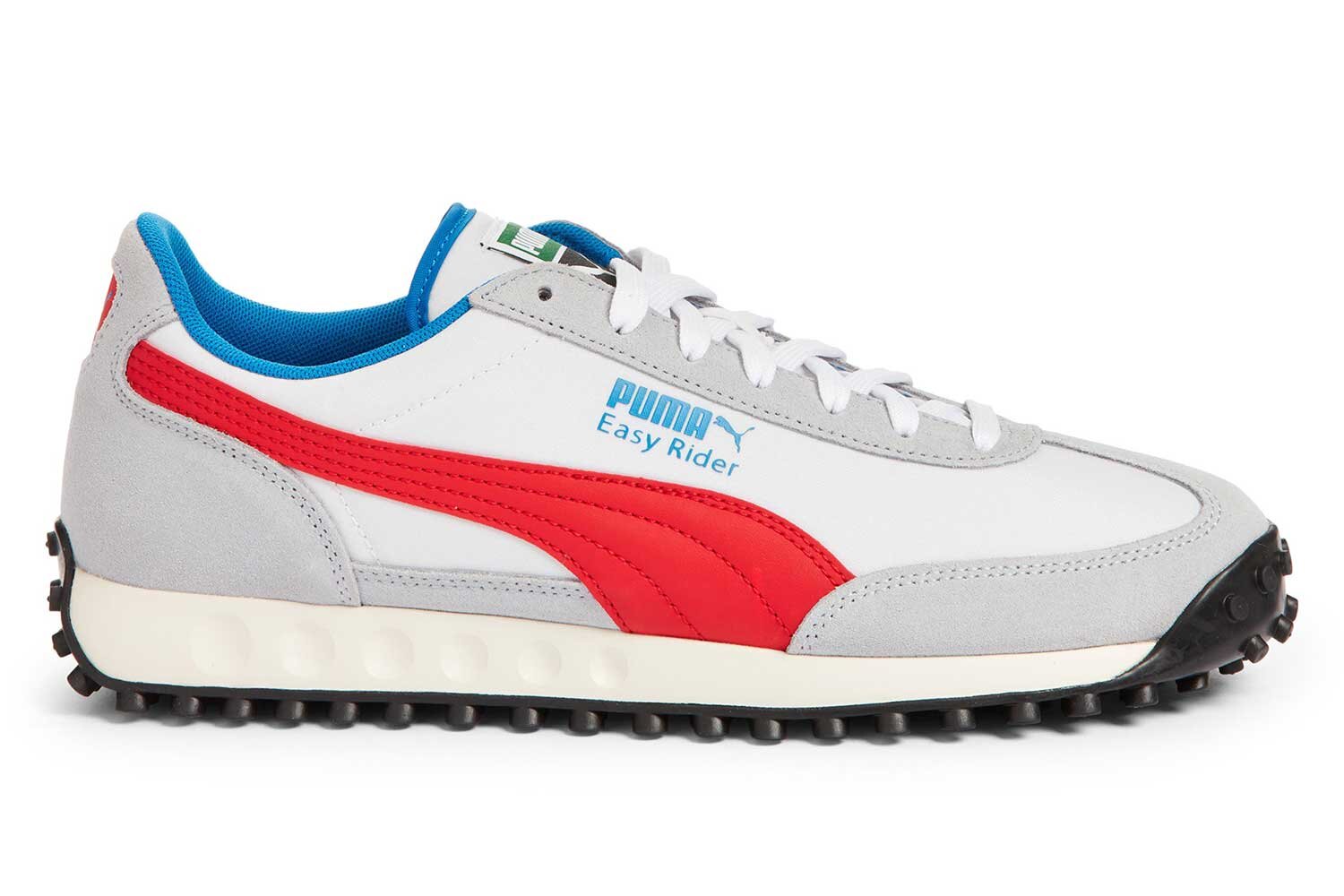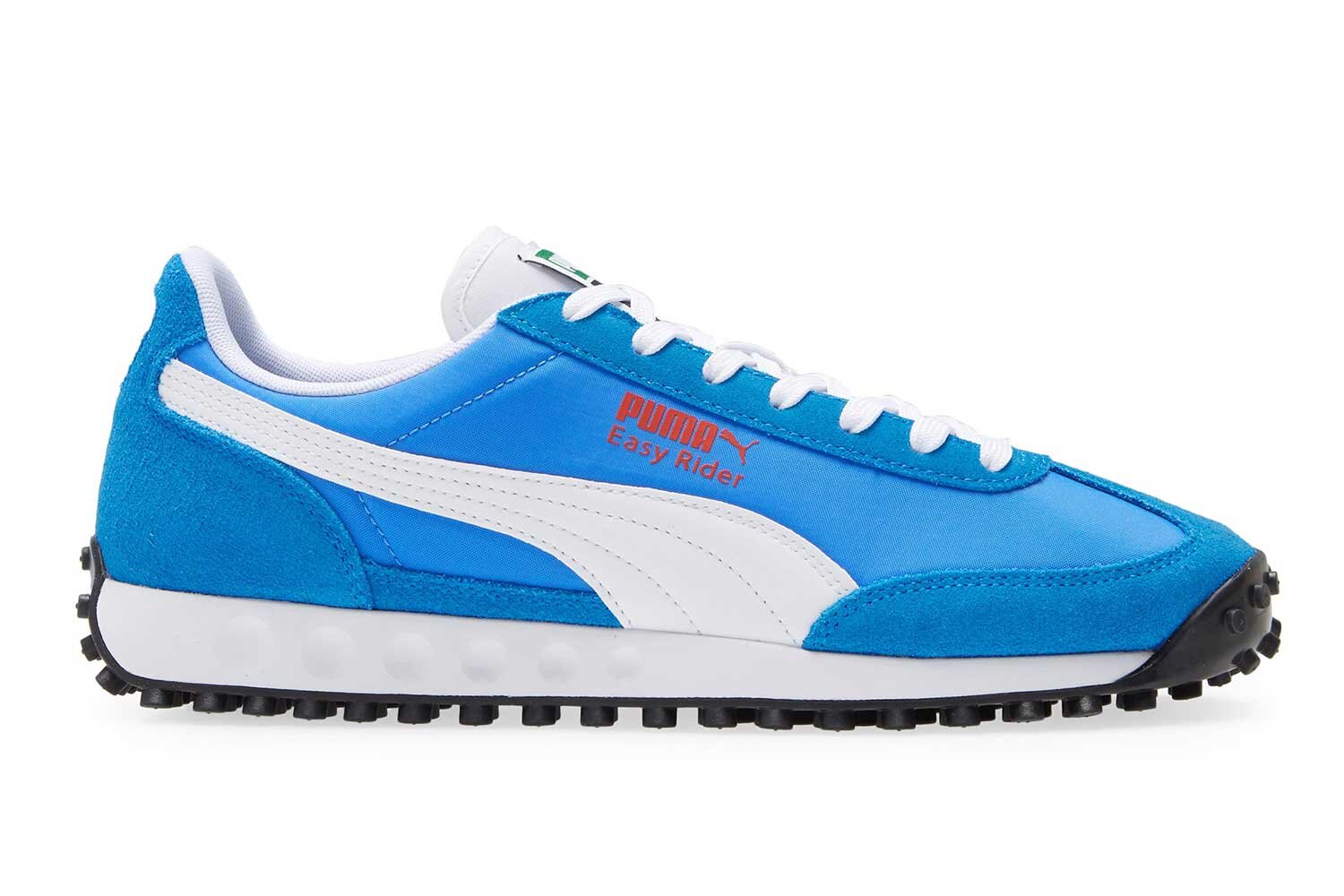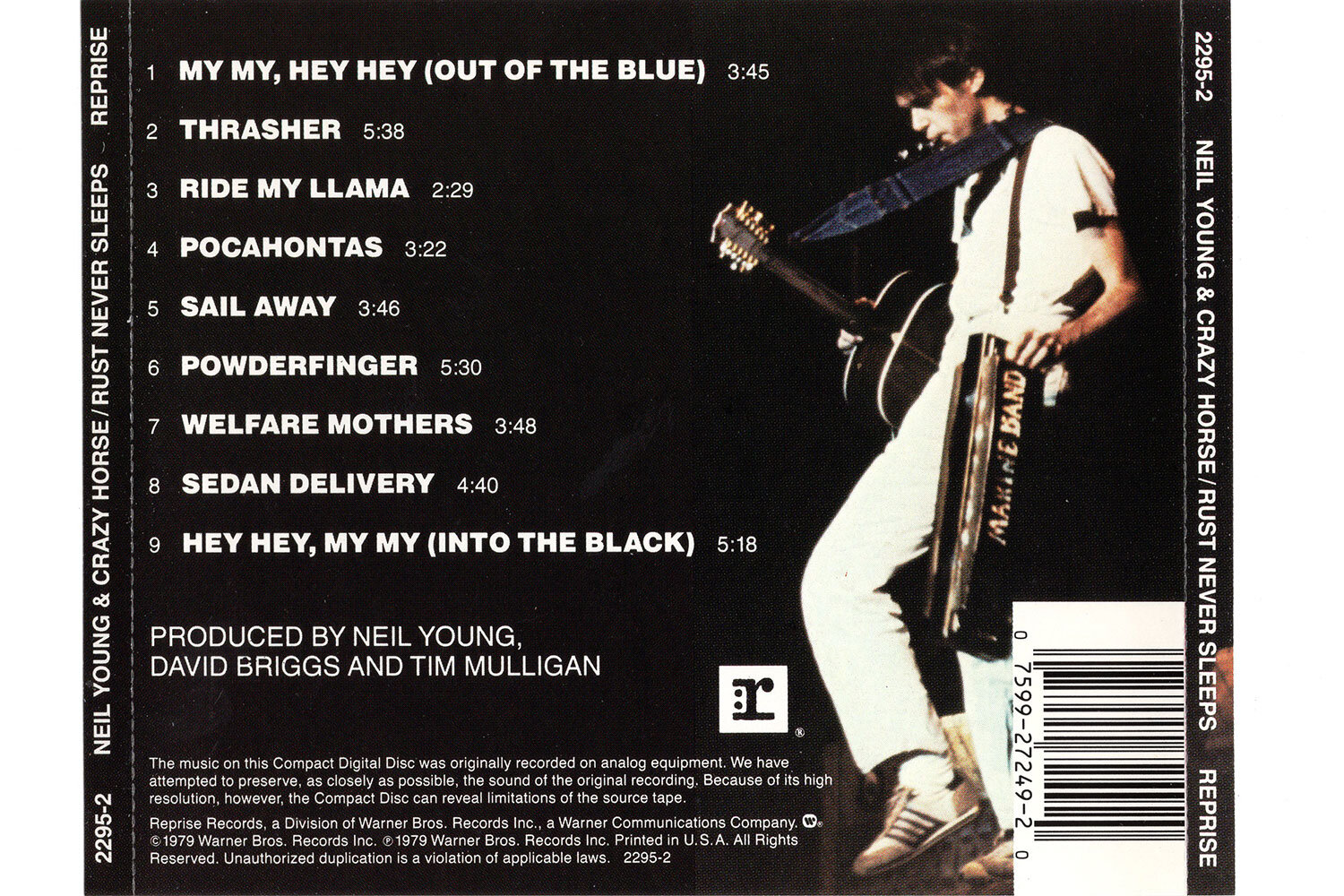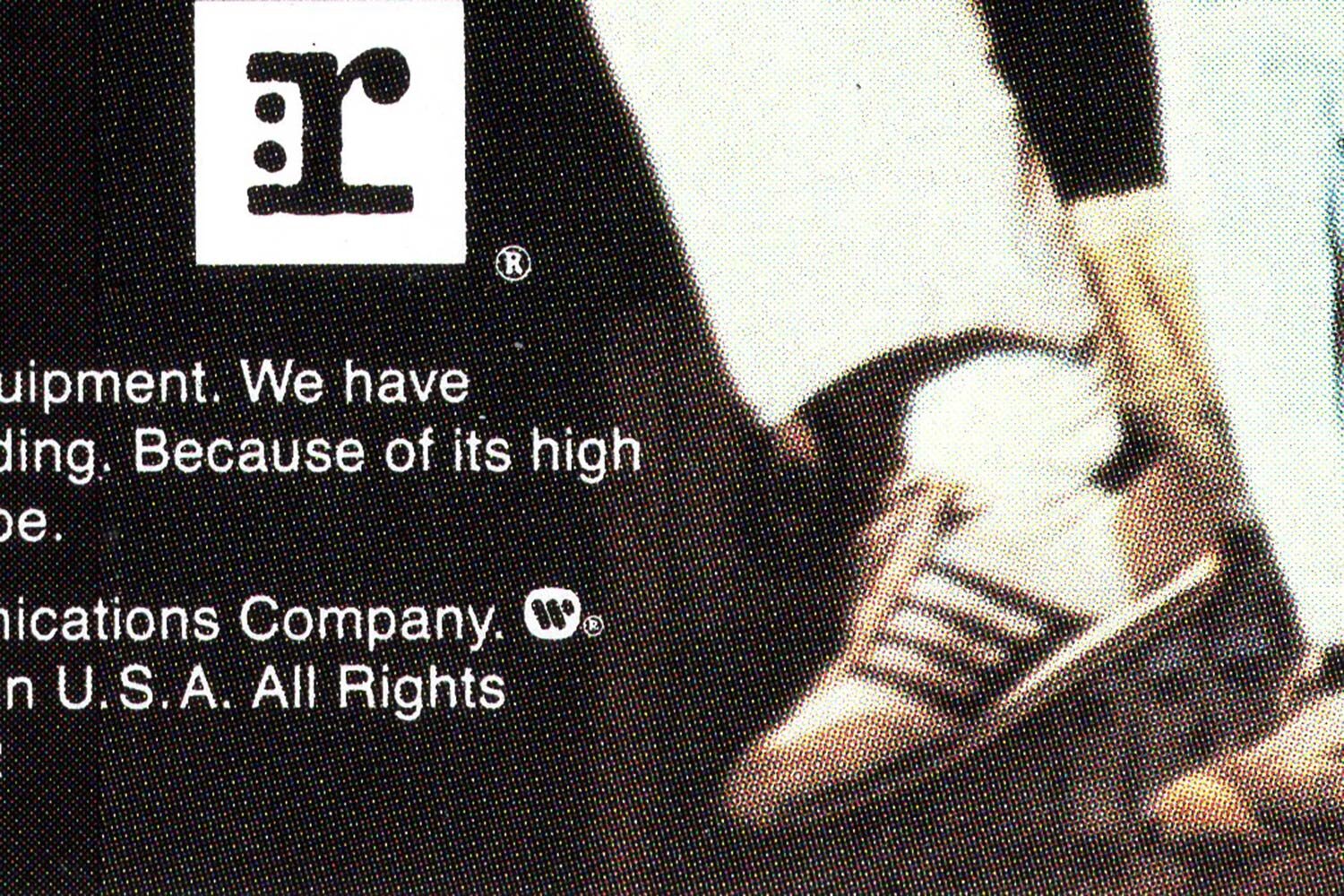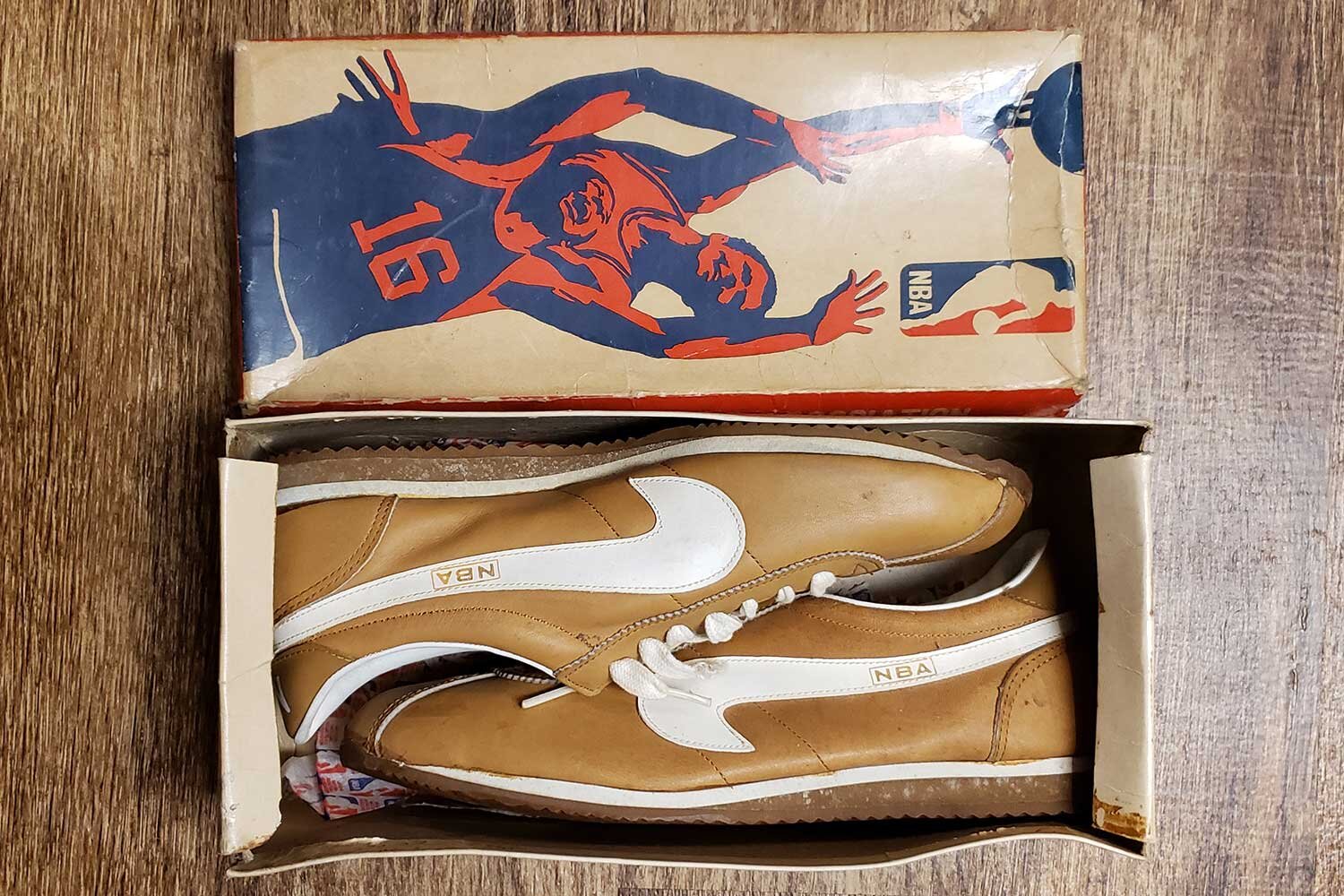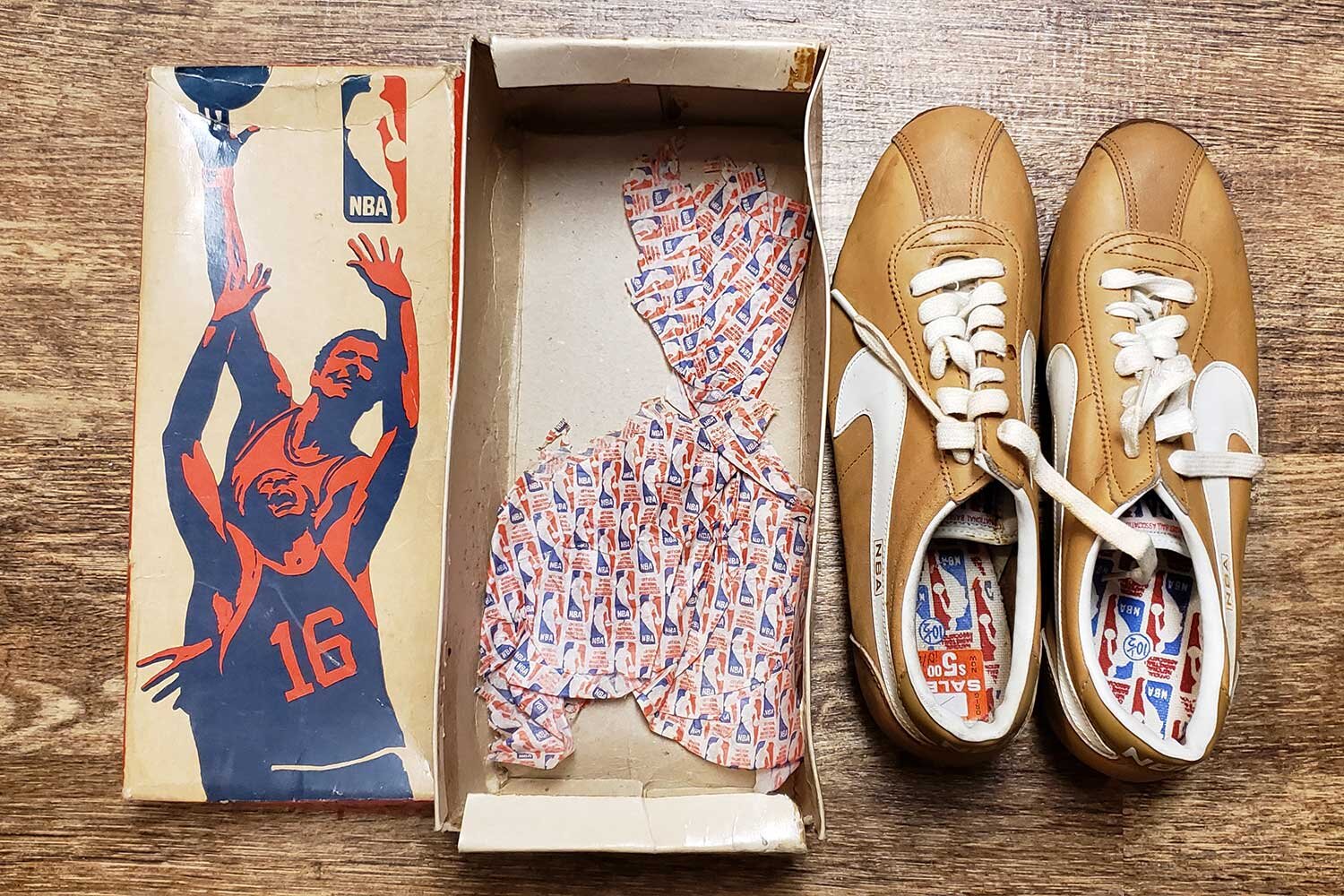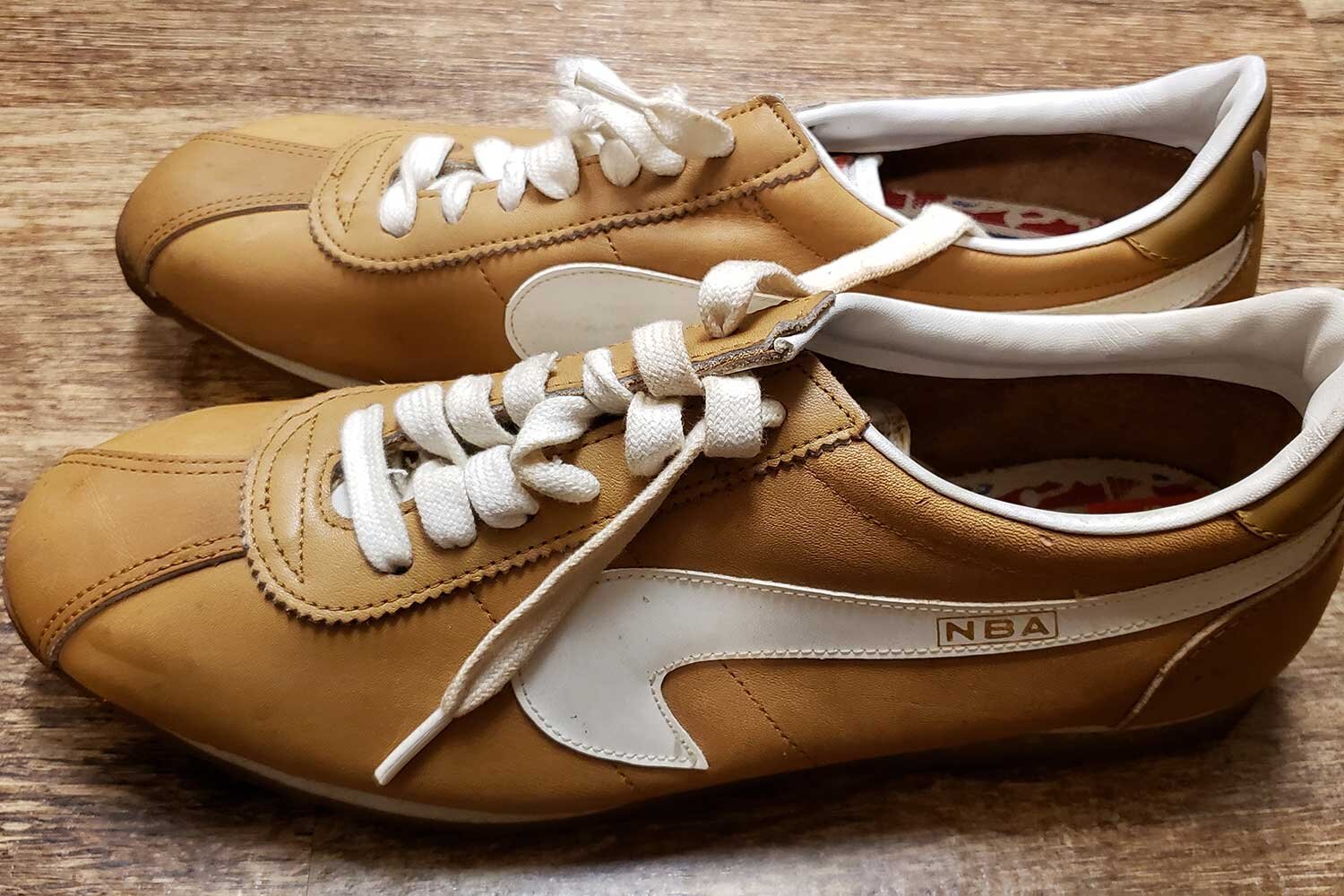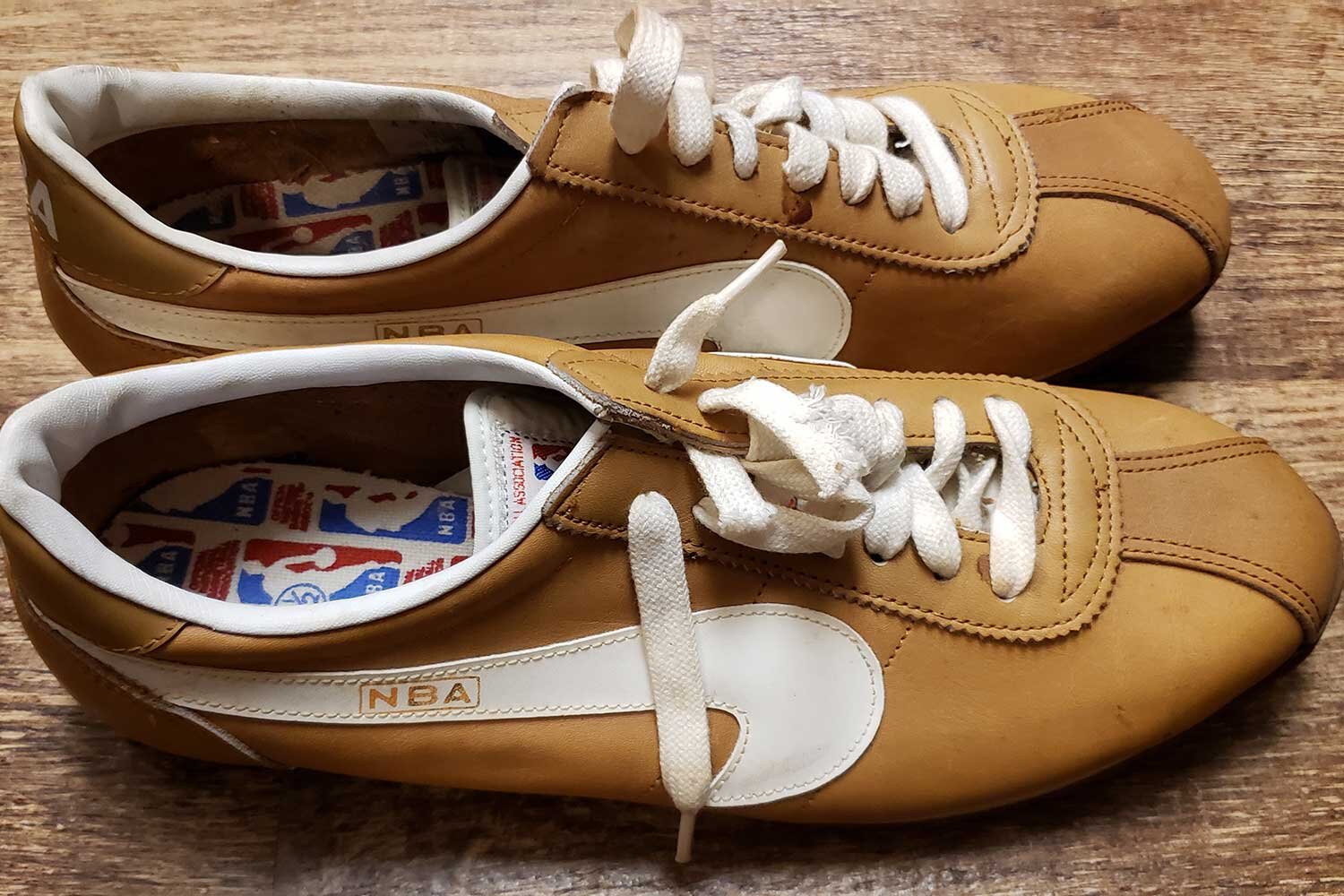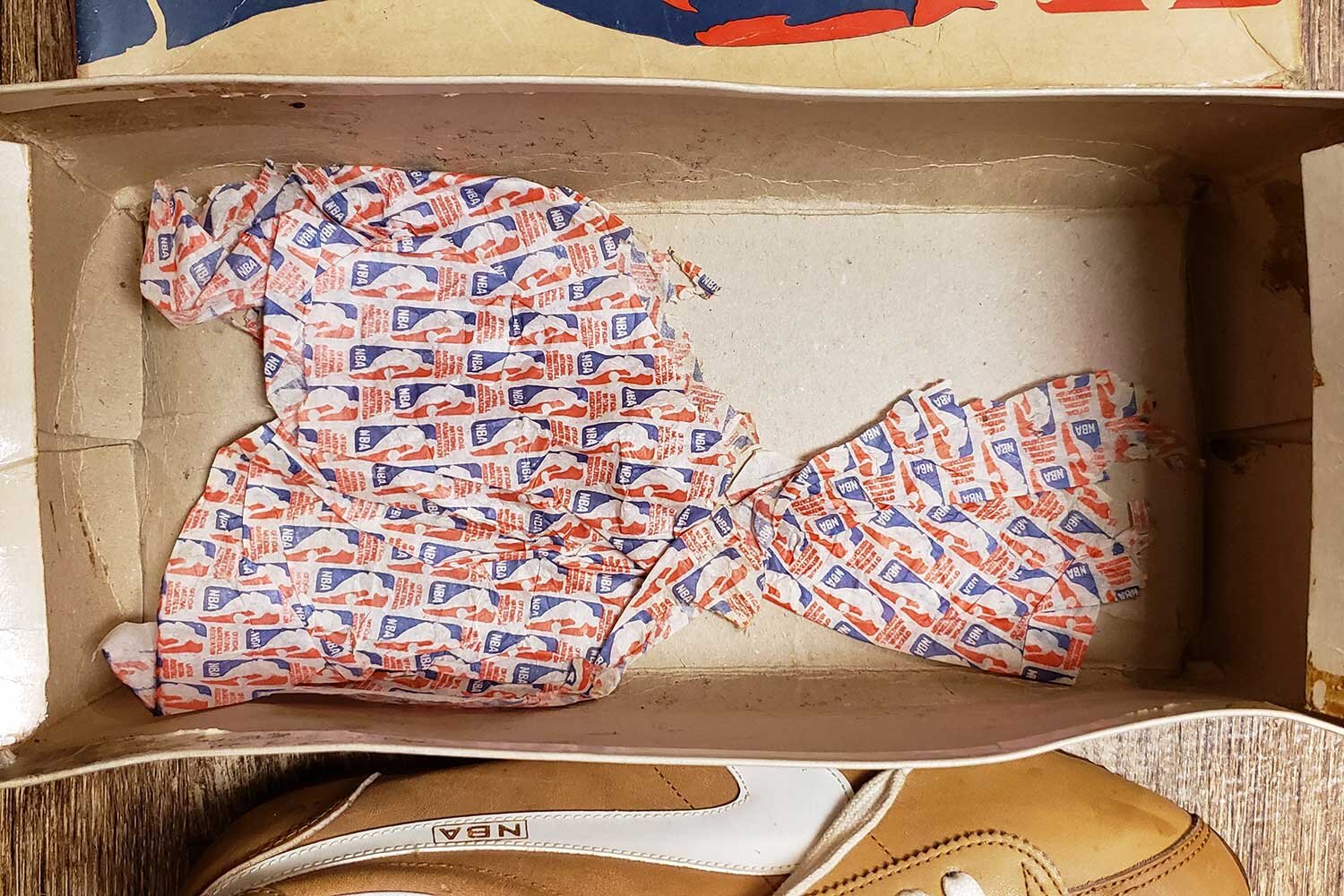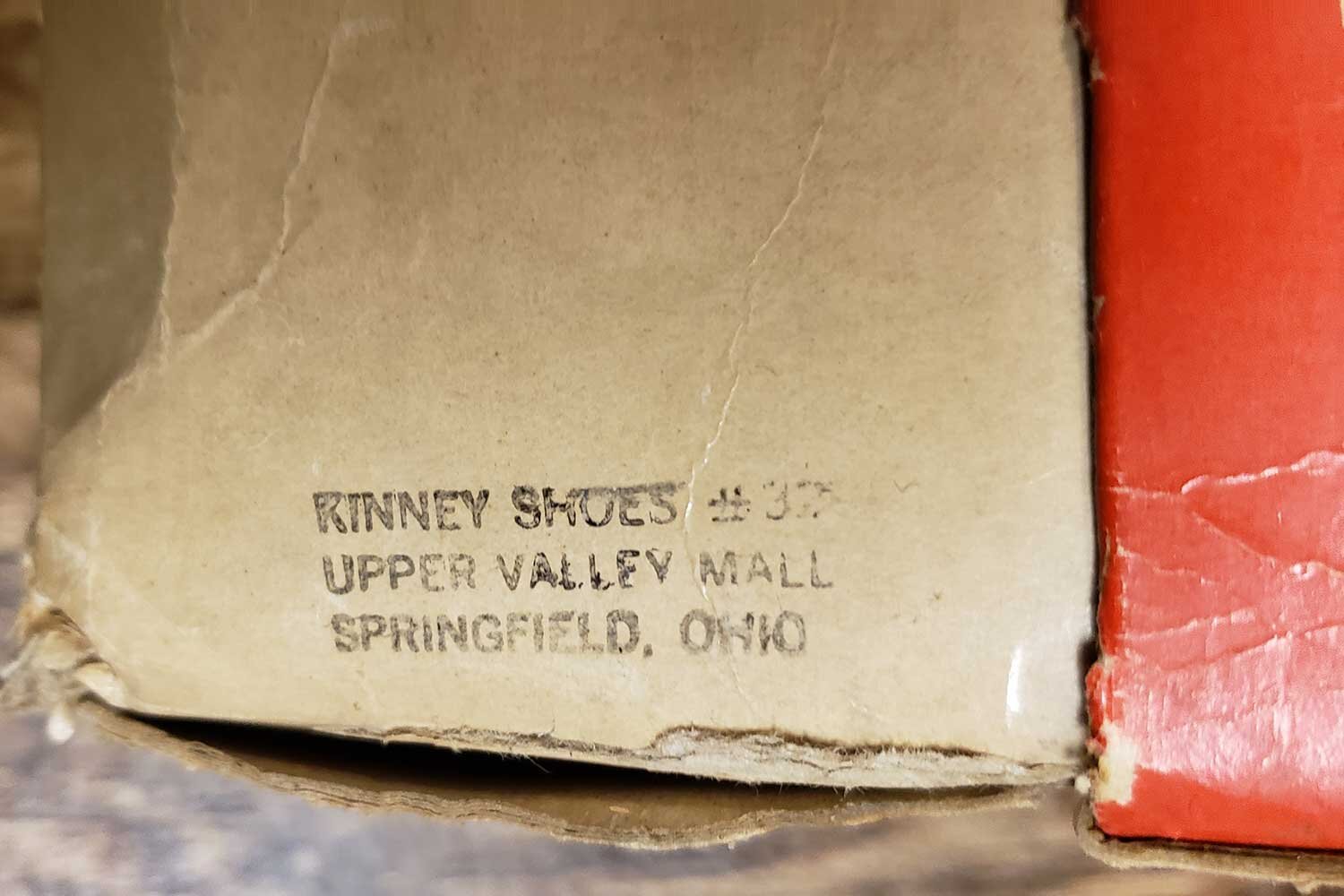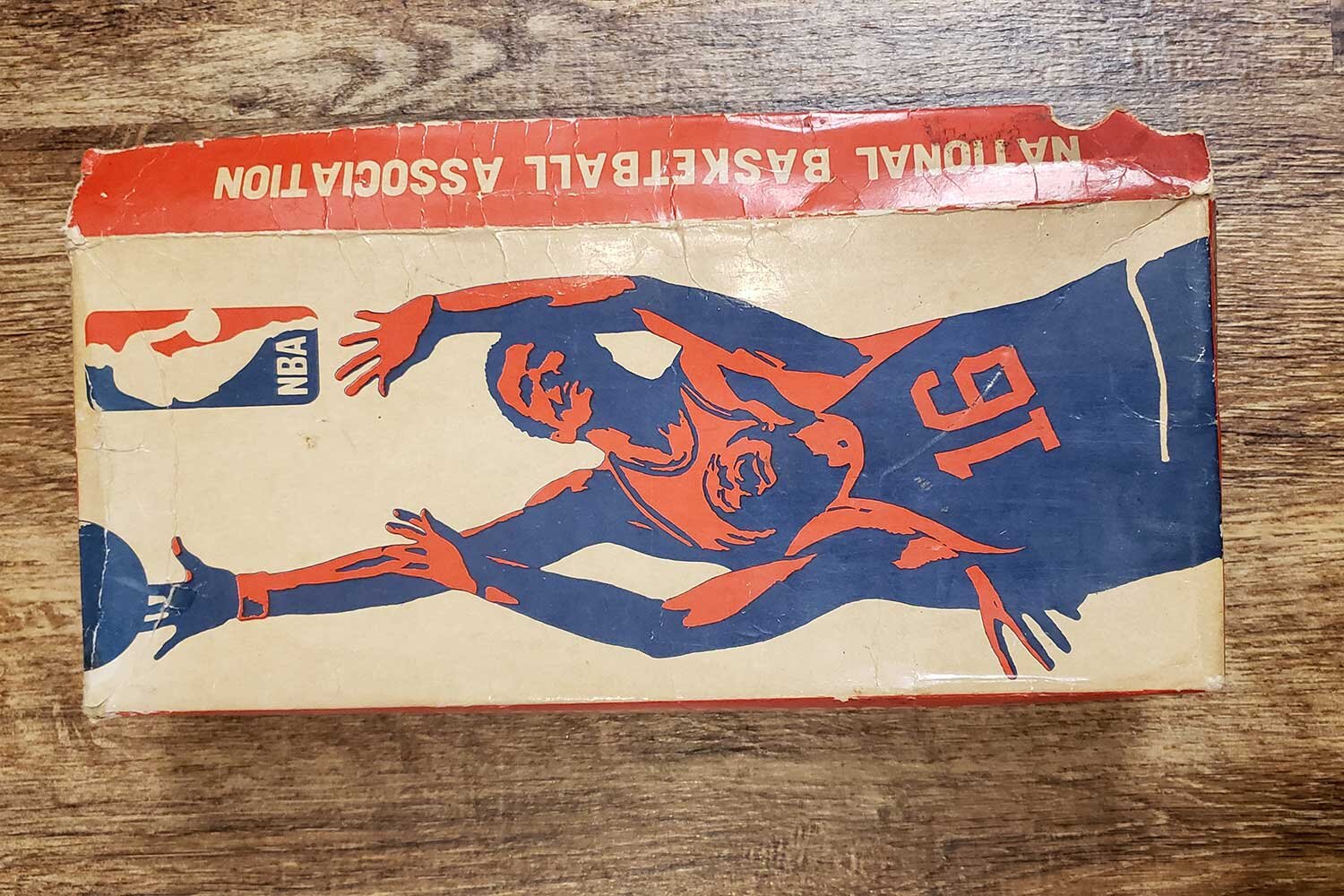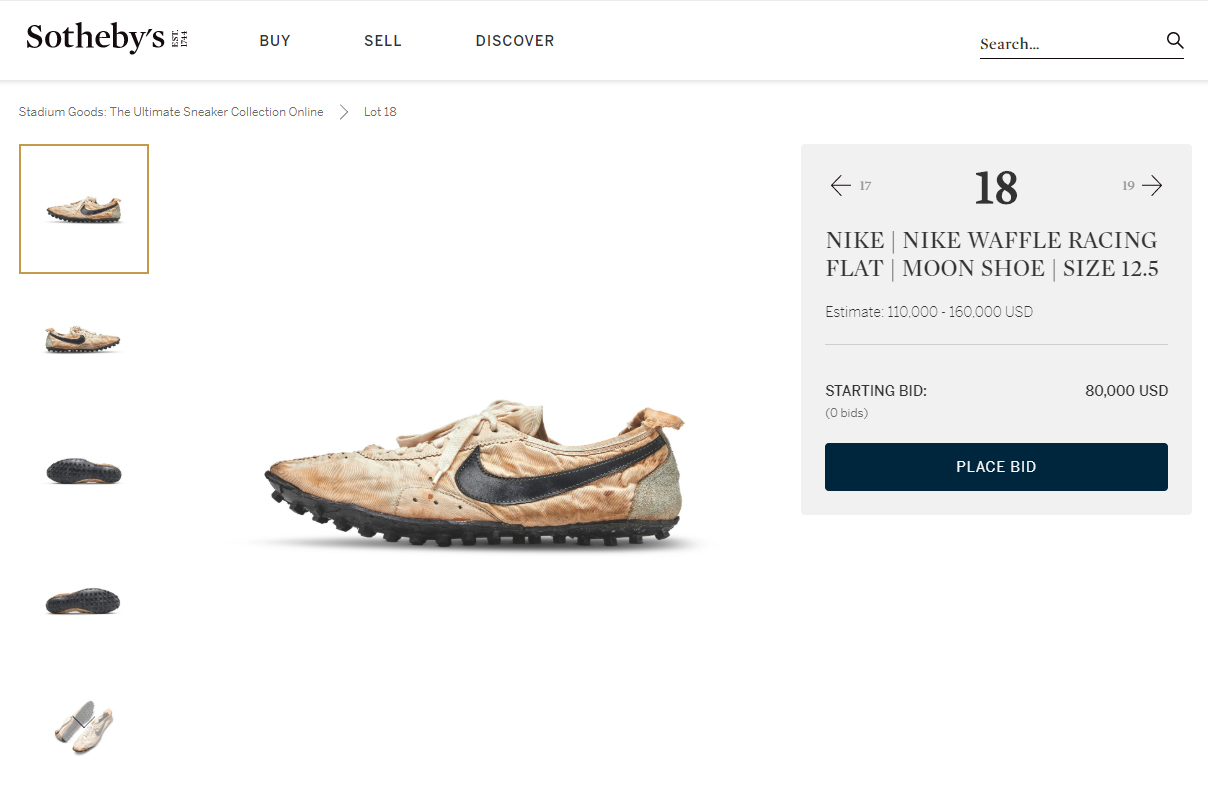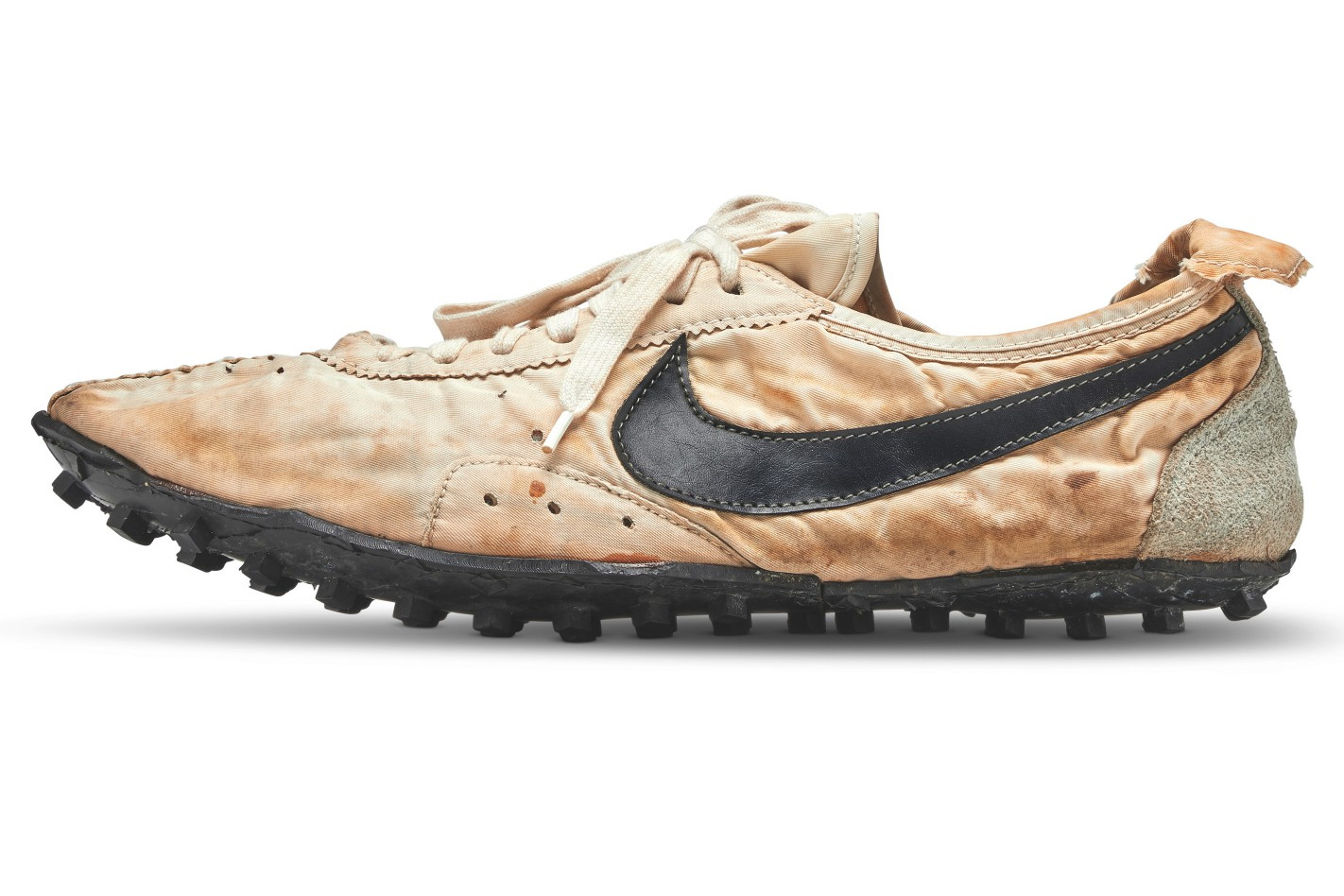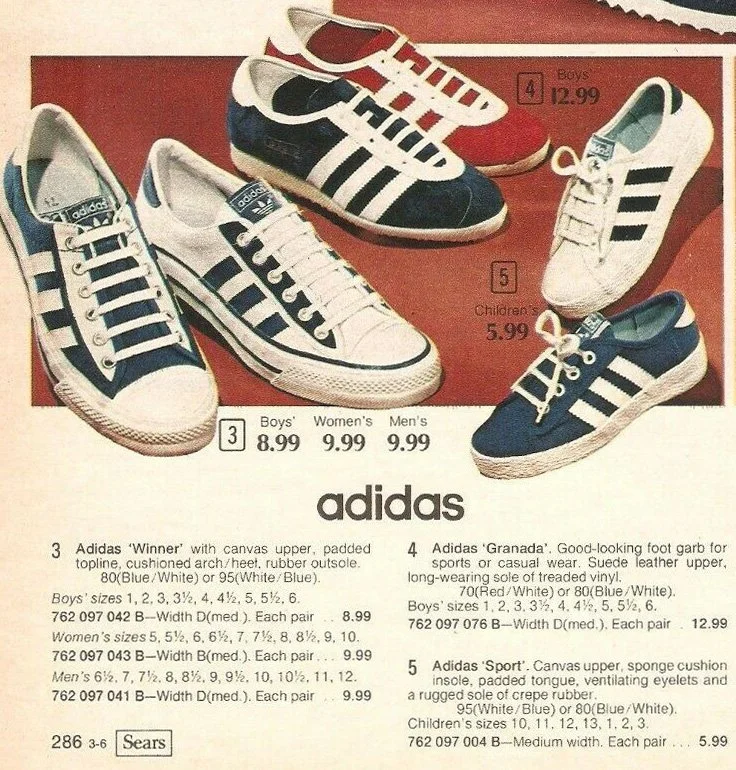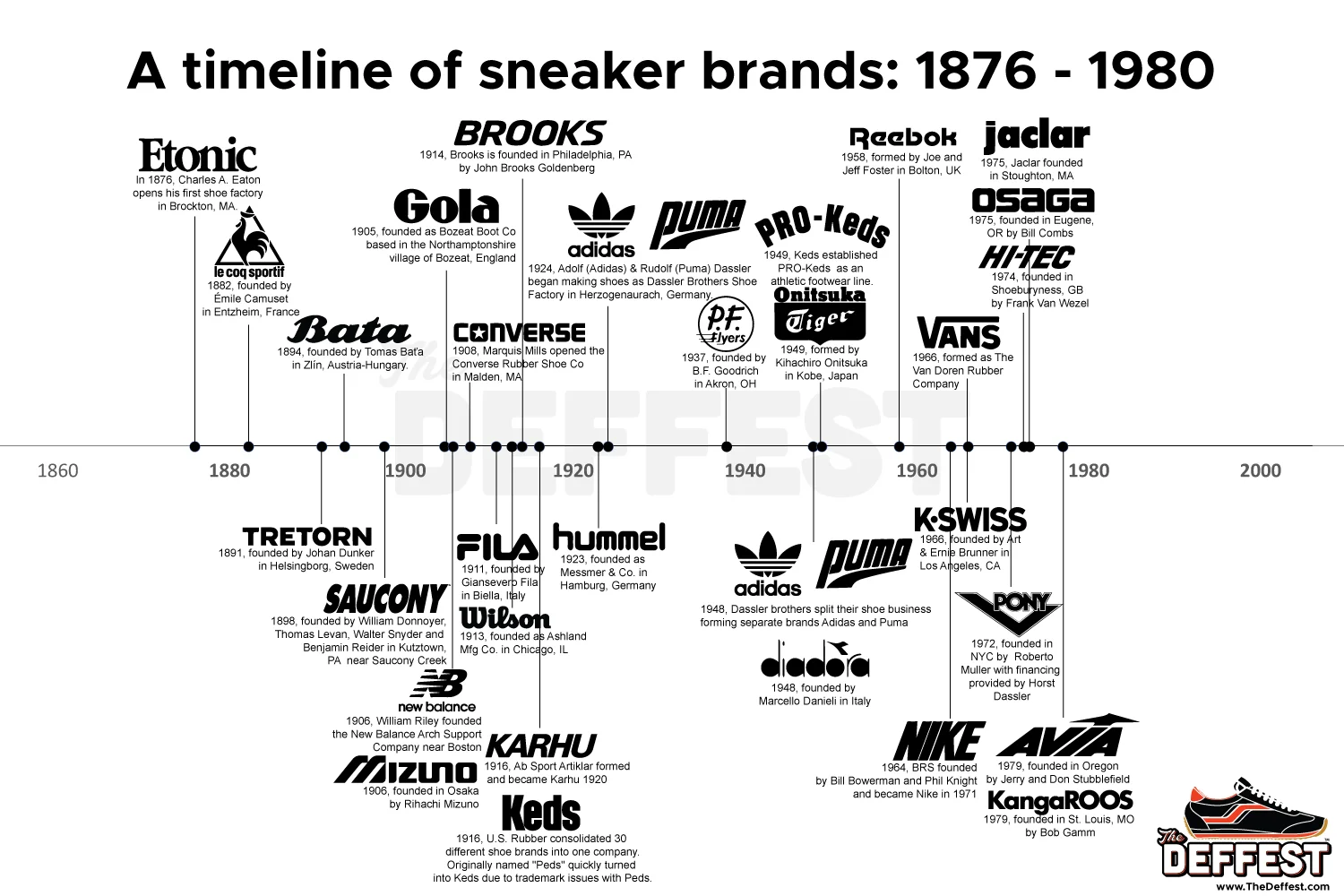Here's a graphic timeline of the founding dates for most of the major sneaker and running shoe brands. A couple of notes on this post.
1. A lot of the brands didn't start out immediately making athletic footwear until much later. In Etonic's case it took them until 1945 to start making golf shoes.
2. The line height levels were only to make enough real estate to fit all of the information since a lot of the dates were clustered closely together.
3. If you’re interested in vintage products for the brands in this list check out our vintage shop over at RewindRunning.com.
Here’s the list from oldest to newest…
1876
Etonic - In 1876, the man who inspired the Etonic name, Charles A. Eaton, opened his first shoe factory in Brockton, MA. To put in perspective how old this is… Rutherford B. Hayes won the election of 1876 taking over as President of the United States from Ulysses S. Grant.
1882
Le Coq Sportif - Founded by Émile Camuset in Entzheim, France.
1891
Tretorn - Founded by Johan Dunker in Helsingborg, Sweden.
1894
Bata - Founded by Tomáš Baťa in Zlín.
1898
Saucony - first factory was founded in 1898 at Kutztown, Pennsylvania, on the high banks of the Saucony Creek. The brand was founded by four partners named William Donnoyer, Thomas Levan, Walter Snyder and Benjamin Reider. More Saucony history at Wikipedia.
1905
Gola - founded on 22 May 1905. It used to be known as the Bozeat Boot Company, and was based in the Northamptonshire village of Bozeat, England.
For more info:
There’s a brief history on Gola at their site here.
Gola over at Wikipedia.
Here’s an interview with Gola VP of U.S. Operations Steven Weinreb from 2016 at Sourcing Journal.
1906
New Balance - In 1906, William J. Riley, British emigrant, founded the New Balance Arch Support Company in the Boston area, manufacturing arch supports and other accessories designed to improve shoe fit.
Mizuno - Founded by Rihachi Mizuno in Osaka.
1908
Converse - Marquis Mills Converse opened the Converse Rubber Shoe Company in February 1908 in Malden, MA. For more info there’s a pretty good history at The Idle Man and over at Heddels.
1911
Fila was founded by Giansevero Fila and his brothers in in Biella, Italy. More history at Fila’s website here.
1913
Wilson - Founded as Ashland Manufacturing Company in Chicago, IL.
1914
Brooks is founded in Philadelphia, Pennsylvania by John Brooks Goldenberg. Here’s another article at Funding Universe with a Brooks history up until around 1999.
1916
Karhu - founded as Ab Sport Artiklar formed and became Karhu in 1920.
1916
Keds - founded when U.S. Rubber consolidated 30 different shoe brands into one company. Originally named "Peds" it quickly turned into Keds due to trademark issues with the name Peds. More info at Popsugar.
1923
Hummel - Founded as Messmer & Company in Hamburg, Germany.
1924
Adidas and Puma - formed by Adolf Dassler in his mother's house; he was joined by his elder brother Rudolf in 1924 under the name Dassler Brothers Shoe Factory.
1937
P.F. Flyers - Founded by B.F. Goodrich in Akron, Ohio.
1948
Adidas and Puma - After some family acrimony the Dassler brothers split in 1948, forming separate brands Adidas and Puma.
Diadora - founded by Marcello Danieli, in Italy. More info at Diadora’s website here.
1949
Onitsuka Tiger - founded by 32-year-old former military officer Kihachiro Onitsuka in Kobe, Japan. Onitsuka Tiger eventually became ASICS in 1977. Here’s a pretty good history over at Barkers too.
Pro-Keds - Founded in 1949 by Keds as their athletic footwear line.. Sneaker Freaker has a great write up on Pro-Keds history here.
1958
Reebok - formed by Joe and Jeff Foster in Bolton, UK as a companion company to J.W. Foster and Sons. Here’s an excellent history over at Grailed. And another history over at RetailDive.
1964
Nike - BRS Blue Ribbon Sports (Nike) founded on January 25, 1964 by Bill Bowerman and Phil Knight, and officially became Nike, Inc. on May 30, 1971.
1966
Vans - March 16, 1966; Van formed as The Van Doren Rubber Company and was founded by Paul Van Doren, Serge D’Elia and Gordy Lee.
K-Swiss - Founded by Art & Ernie Brunner in Los Angeles, CA.
1972
PONY - founded in NYC by Roberto Muller with financing provided by Horst Dassler, the son of Adolf "Adi" Dassler who founded Adidas. A cliff notes version of PONY’s history is over here at Wikipedia.
1974
Hi-Tec - founded by Frank Van Wezel in Shoeburyness, England. More info at Wikipedia.
1975
Osaga - founded in Eugene, OR by Bill Combs.
Jaclar - founded in 1975 in Stoughton, MA.
1979
Avia - founded in Oregon by Jerry Stubblefield.
KangaROOS - Founded by Bob Gamm in St. Louis, MO.
